Master portrait techniques from graphite to digital, creating expressive, professional artworks across various media styles
Discover the art of portraiture with a specialization that seamlessly blends traditional and digital techniques. This program guides artists through a comprehensive journey, starting with foundational pencil methods and progressing to contemporary digital integration. Develop a versatile skill set that spans traditional and modern approaches, culminating in a professional portfolio demonstrating mastery across multiple mediums and styles. The sequence includes courses such as Self-Portrait in Graphite and Pastel, Graphite Drawing Techniques, Mixed Media Portraiture, Portrait Illustration with Analog and Digital Techniques, and Hand-drawn Typographic Portrait.
Each course offers unique insights into different aspects of portrait creation. Begin by mastering the planes technique to understand facial structure, then explore light and form with graphite and pastel. Expand your technical repertoire with mixed media to capture emotions, and delve into the conceptual integration of text and image through typographic portraiture. Finally, bridge traditional and digital approaches to create contemporary illustrated portraits. Guided by professionals like Gustavo Ramos, Dan Thompson, Daniel Segrove, Amy Pearson, and Sarah King, you'll gain the skills to create a cohesive portfolio that reflects your artistic vision and technical prowess.
What will you learn in this specialization?

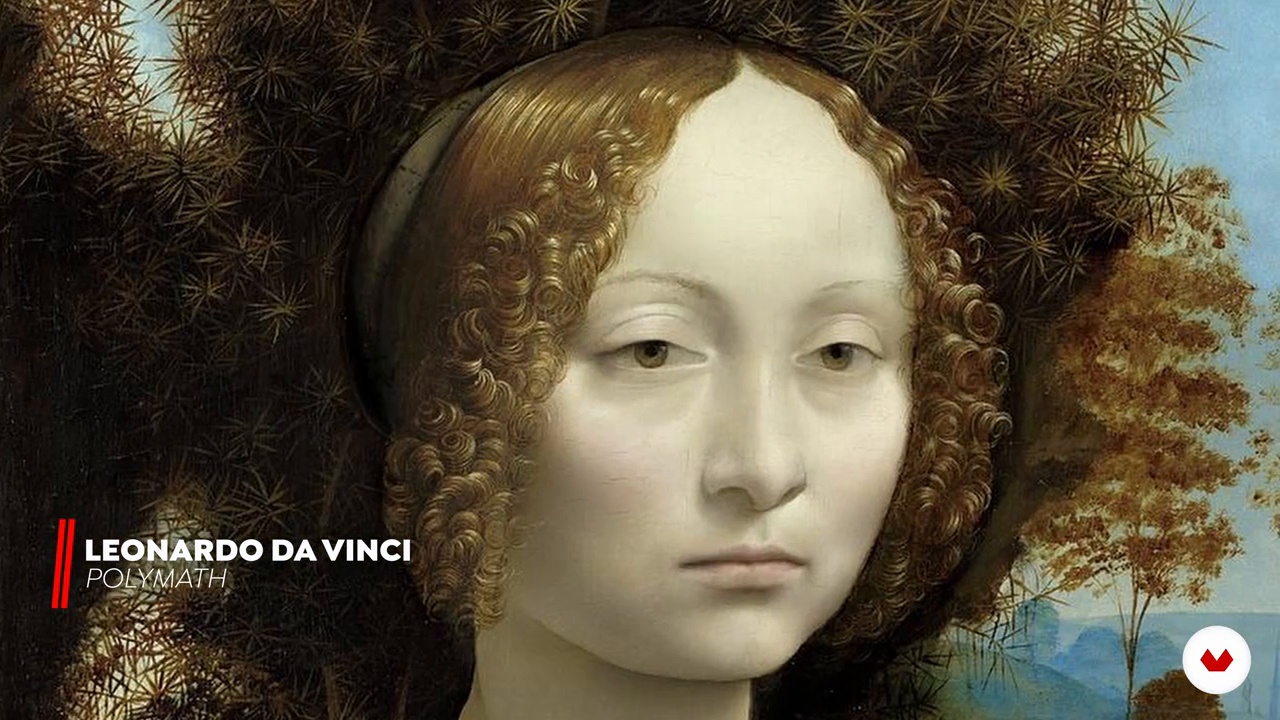
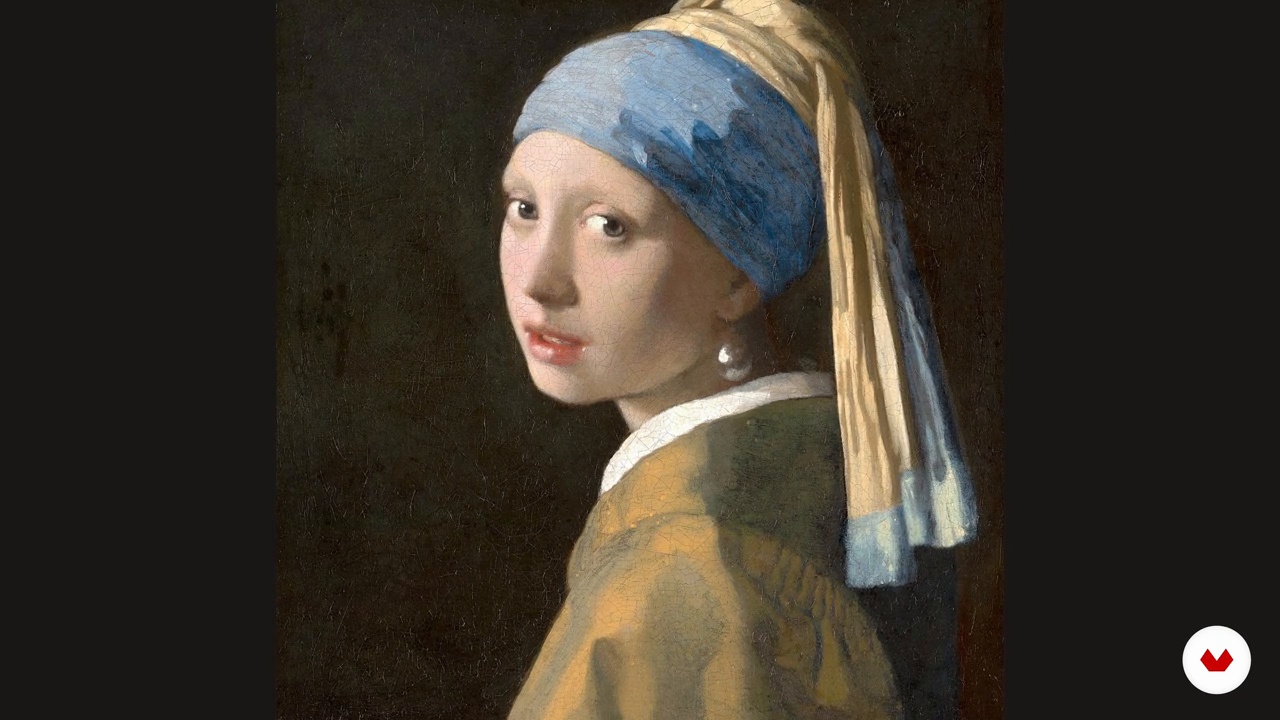
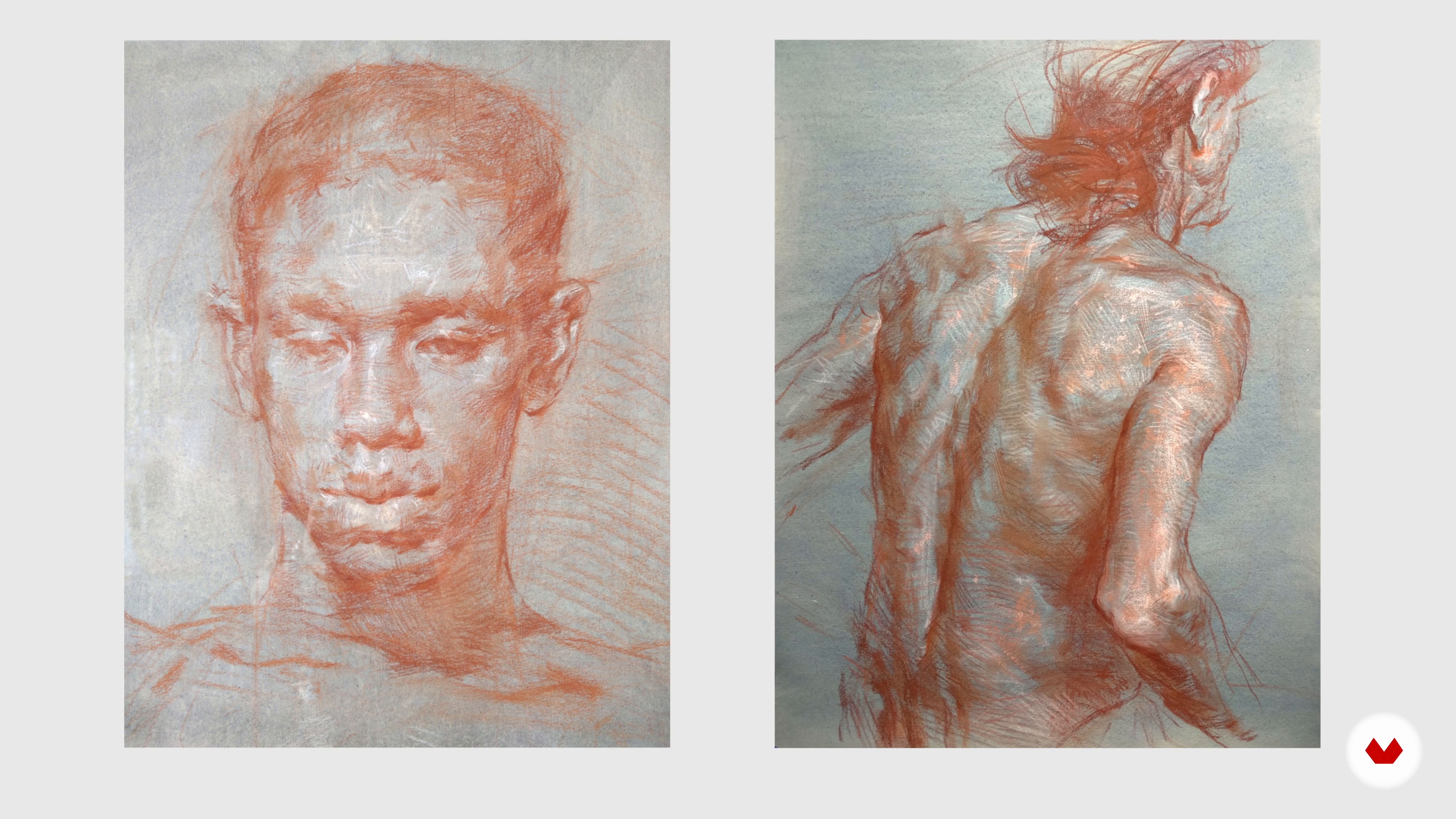
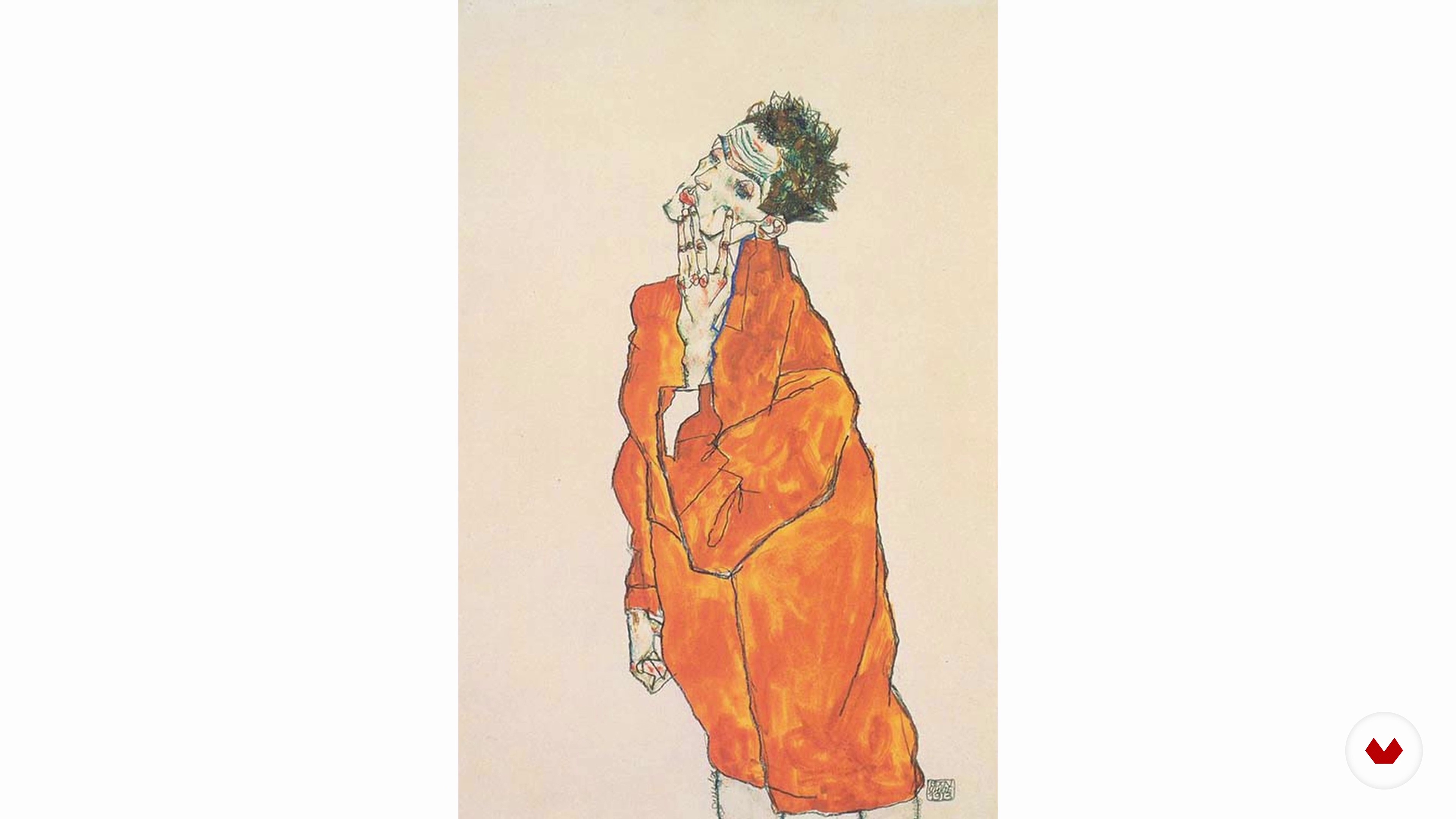
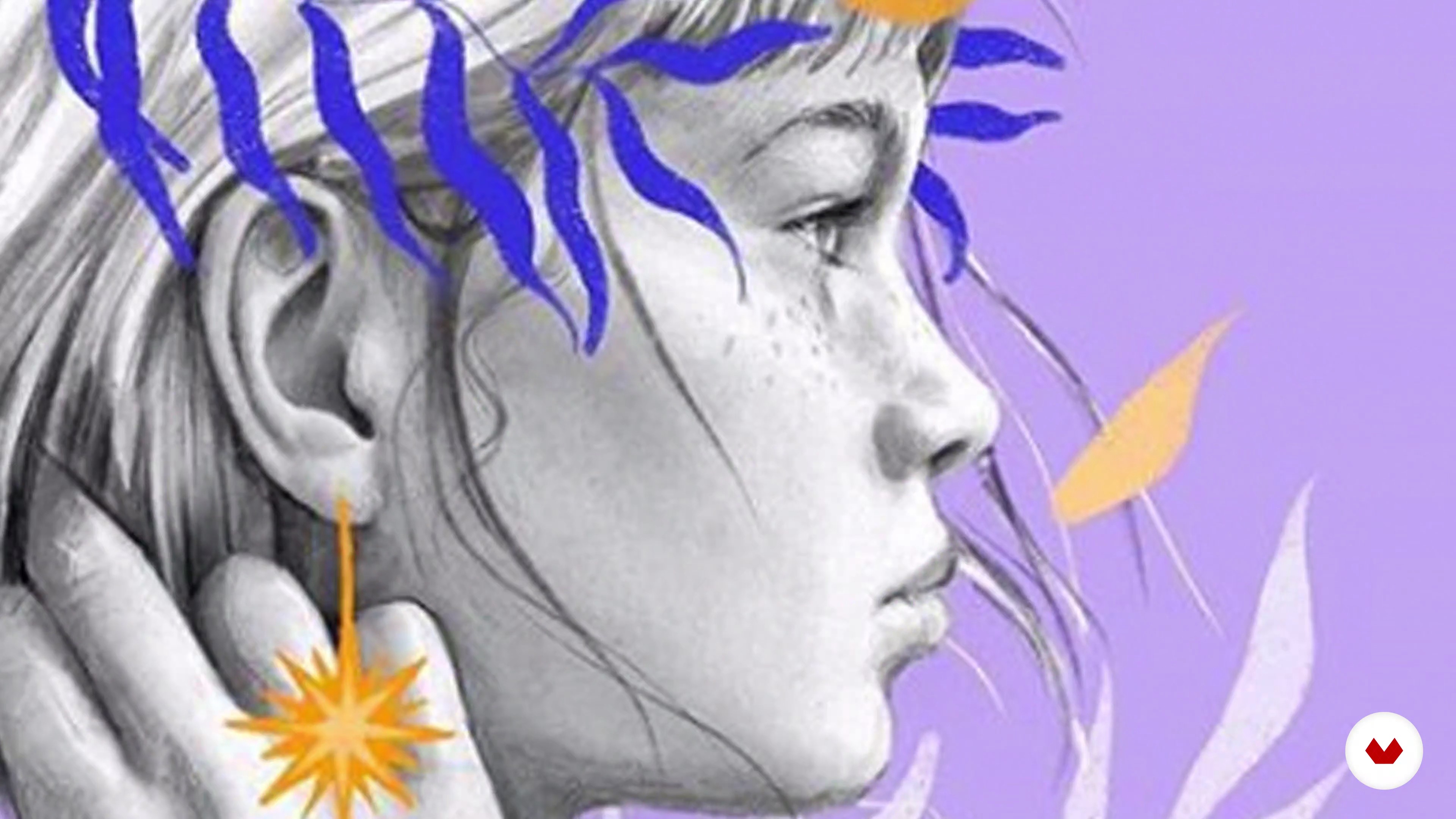
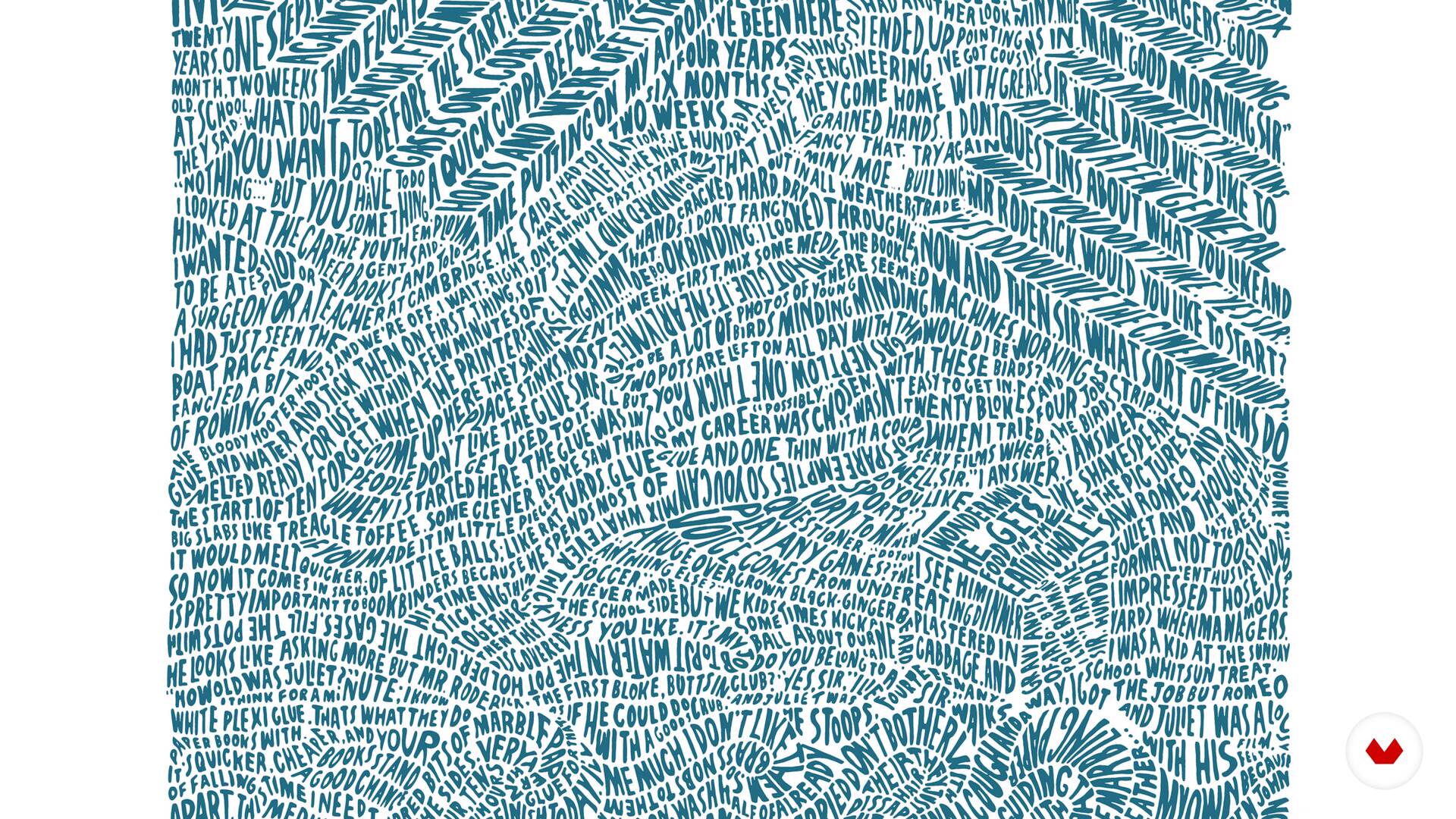

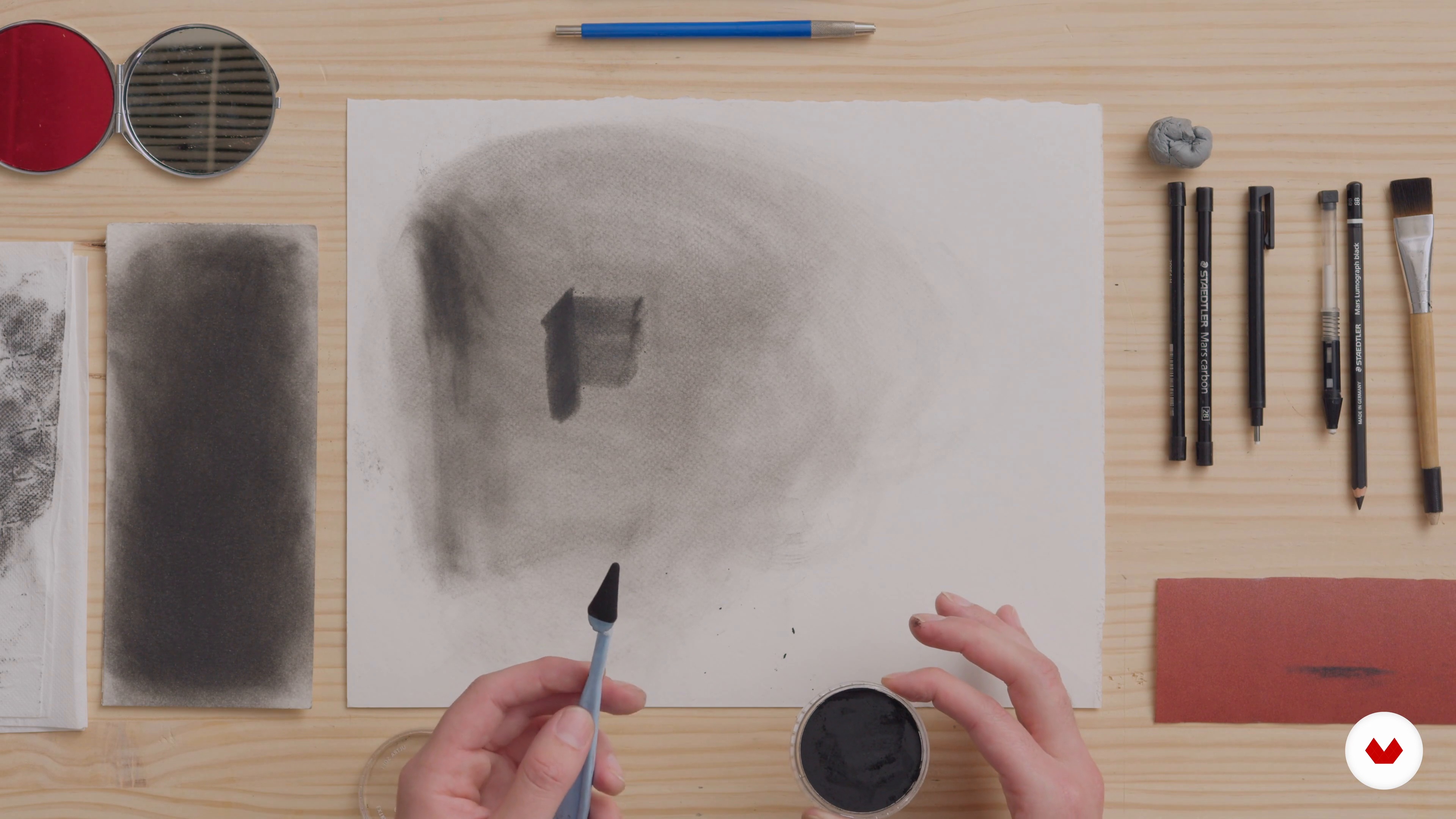
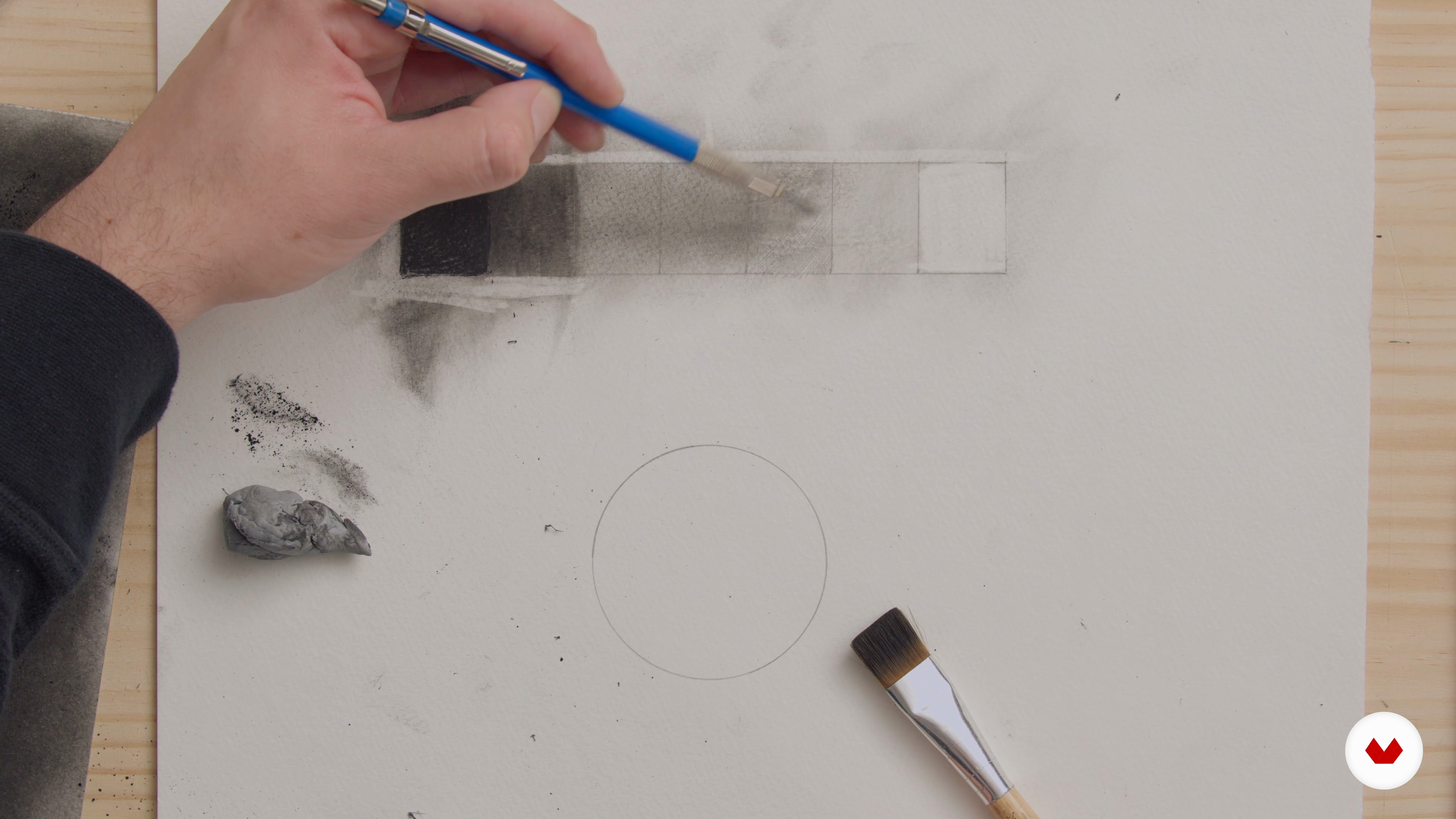
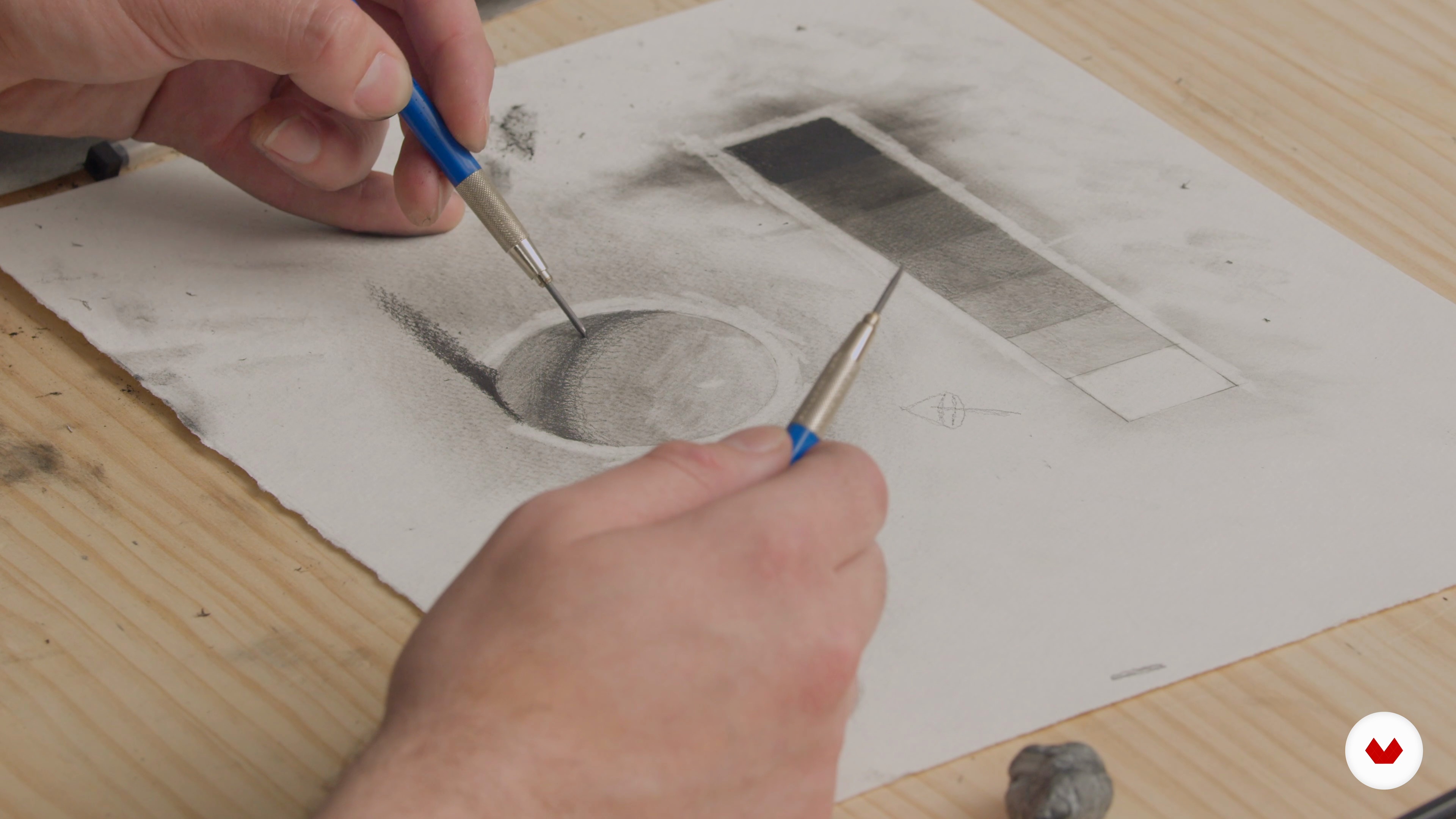
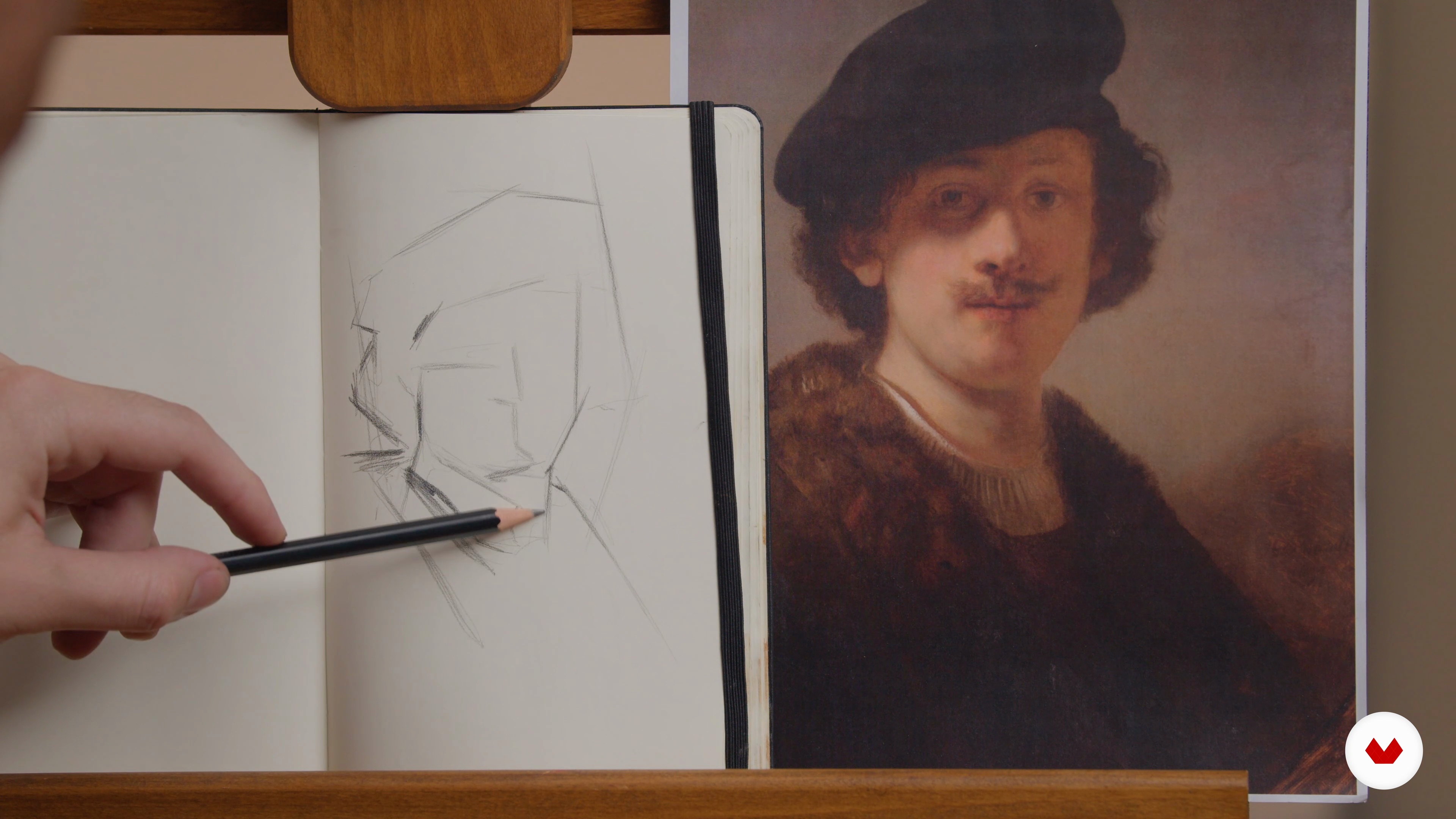
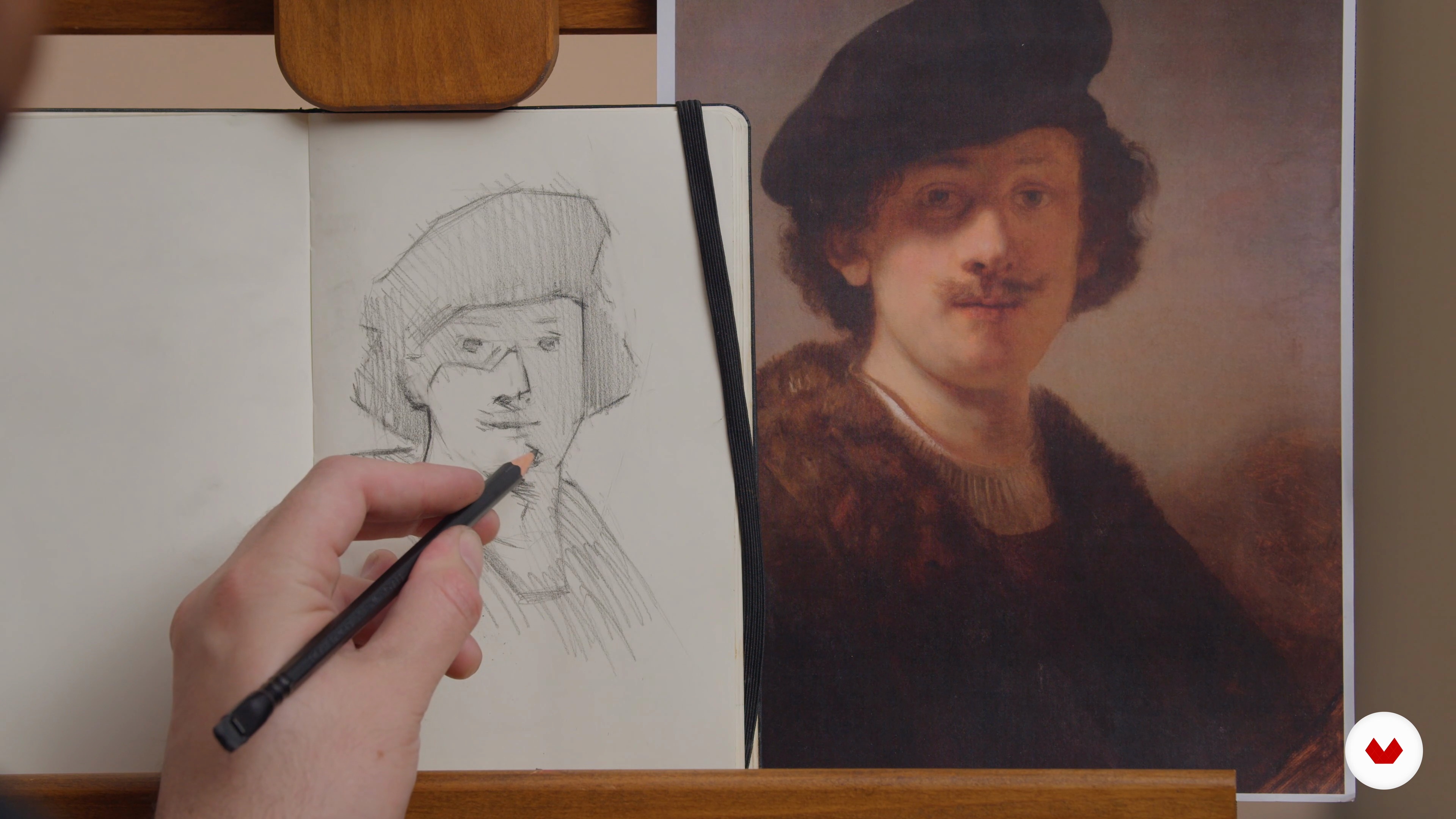
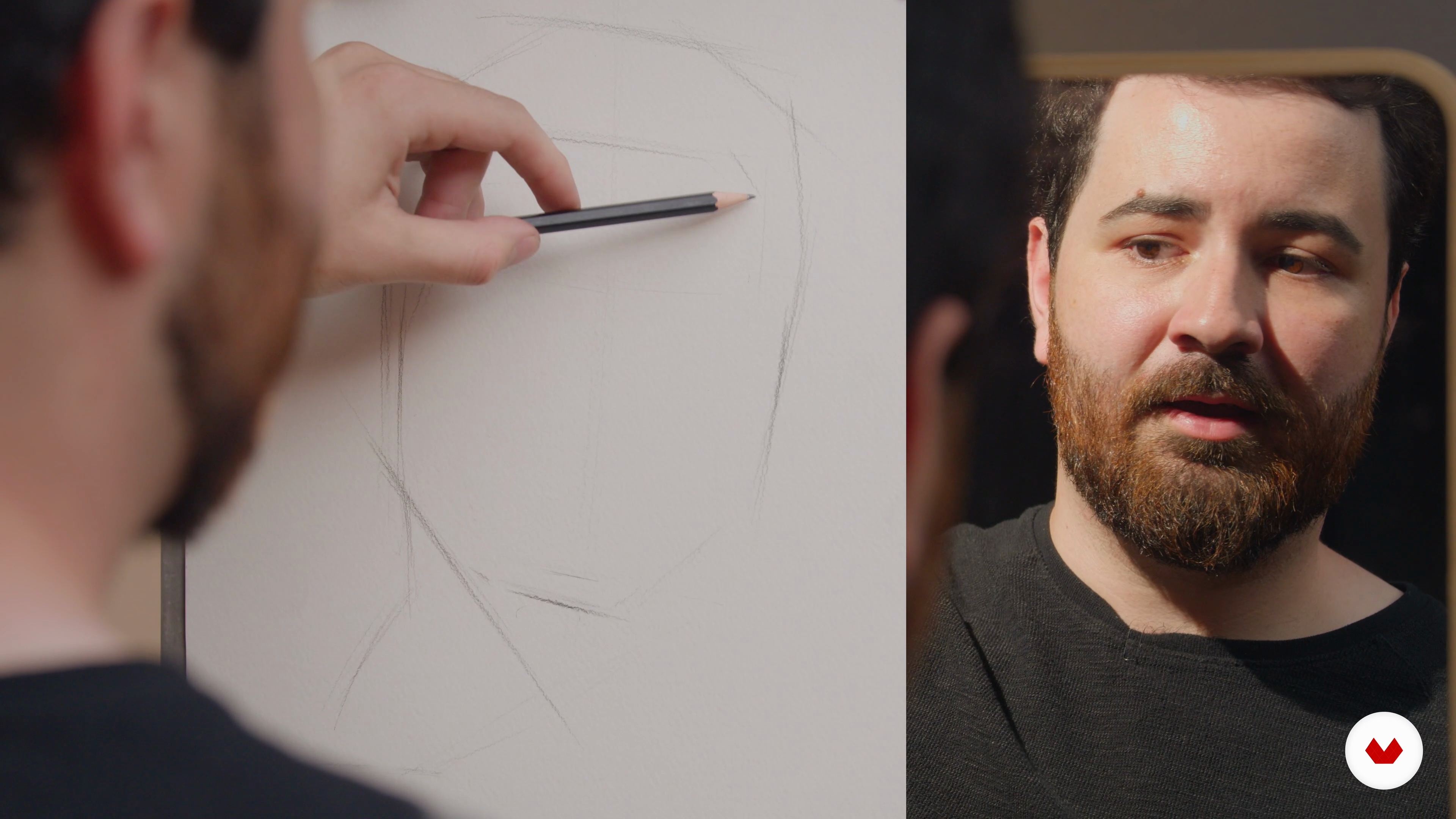
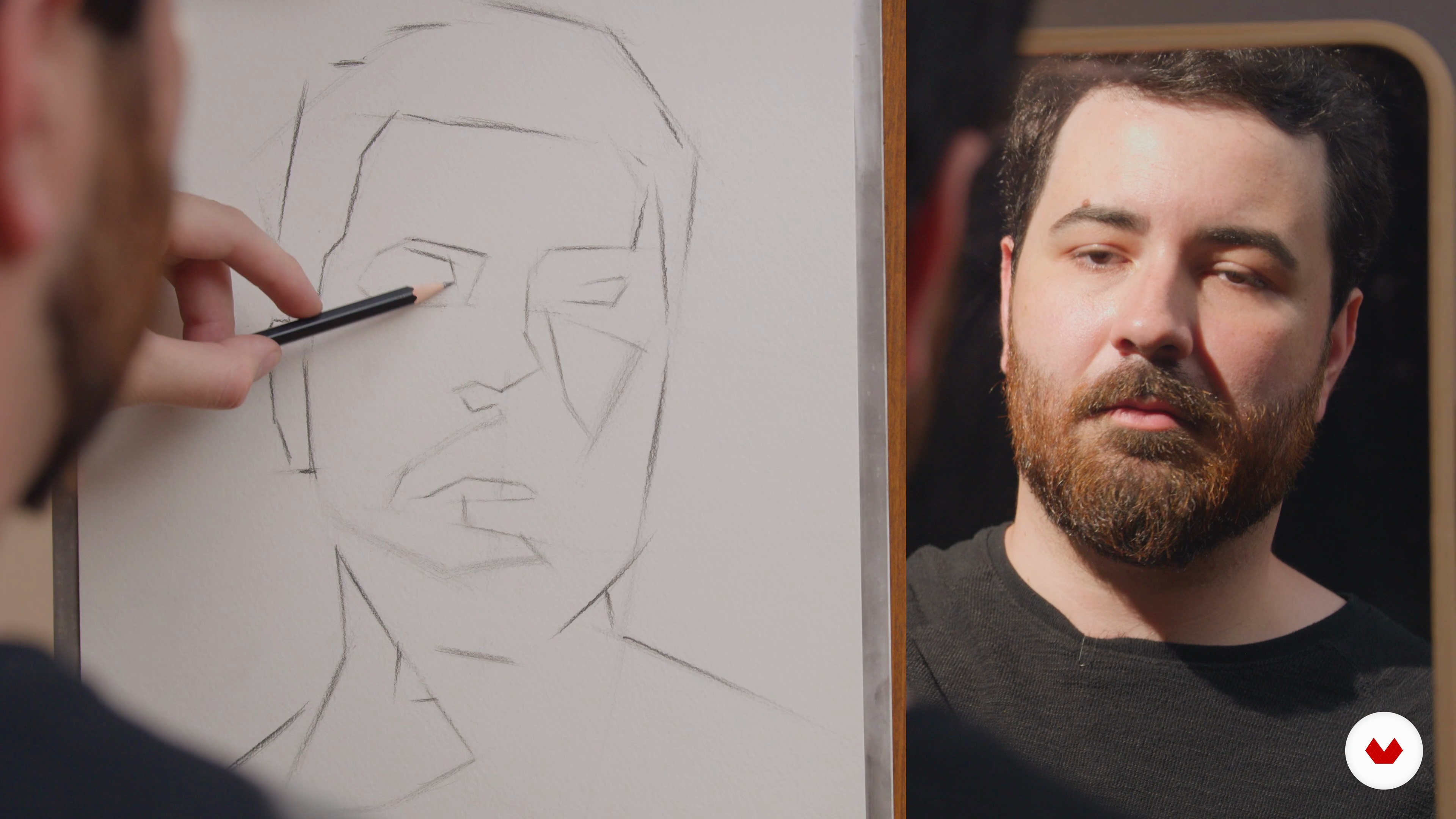
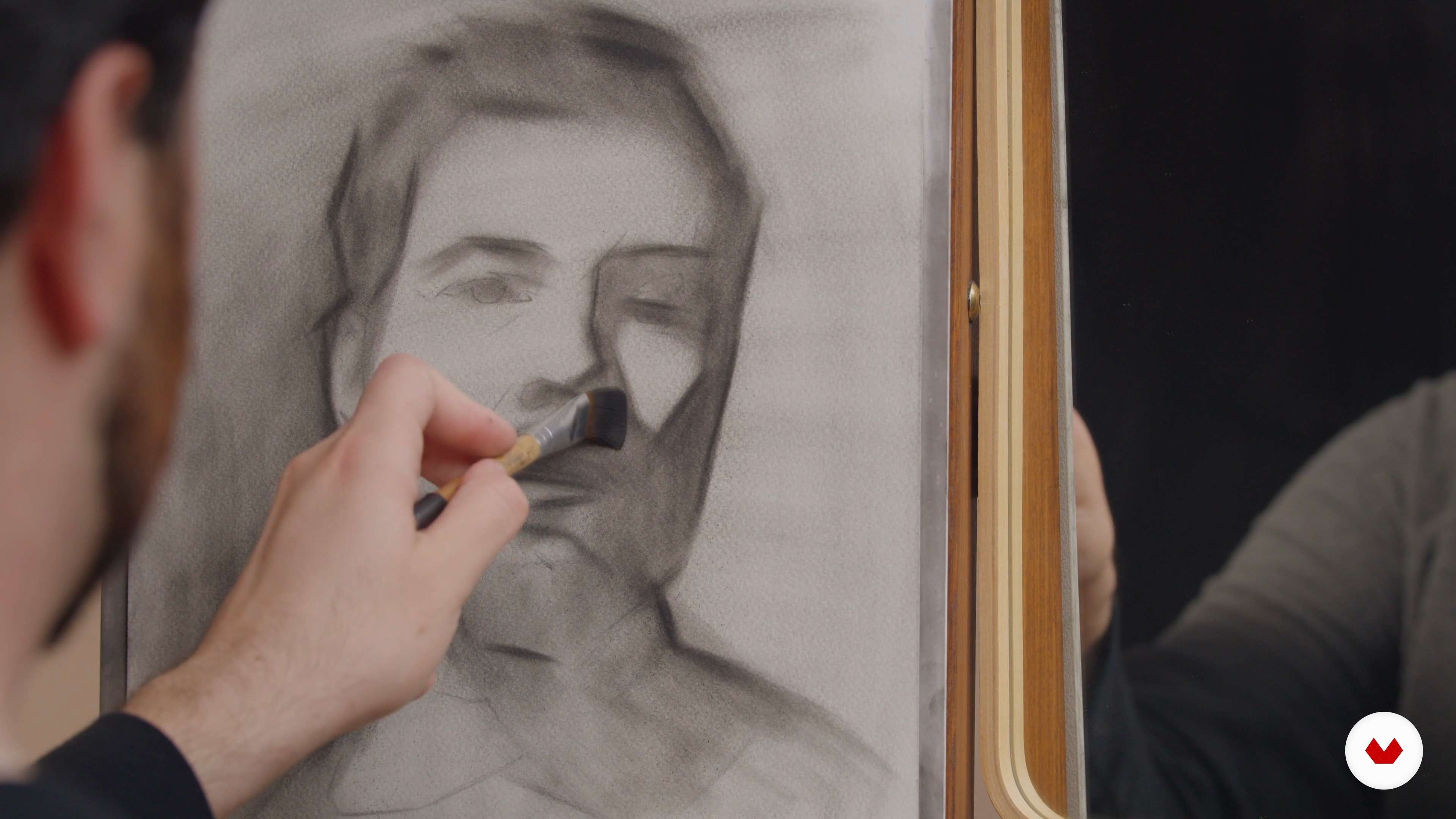
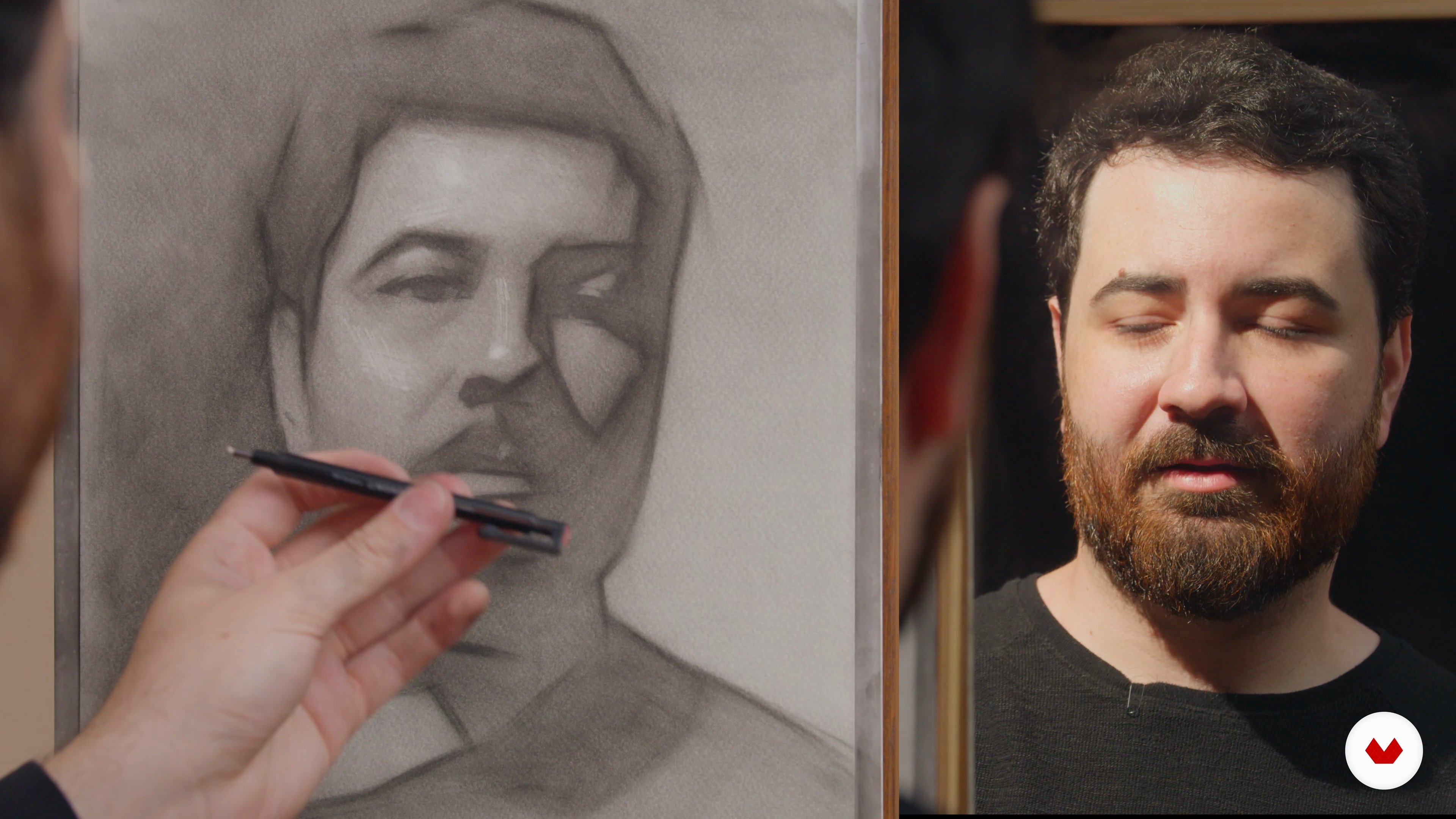
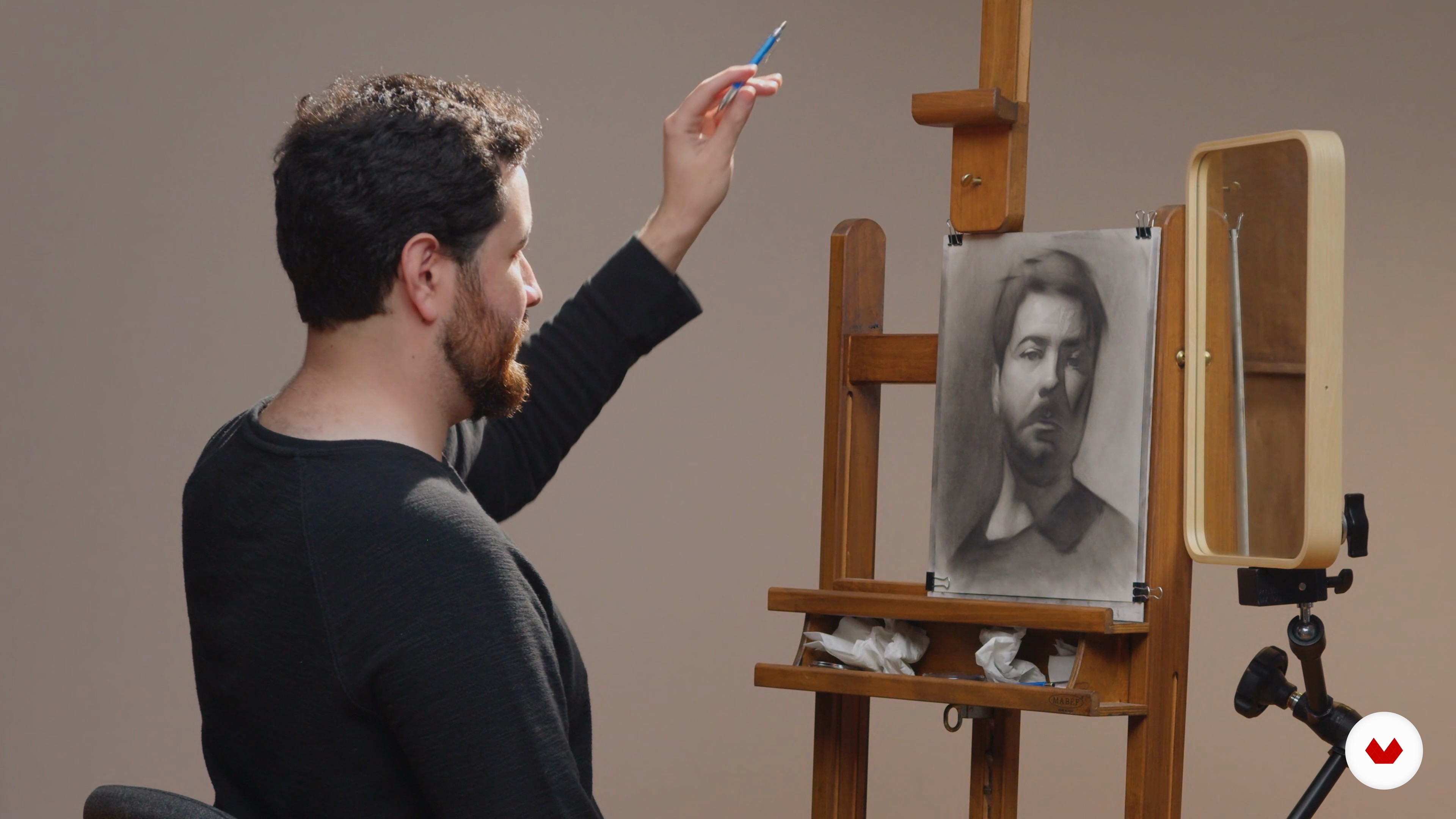
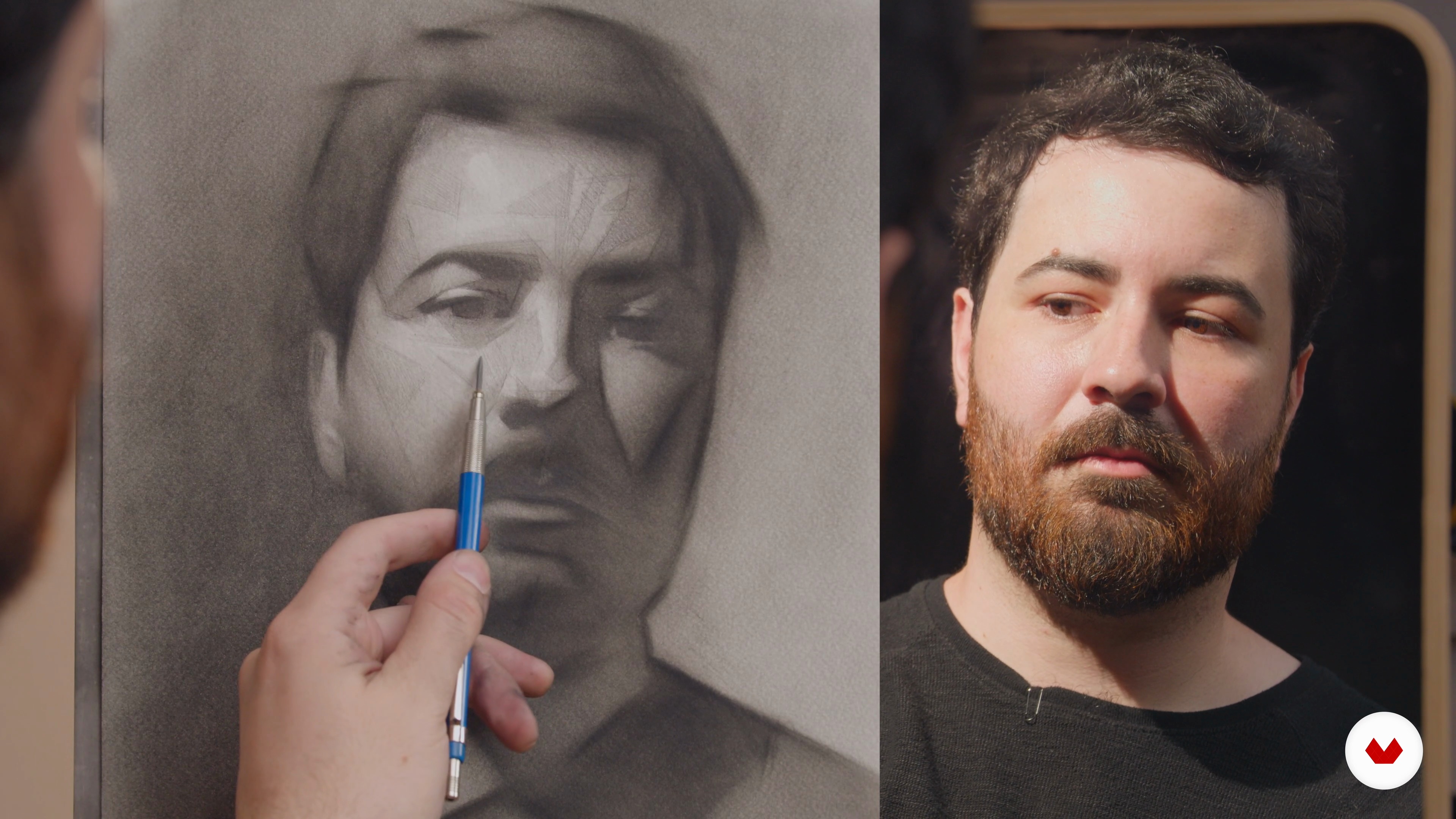
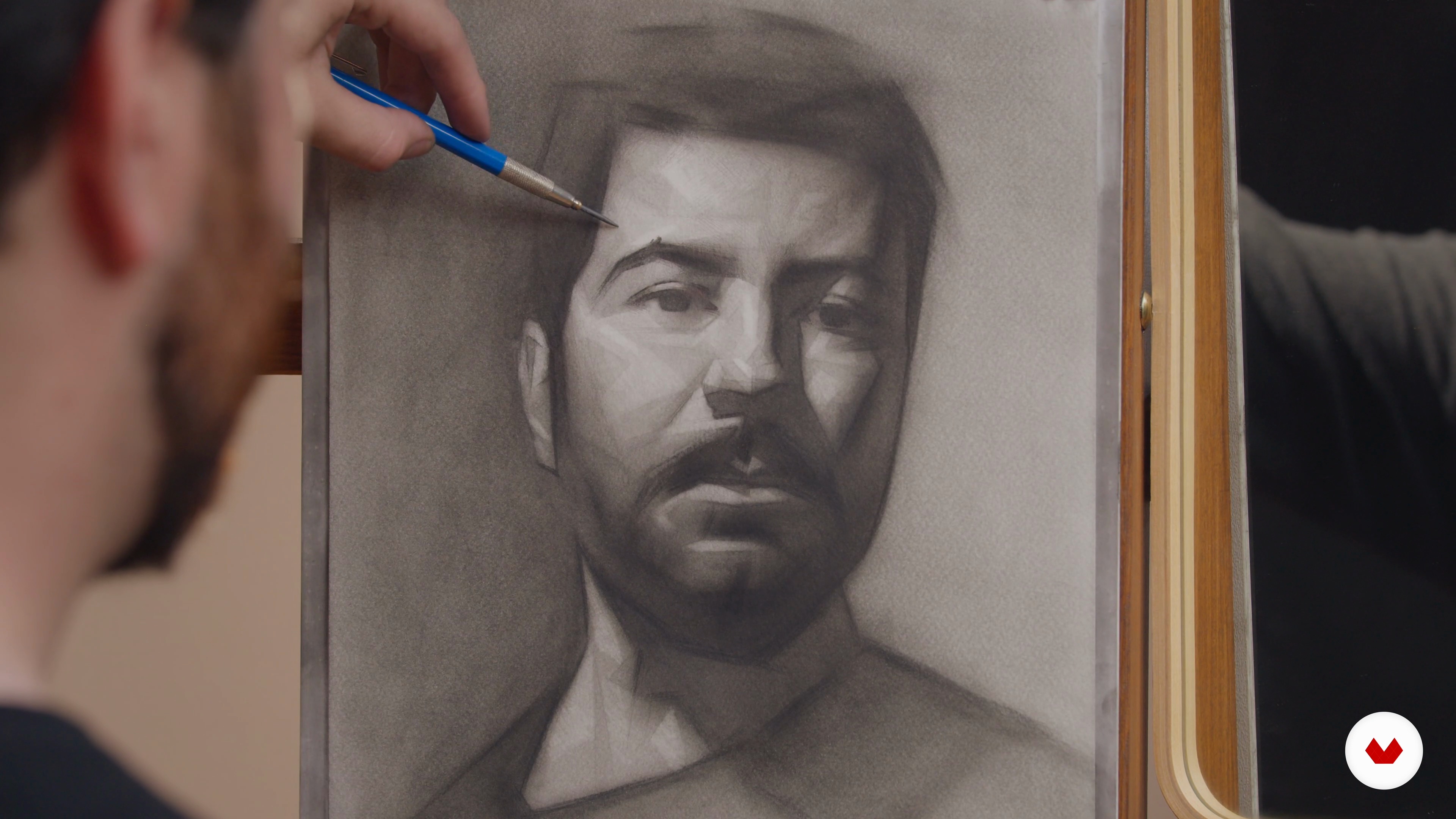
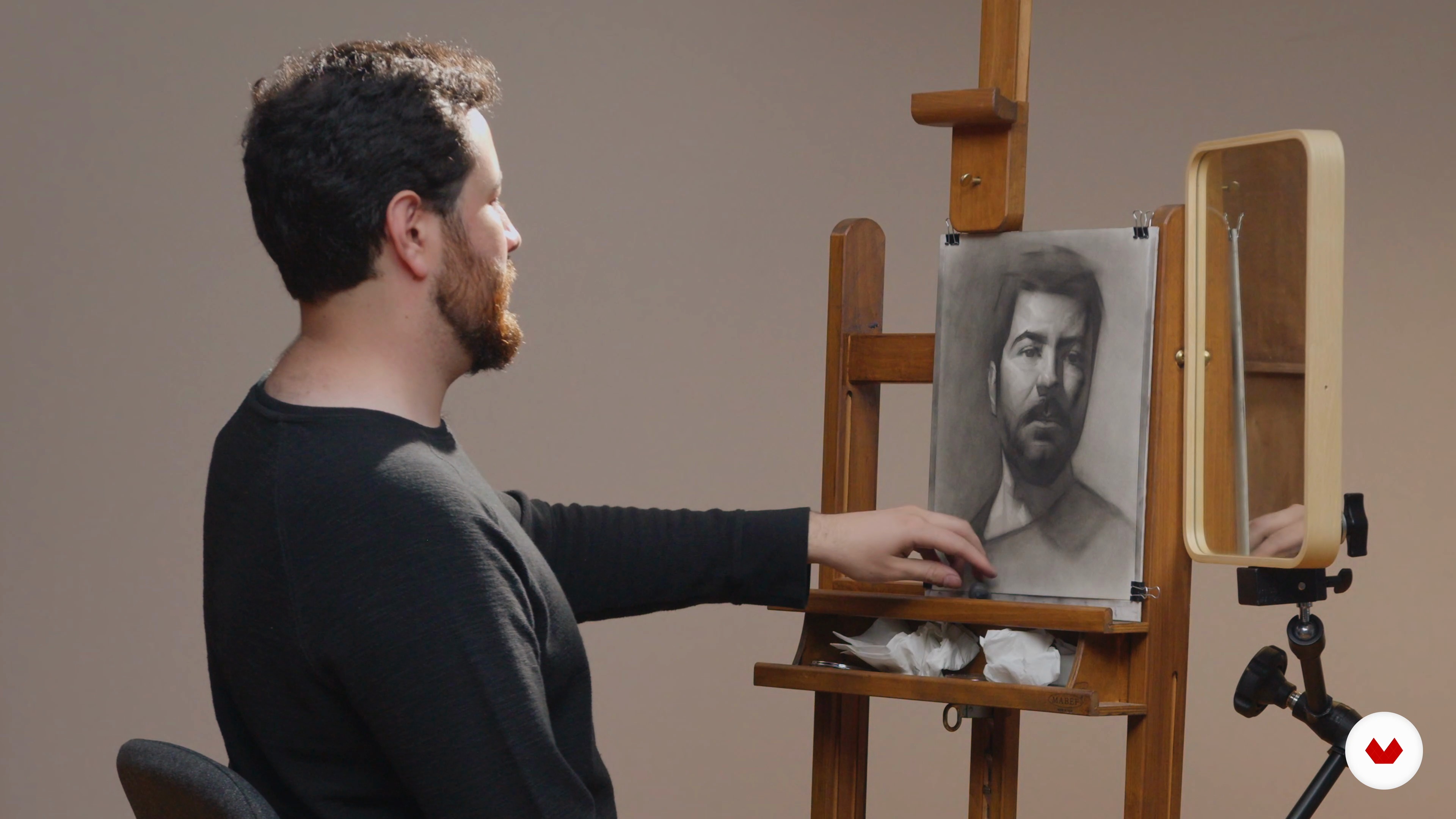
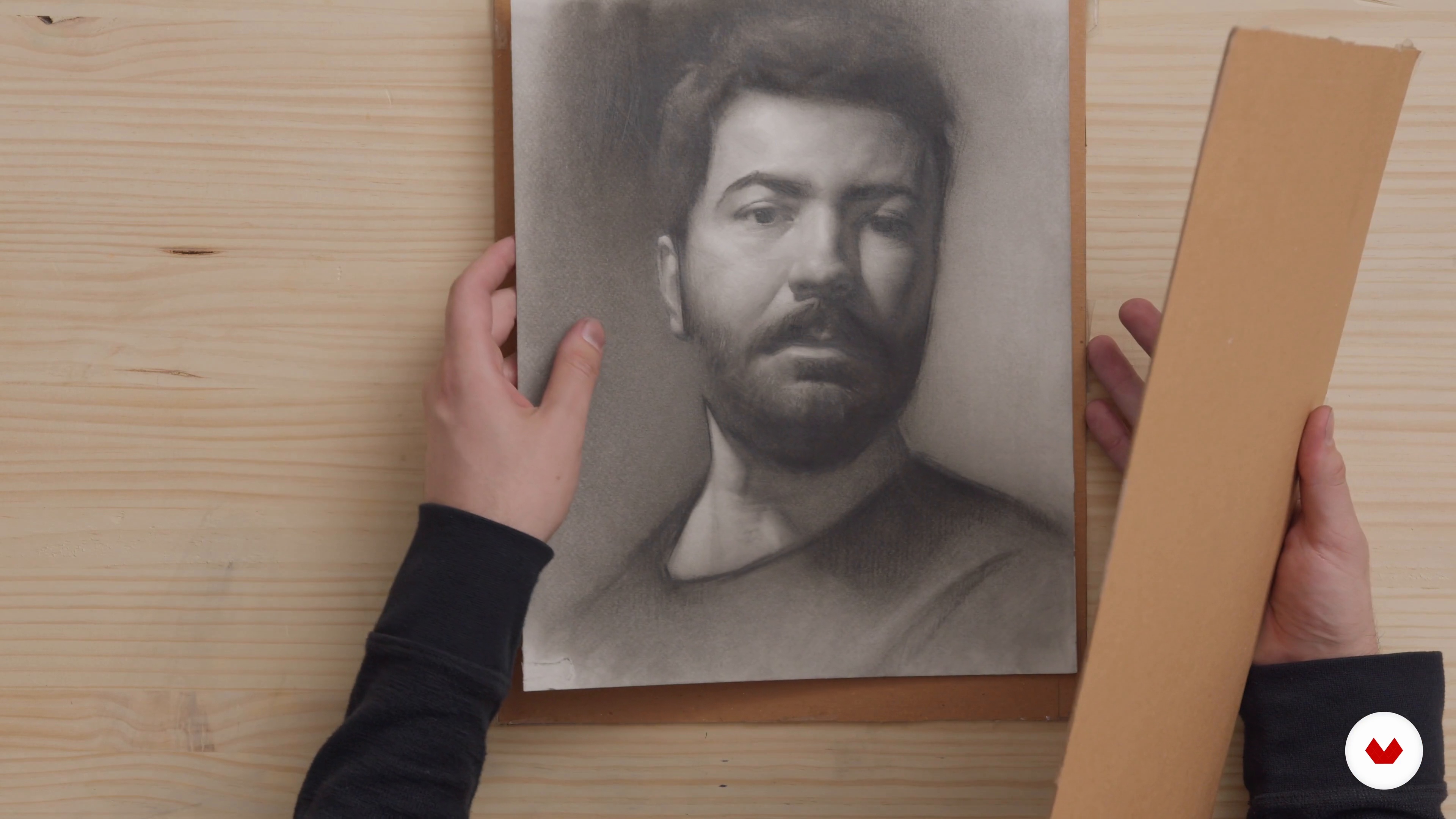
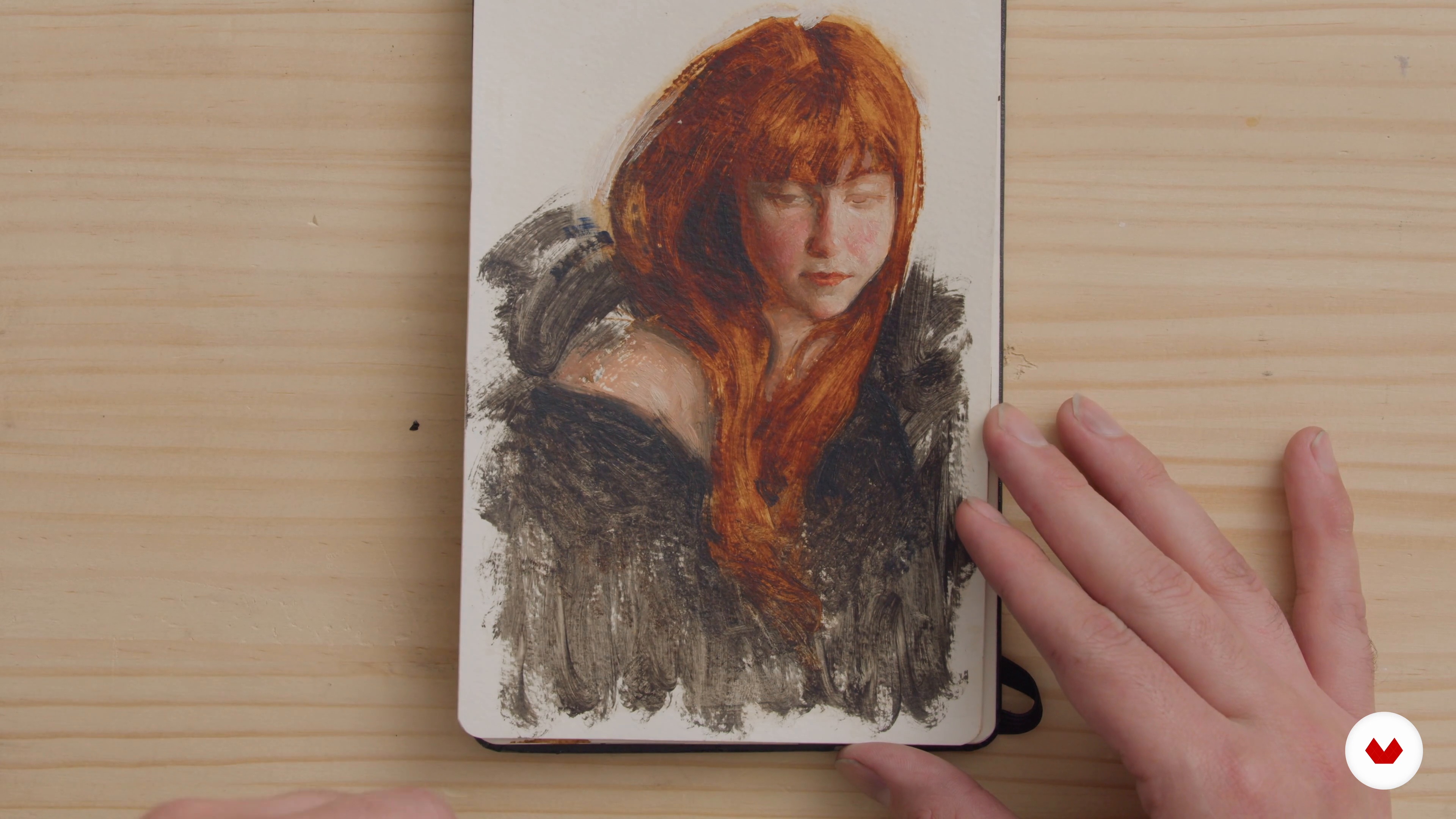

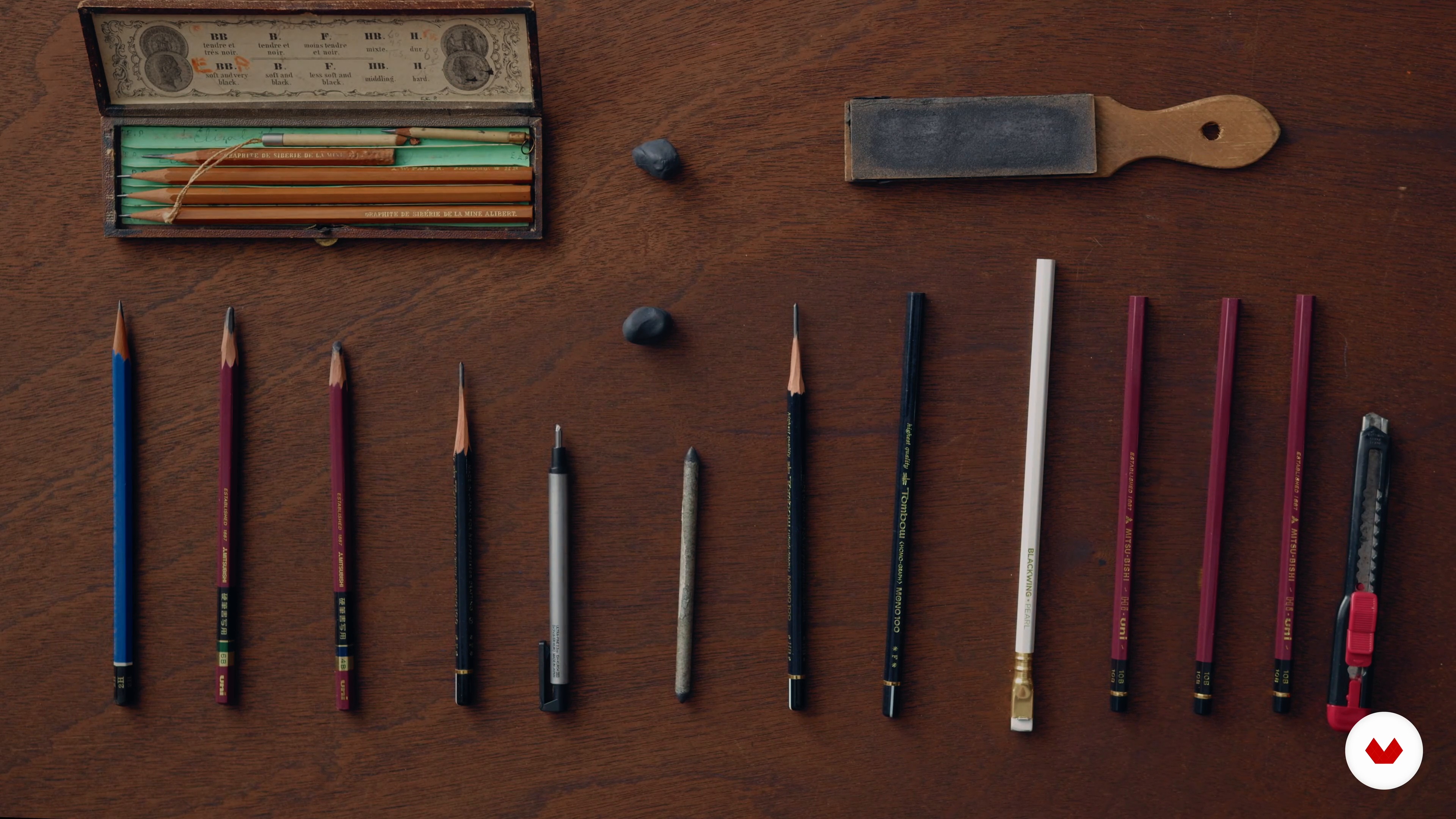
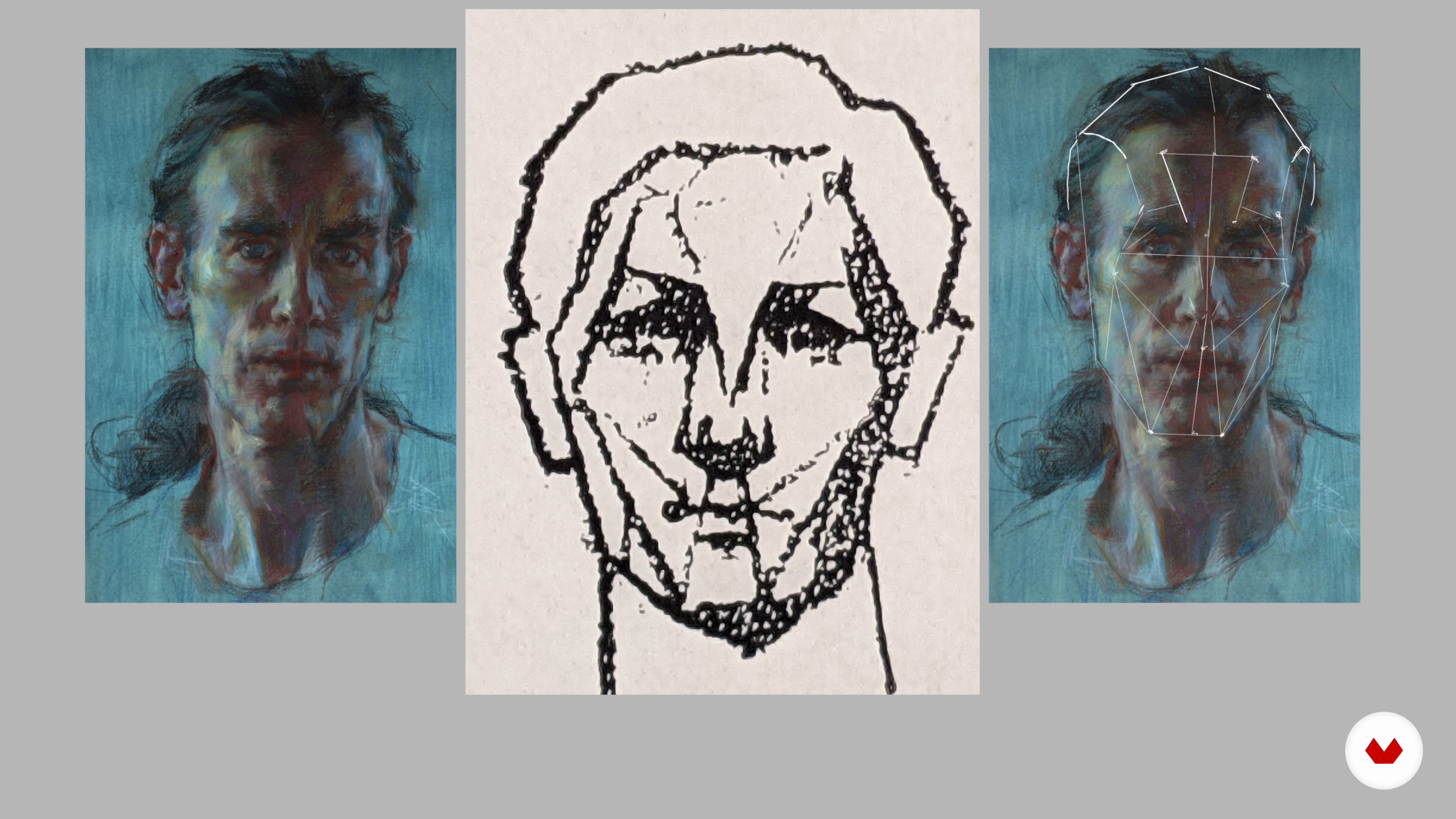
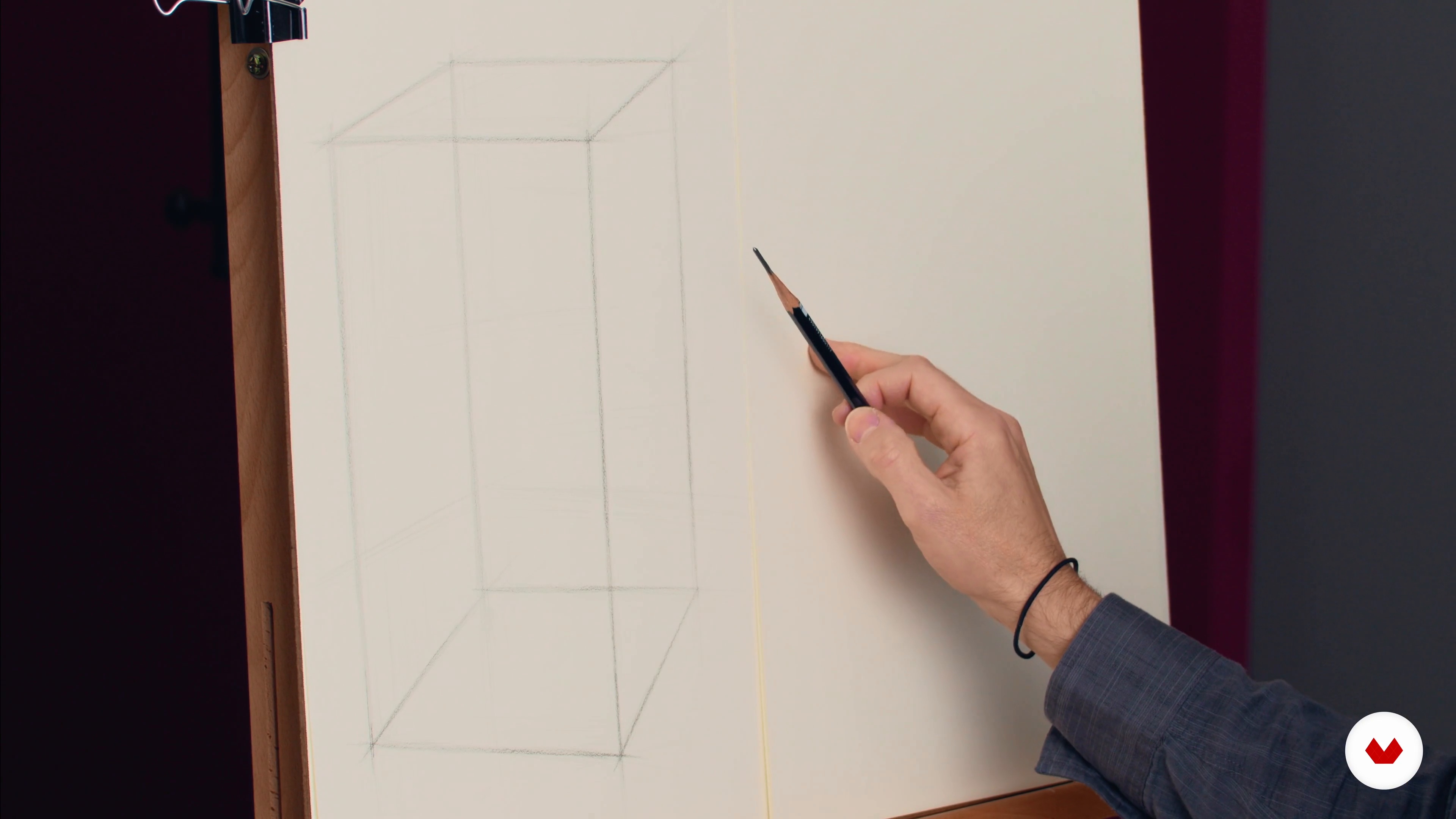
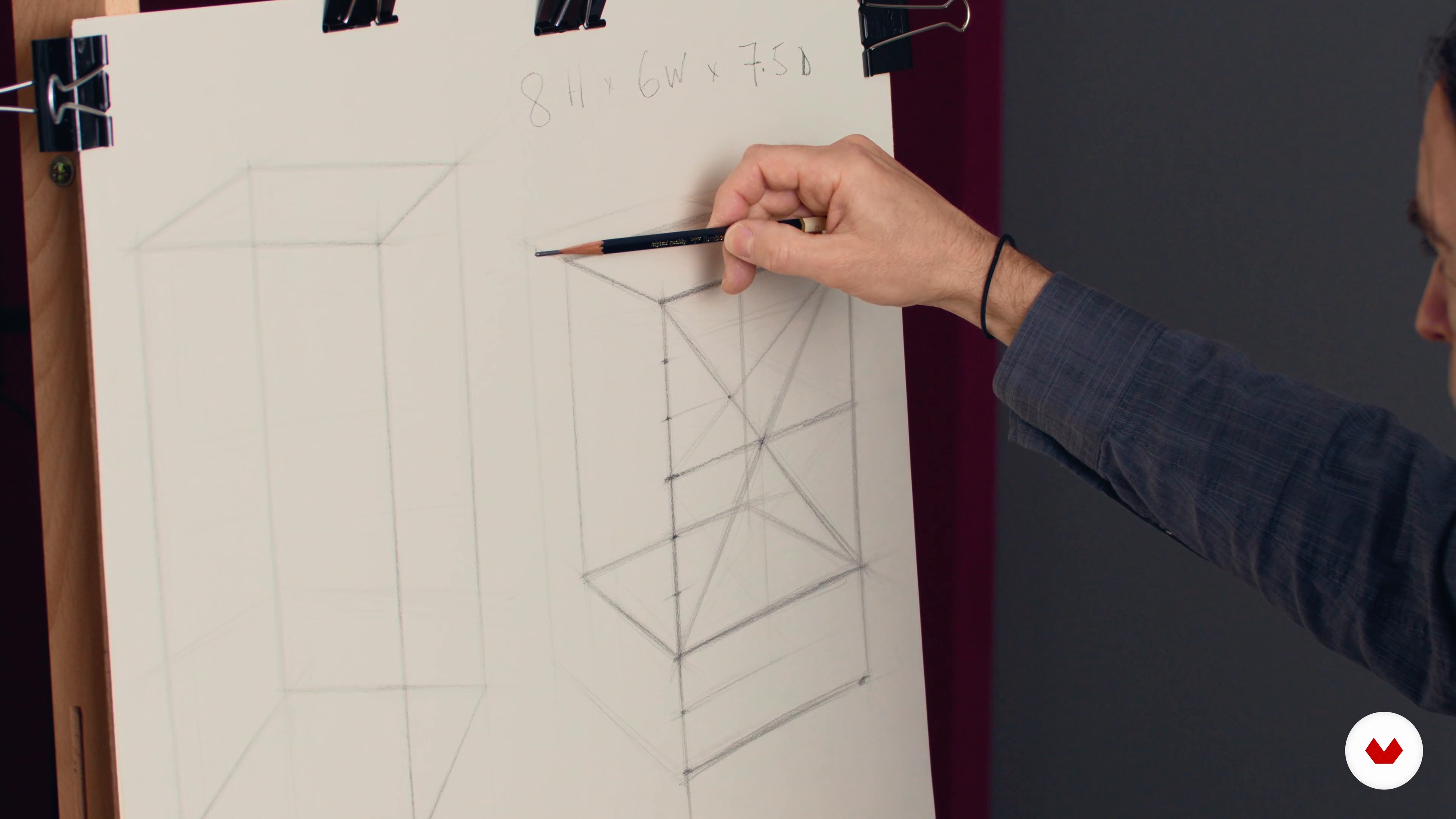

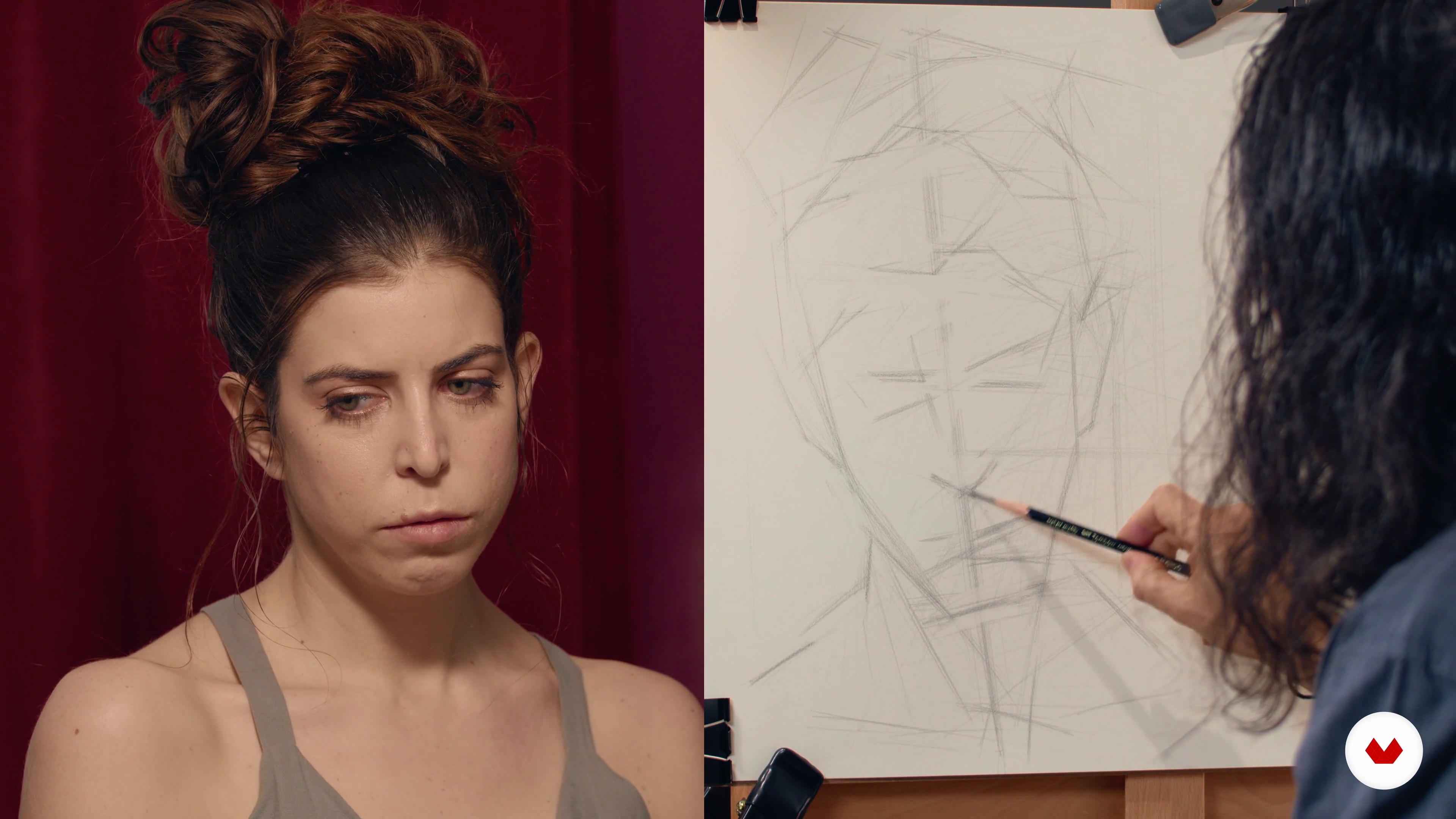
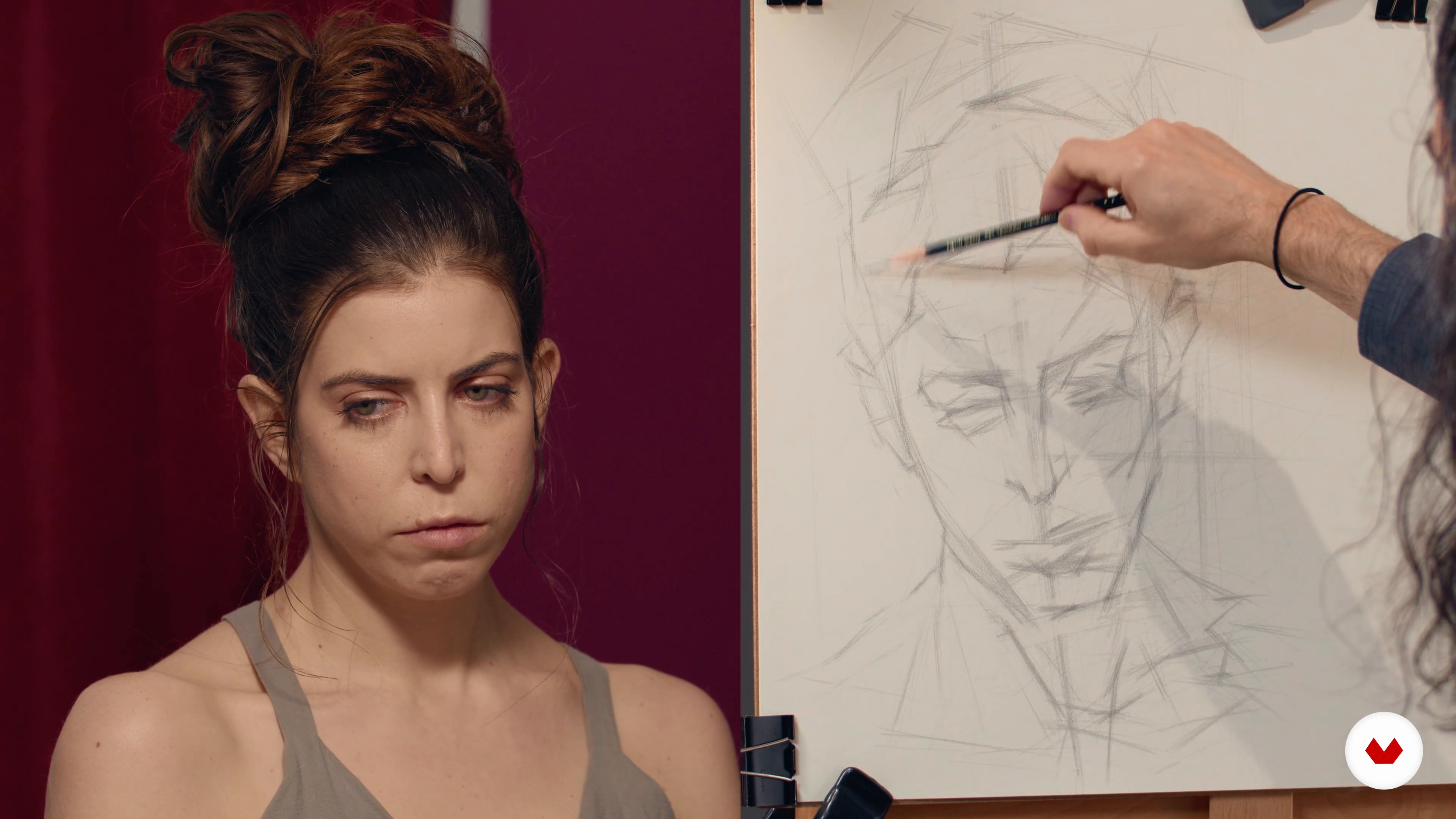
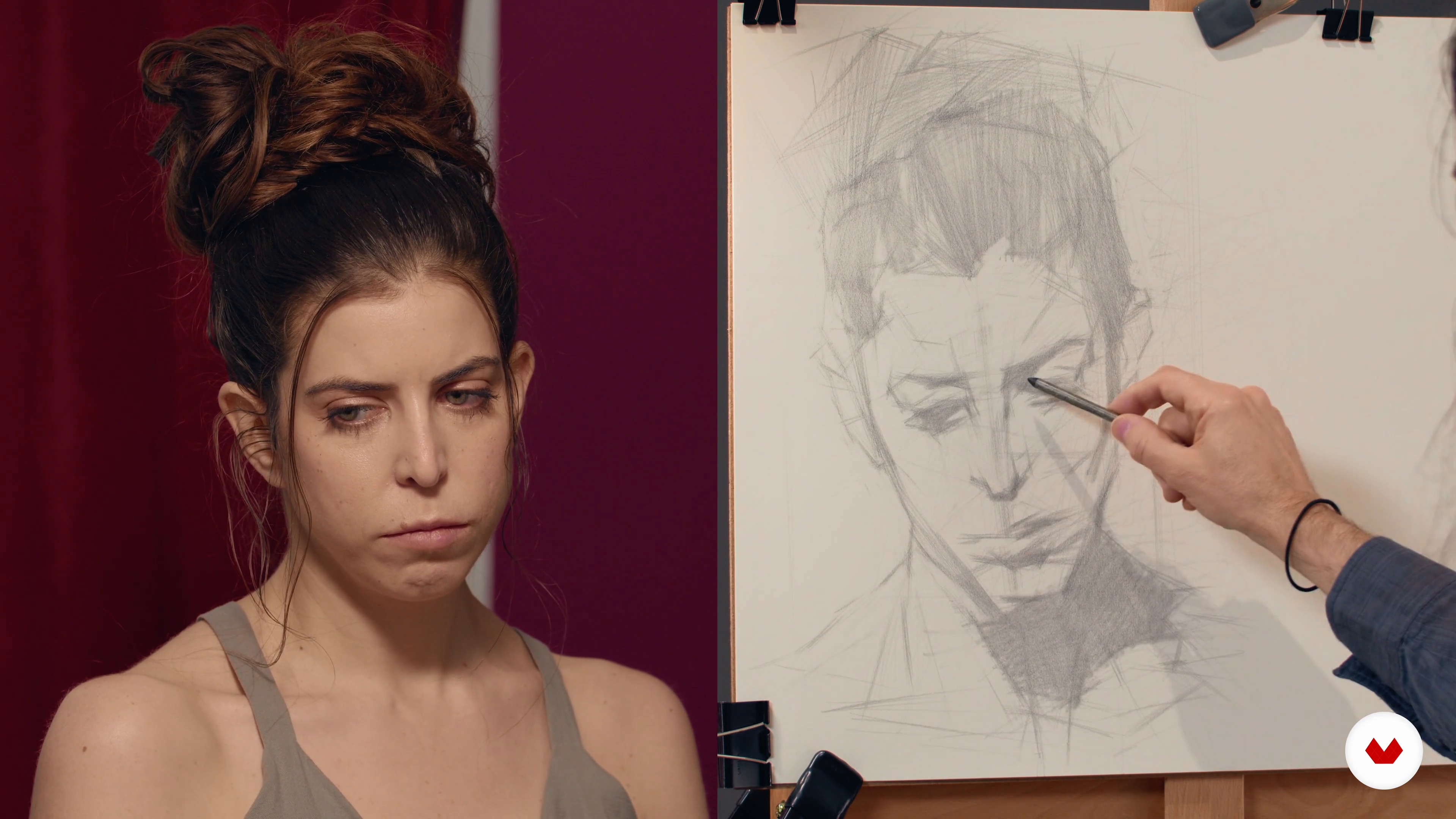
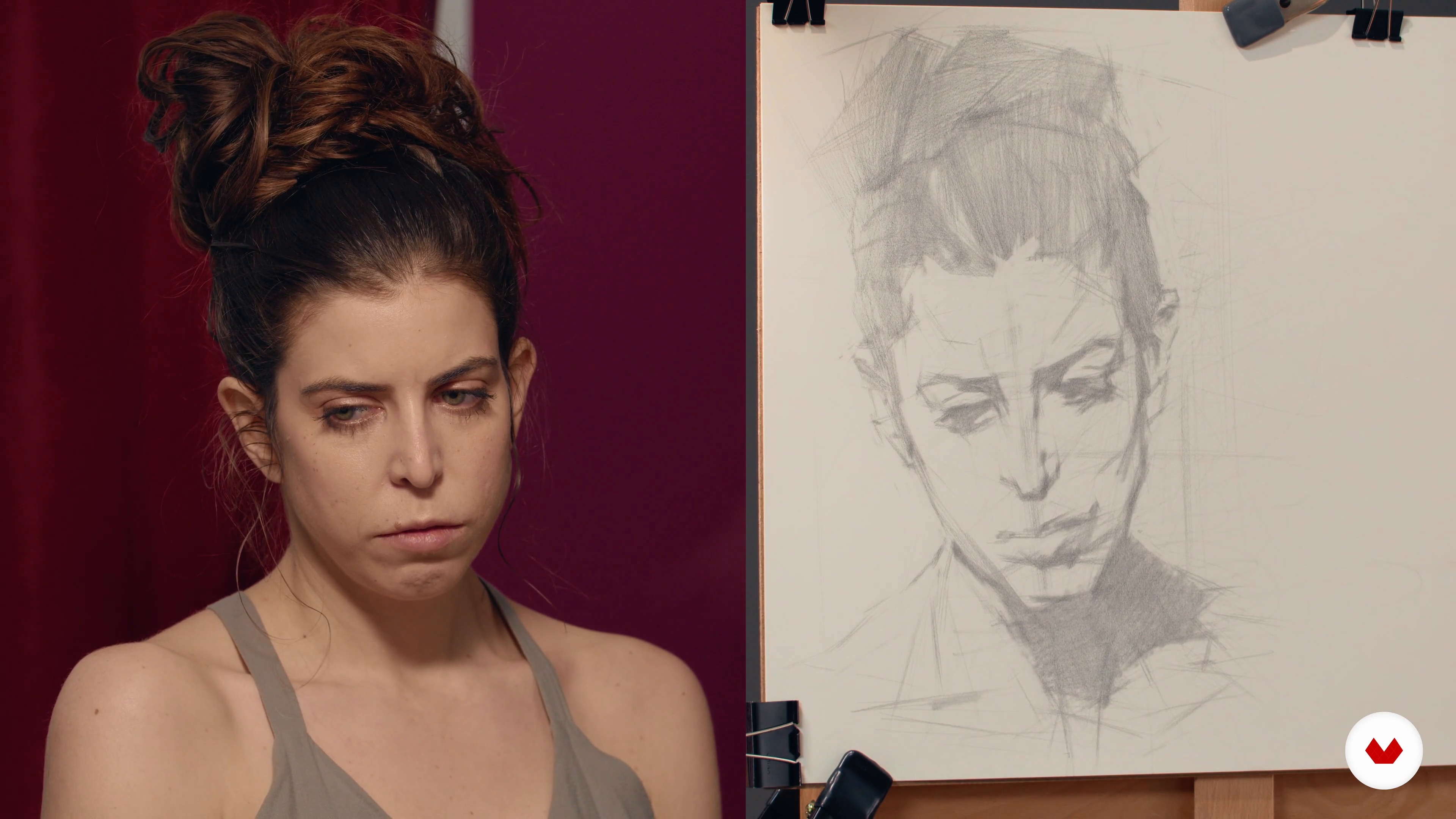
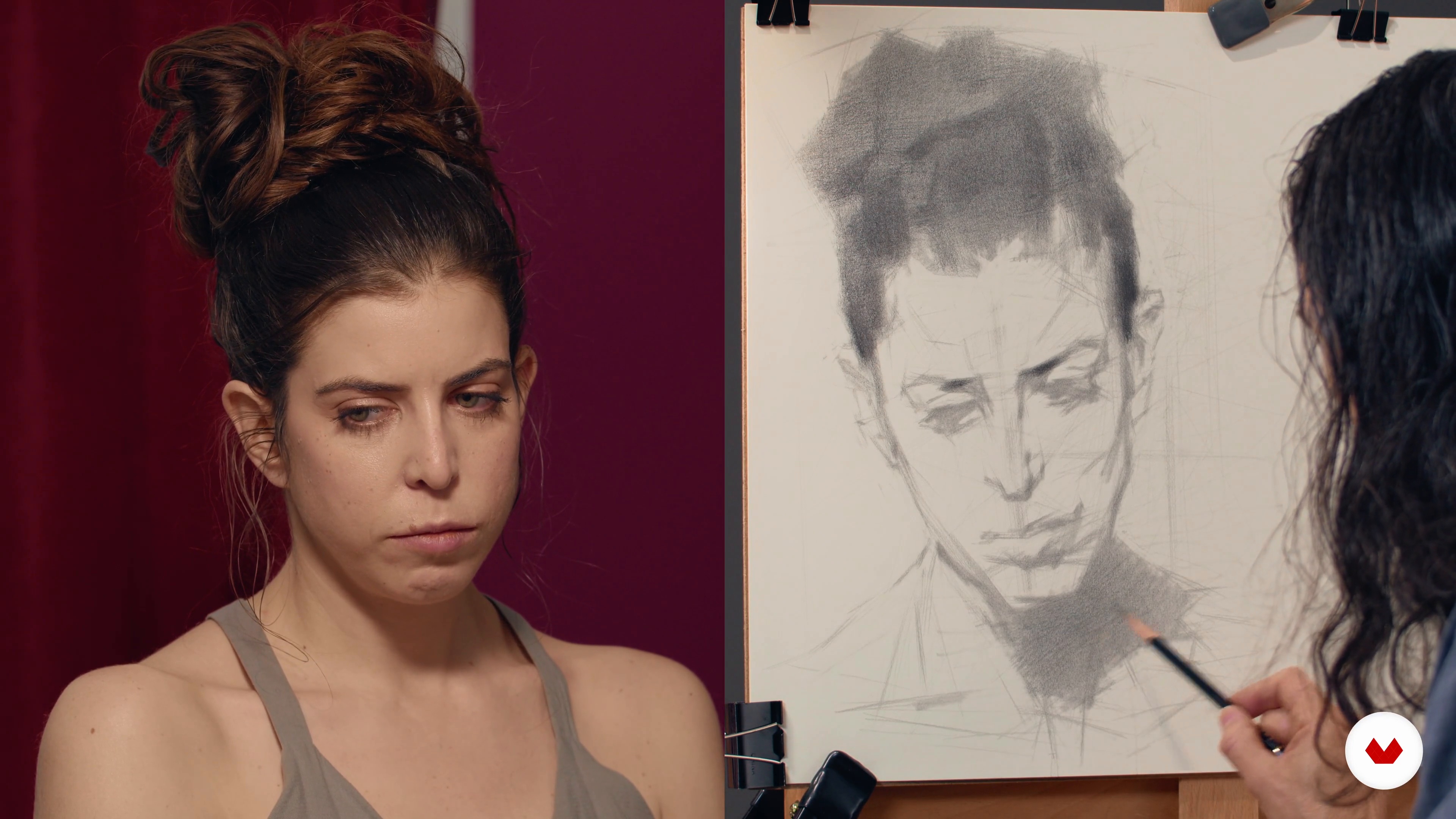
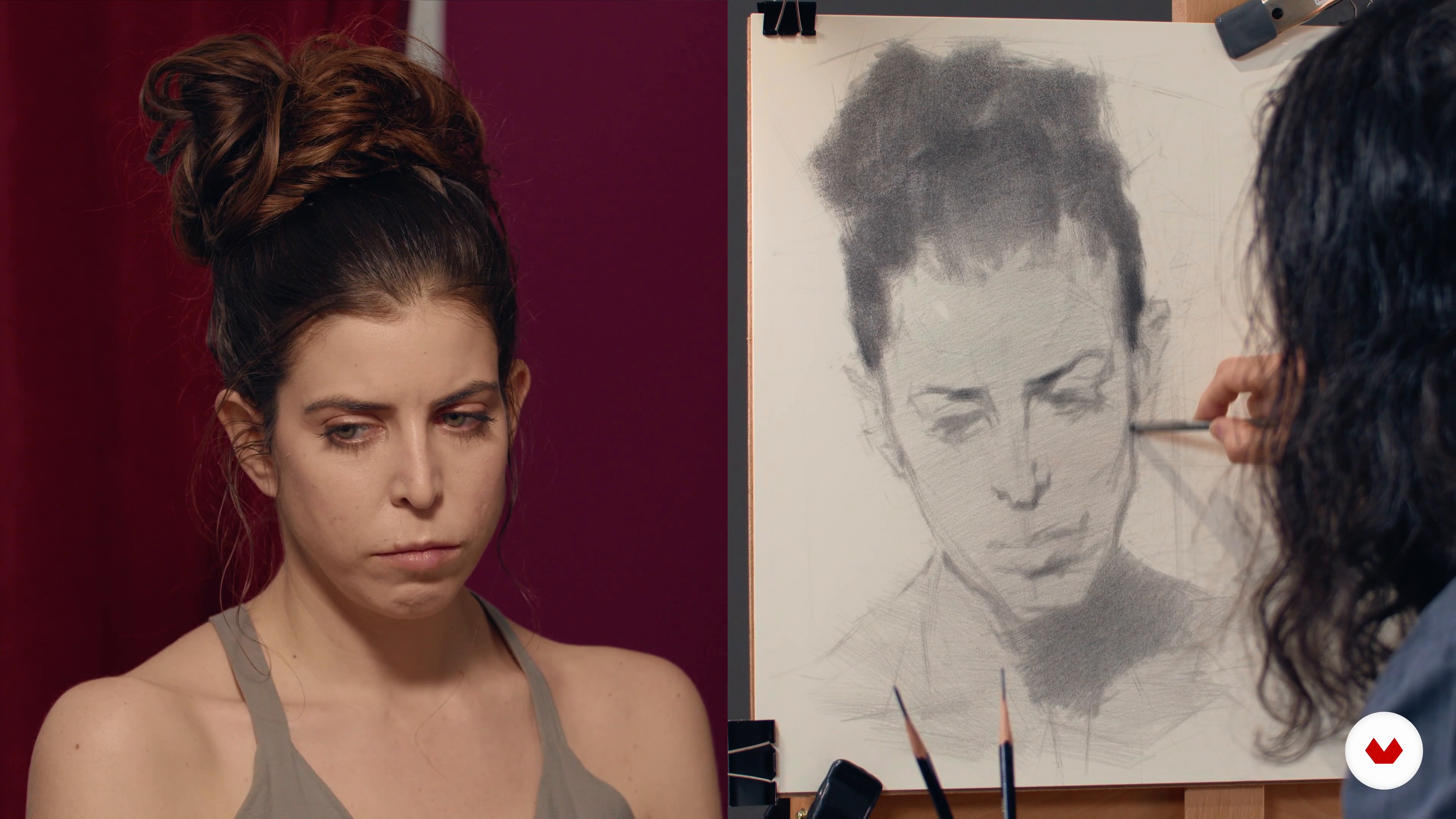
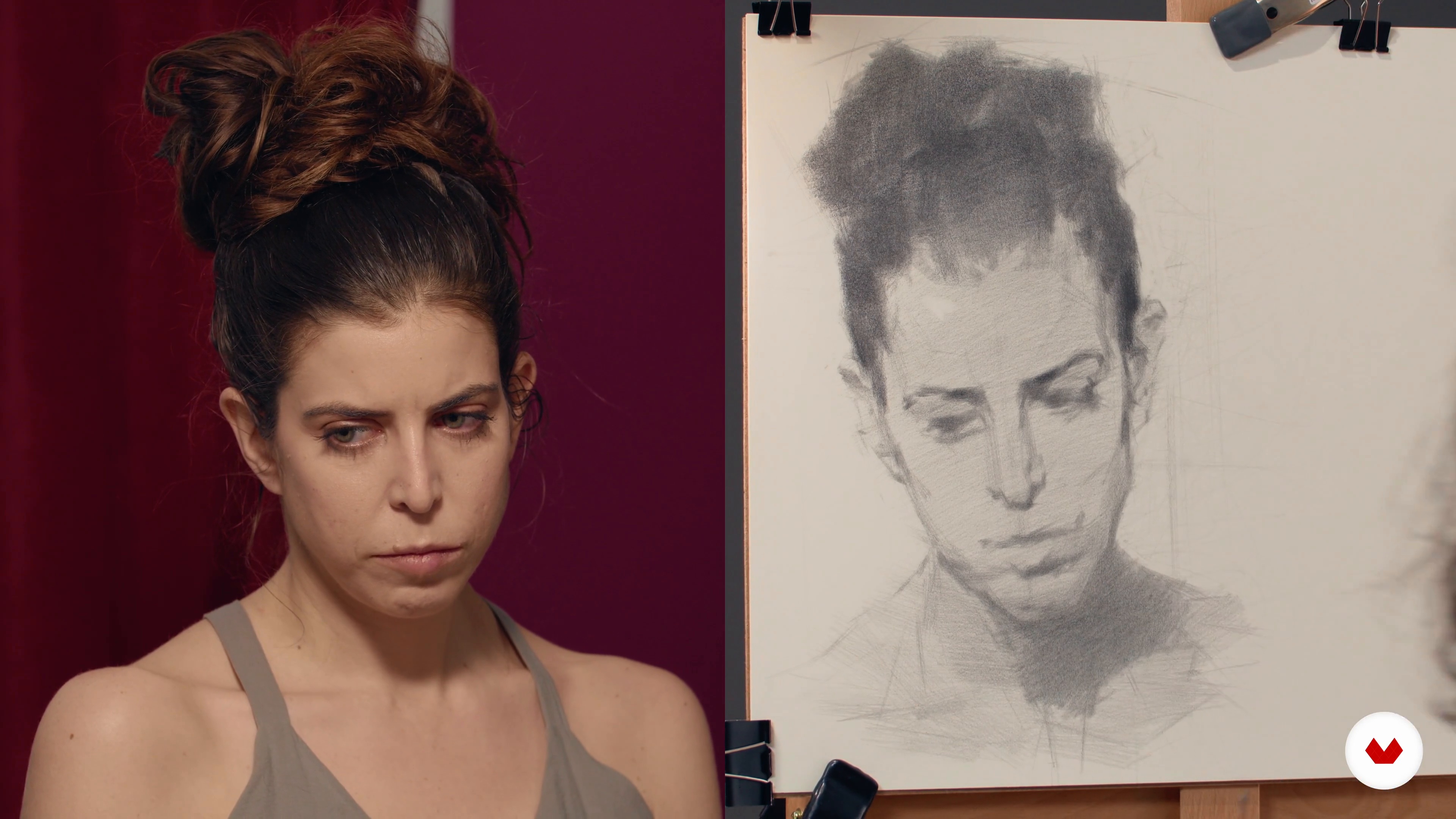

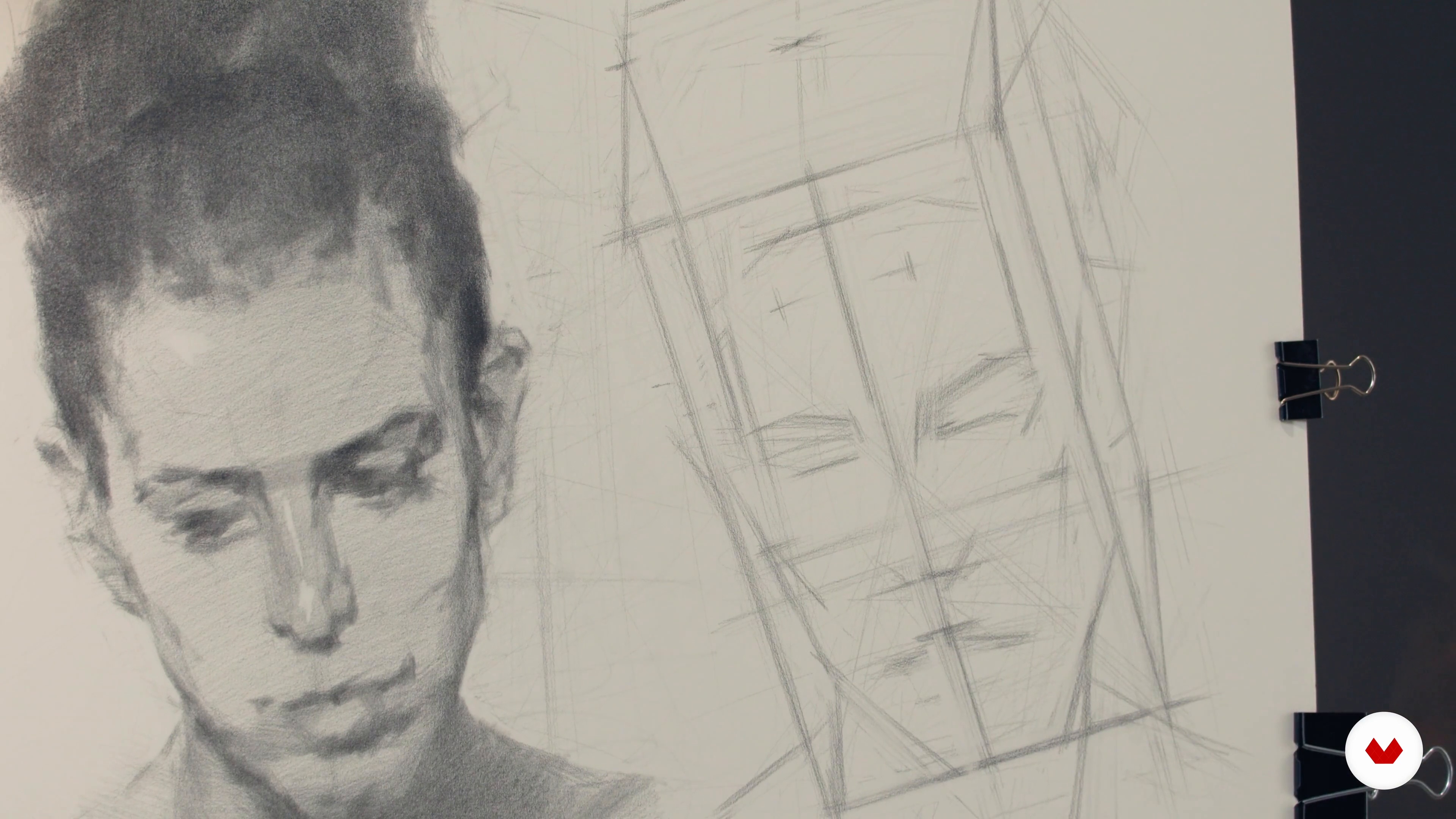
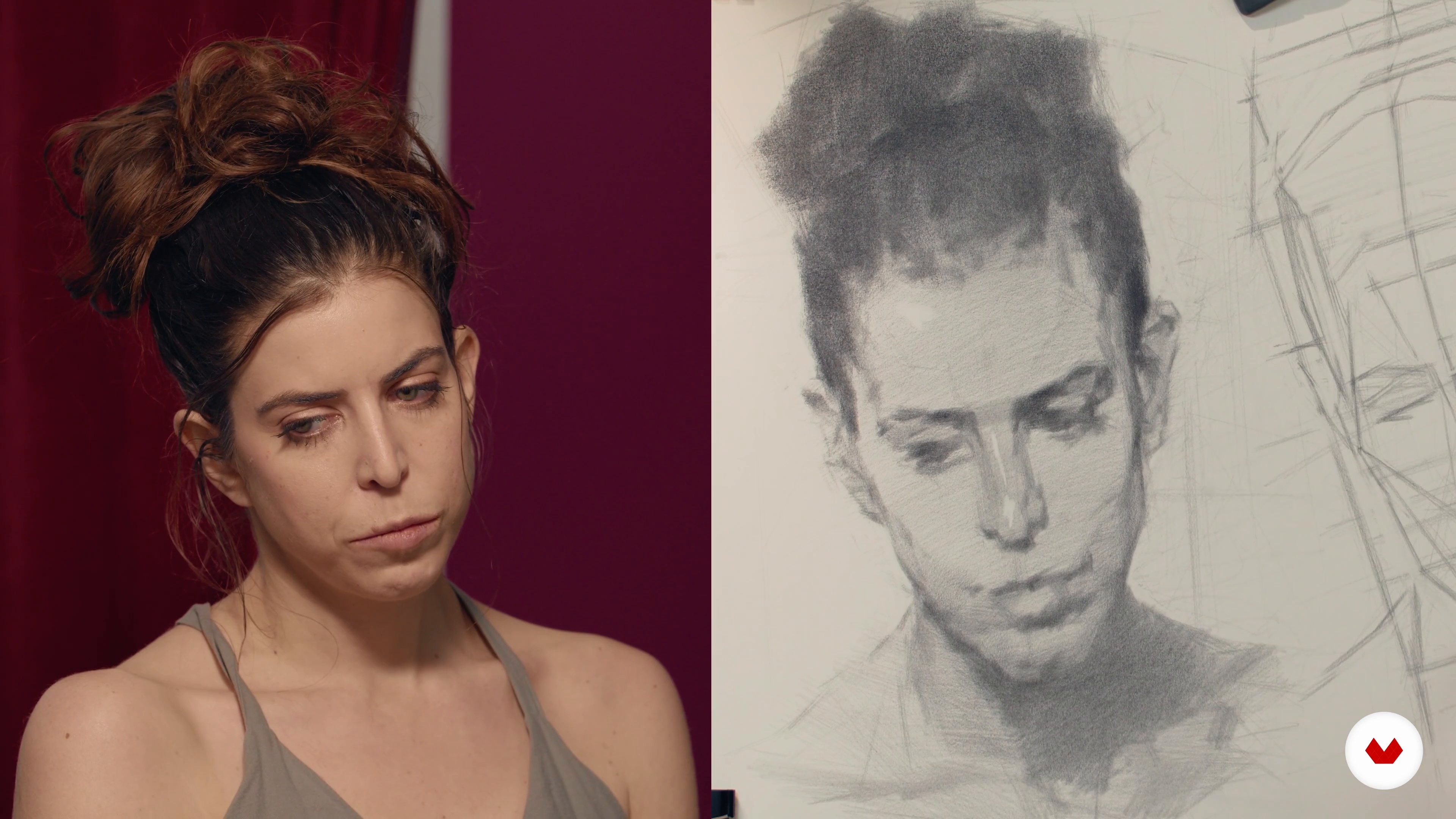
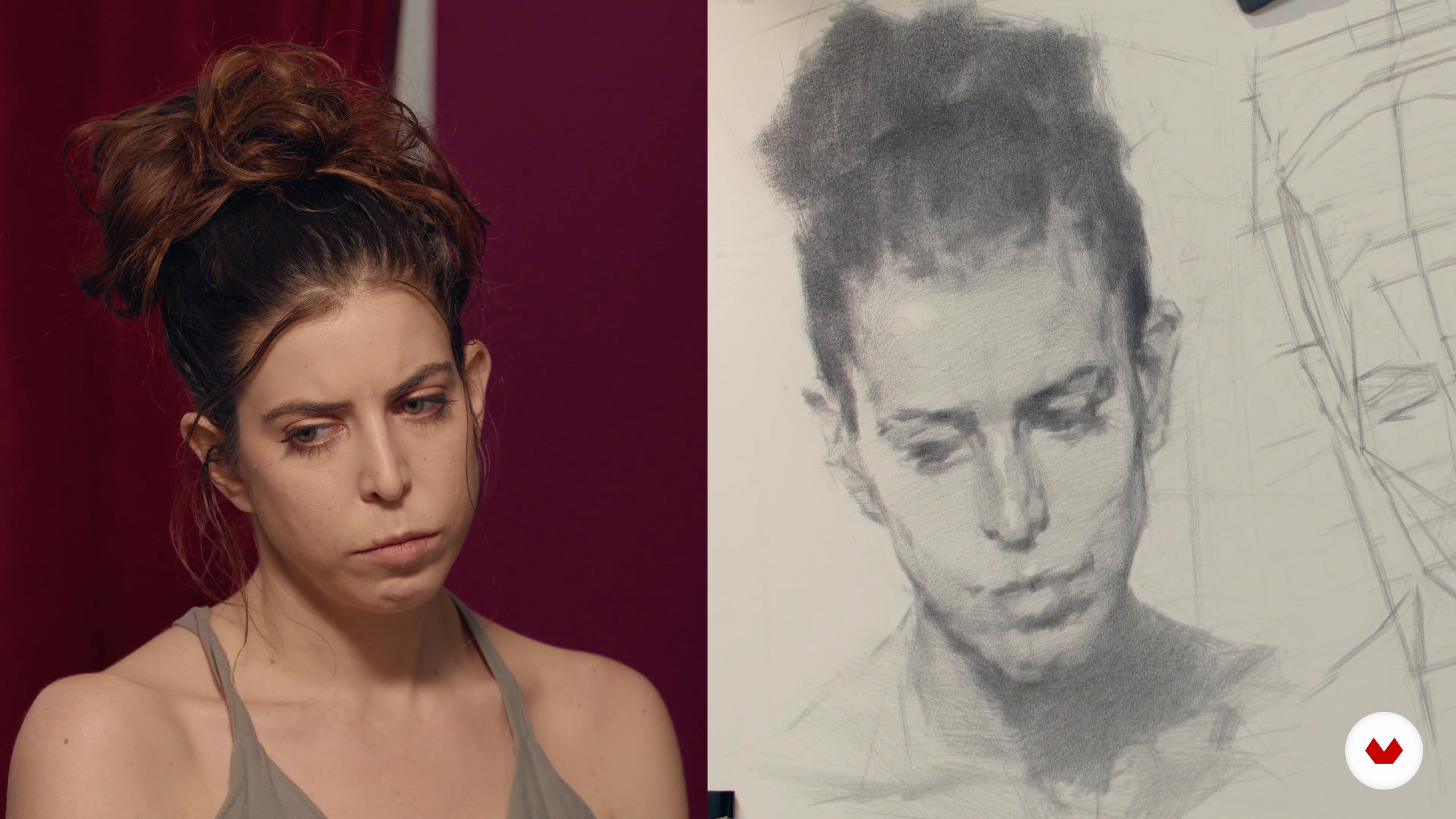
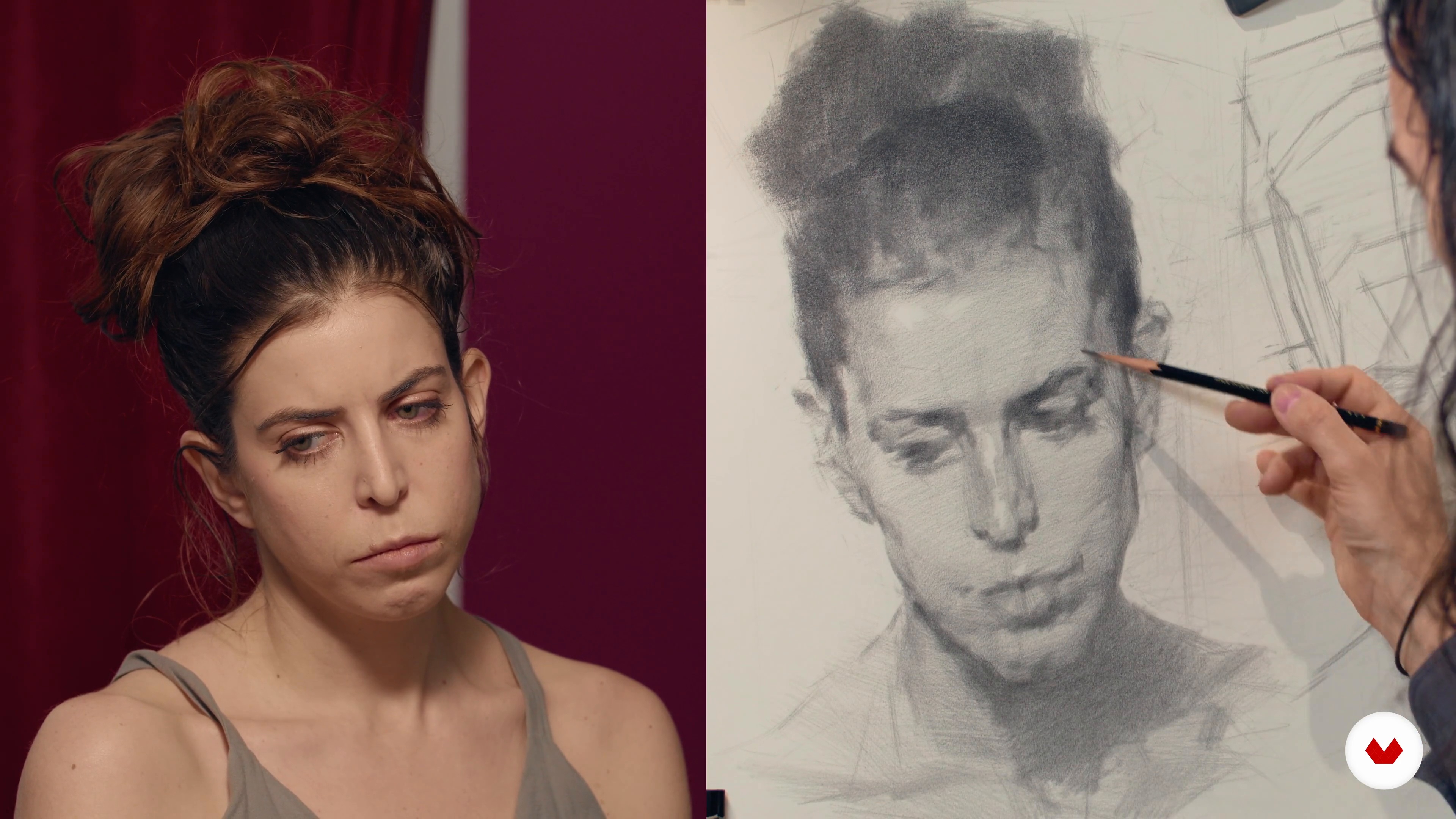
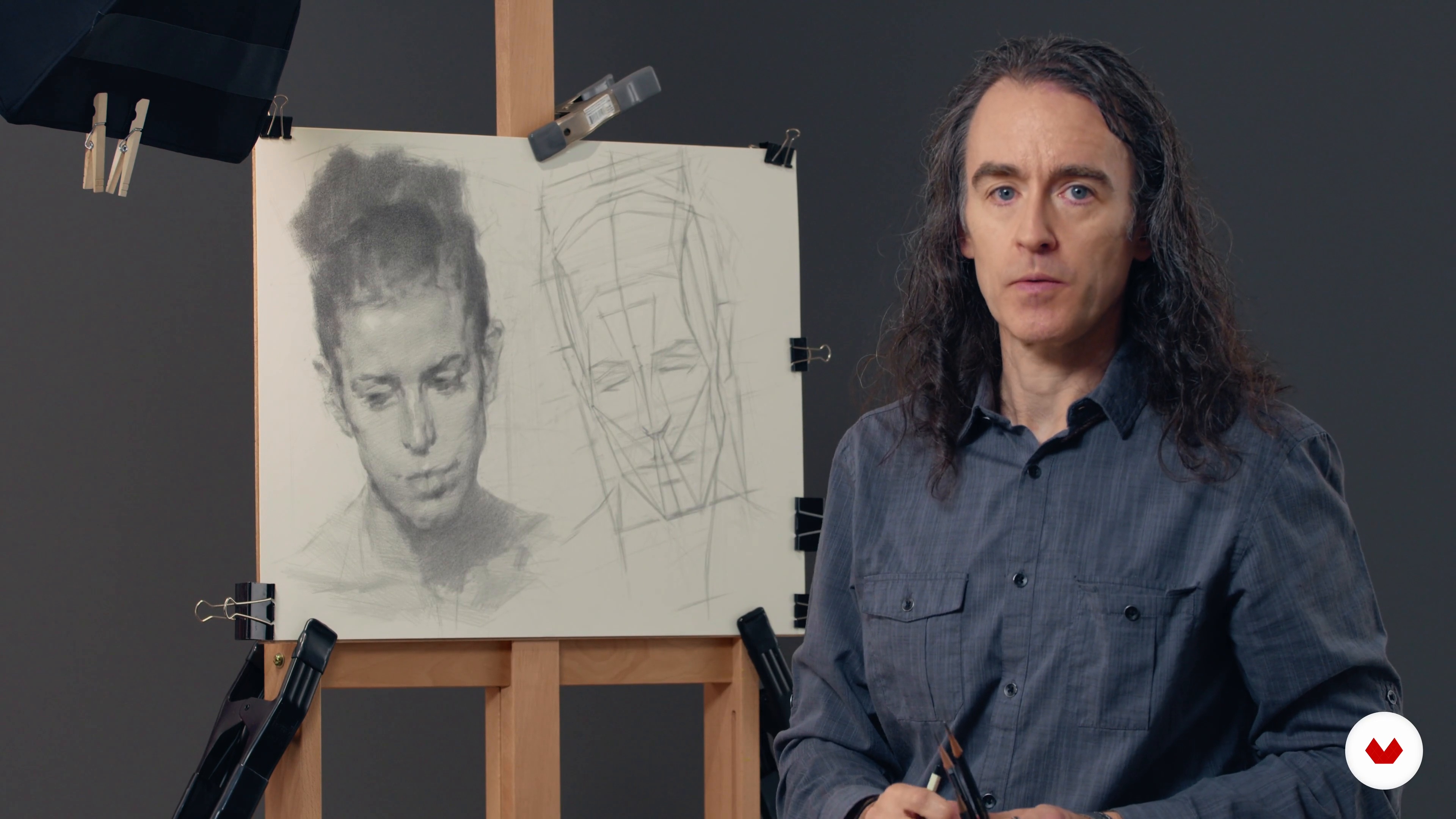
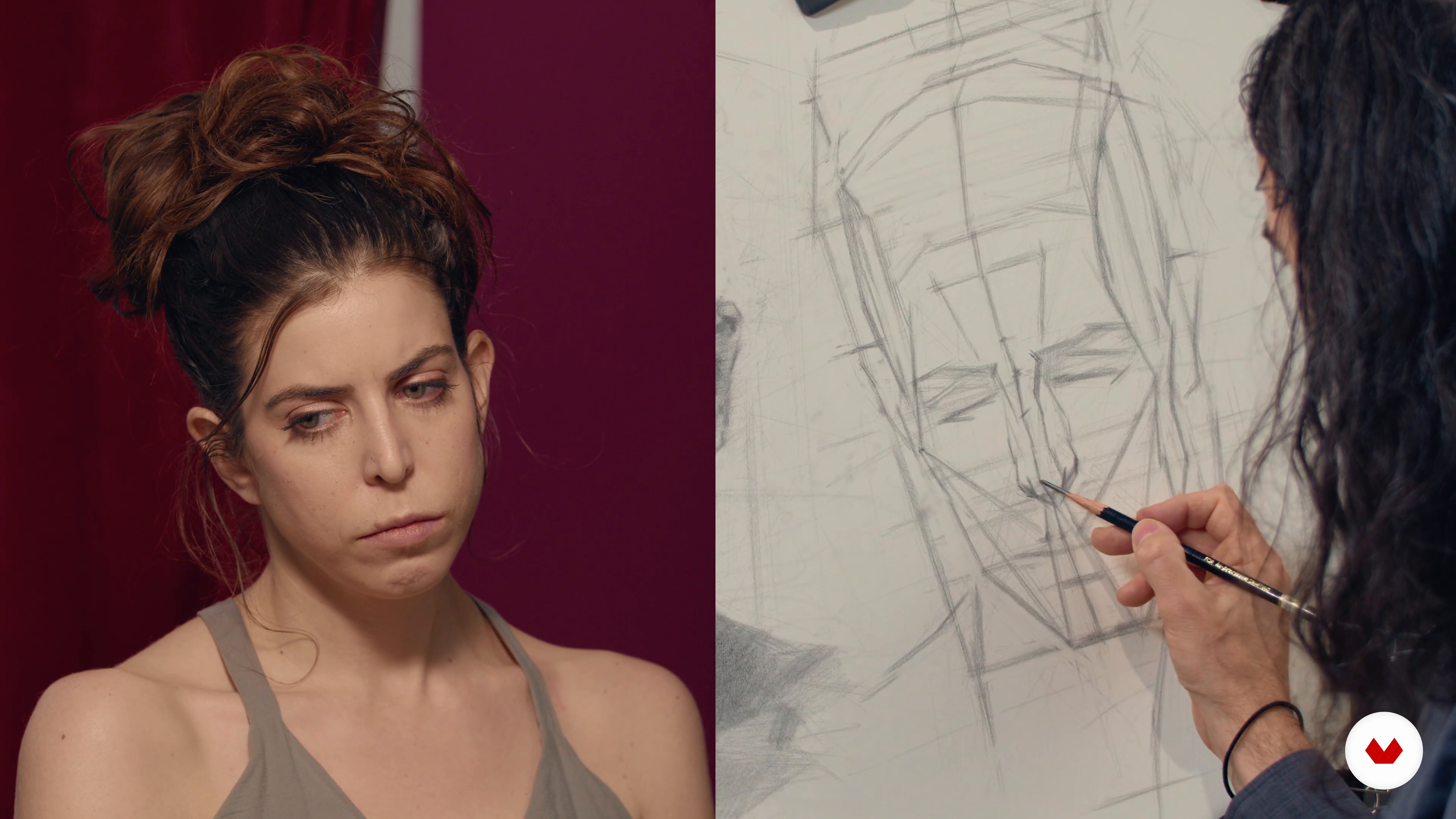

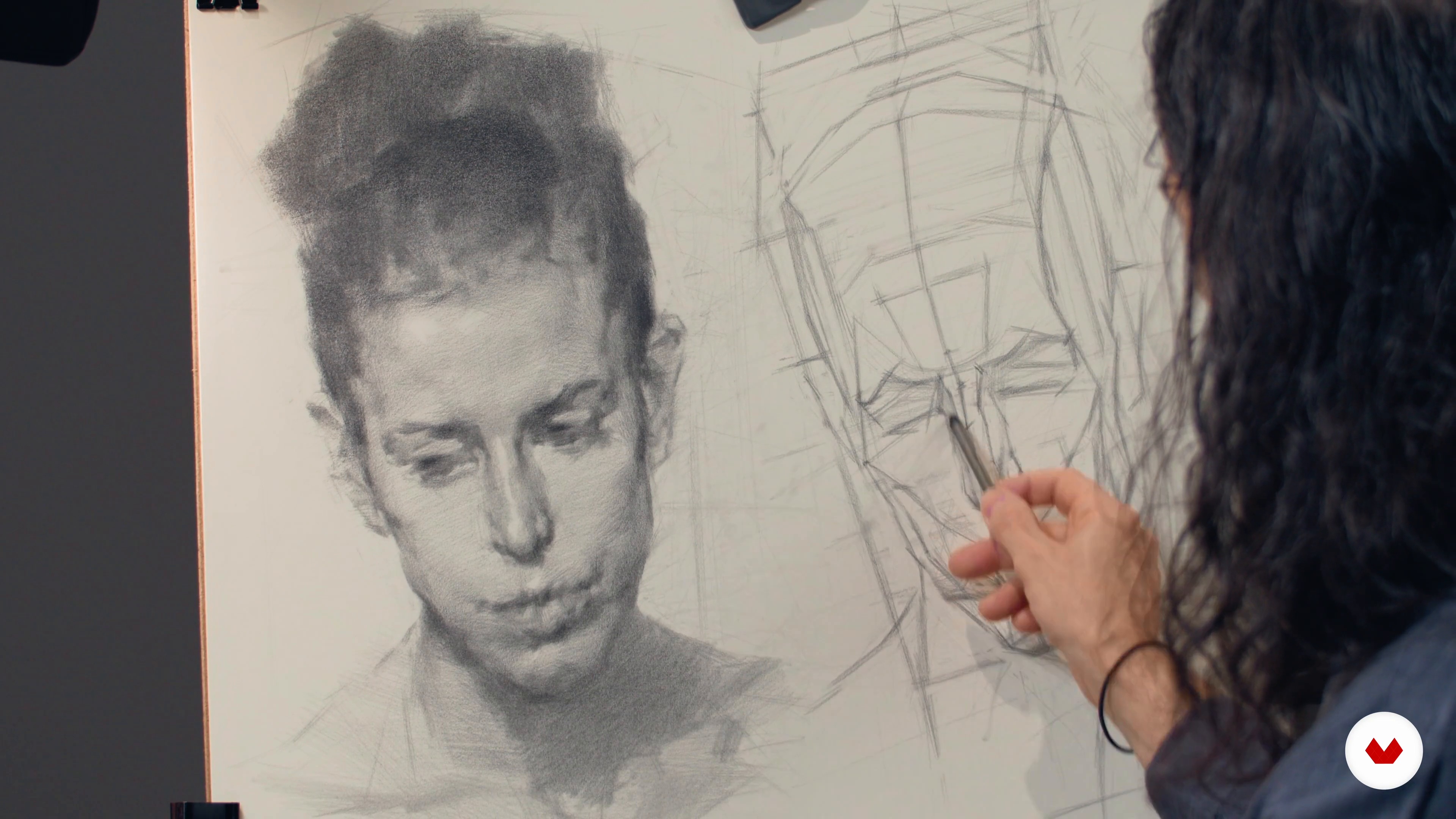
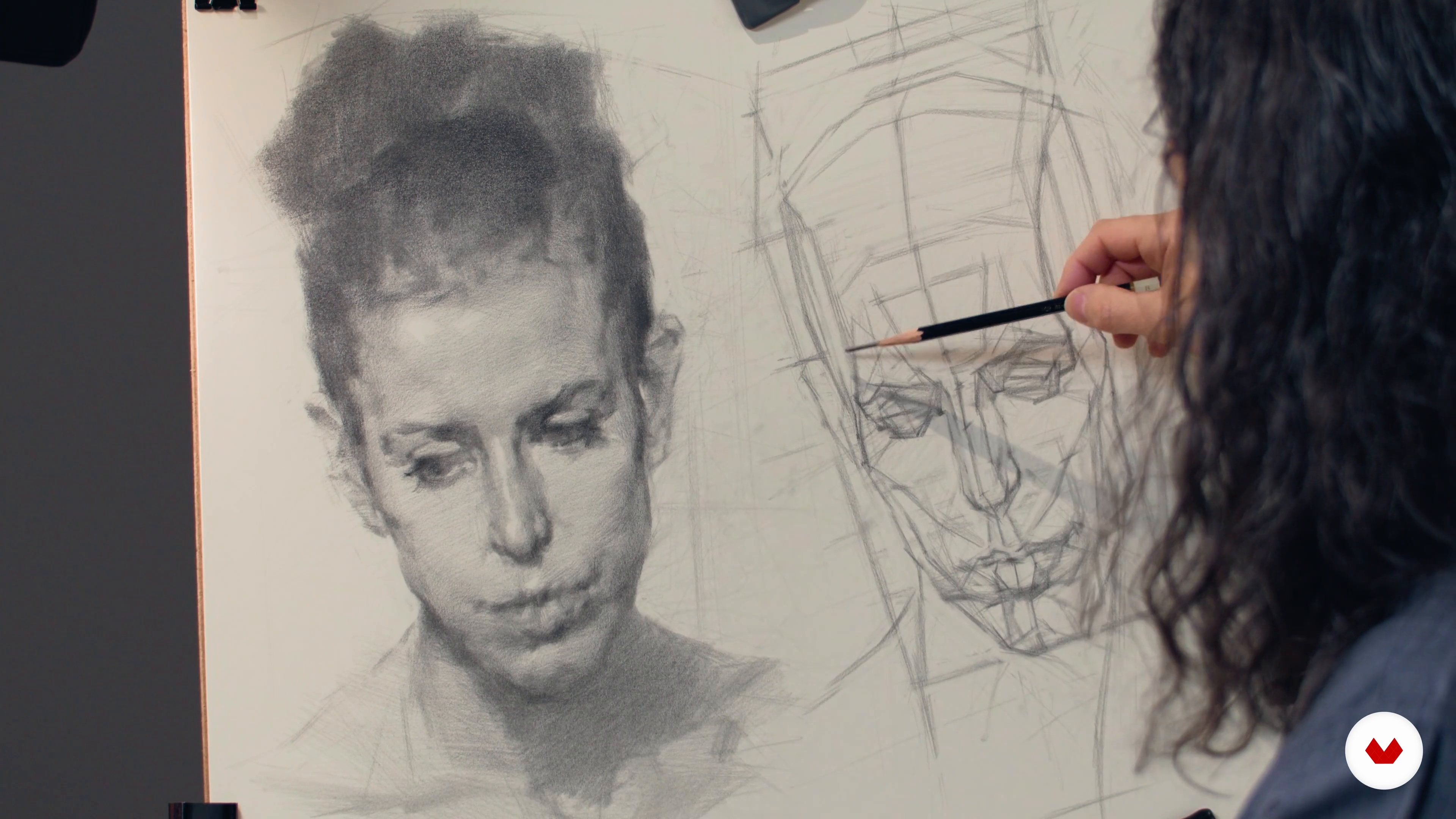
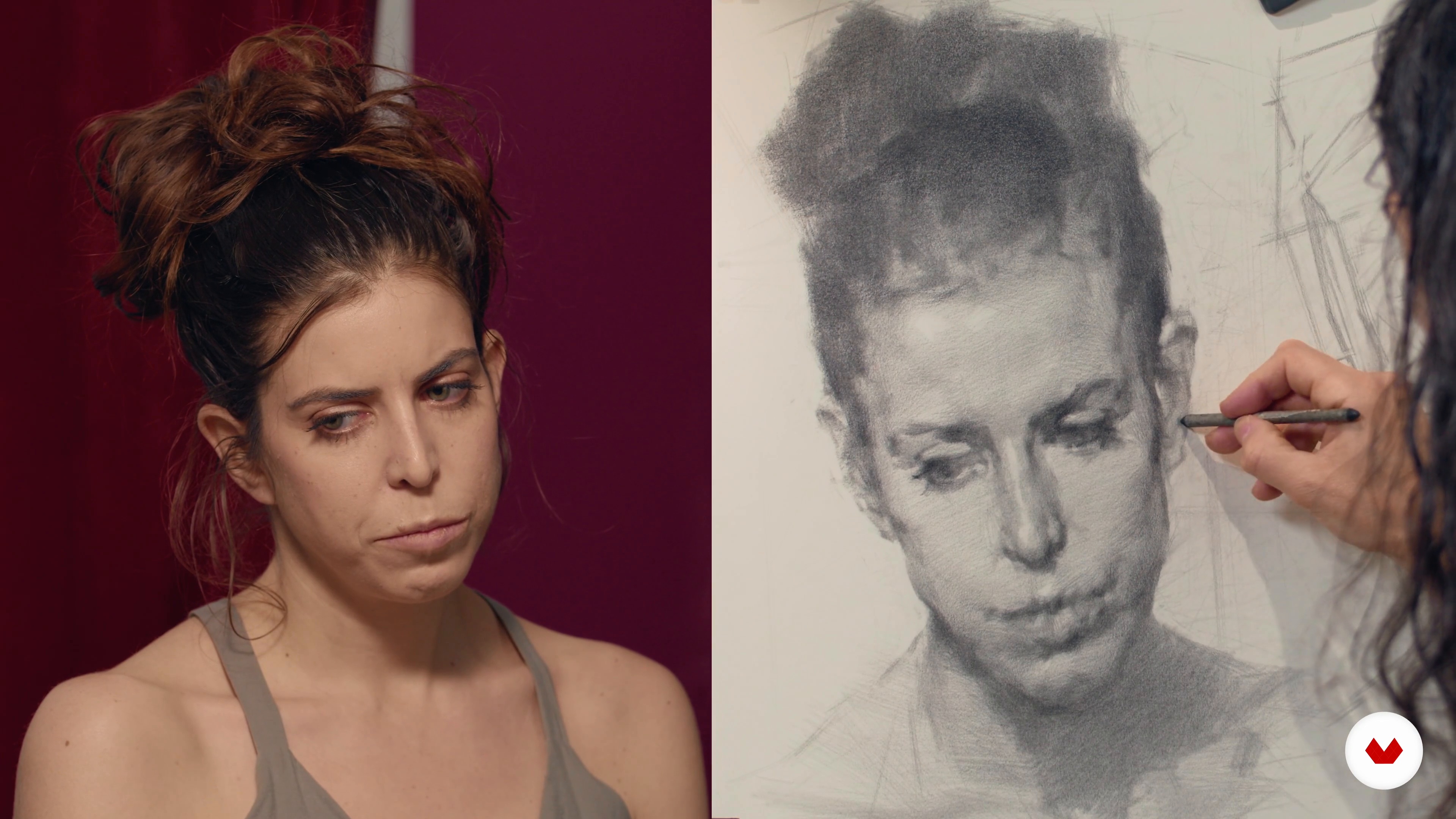
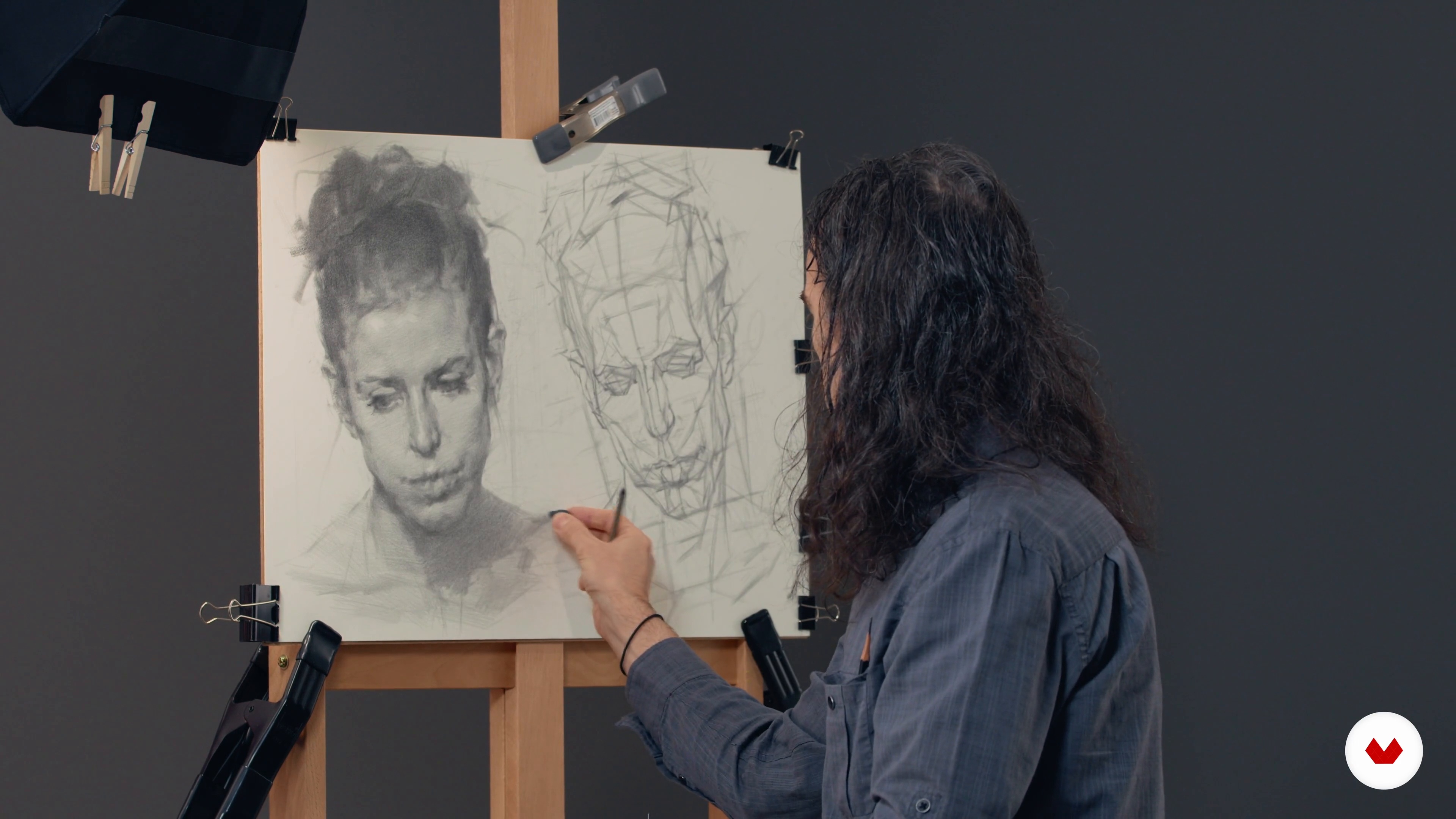

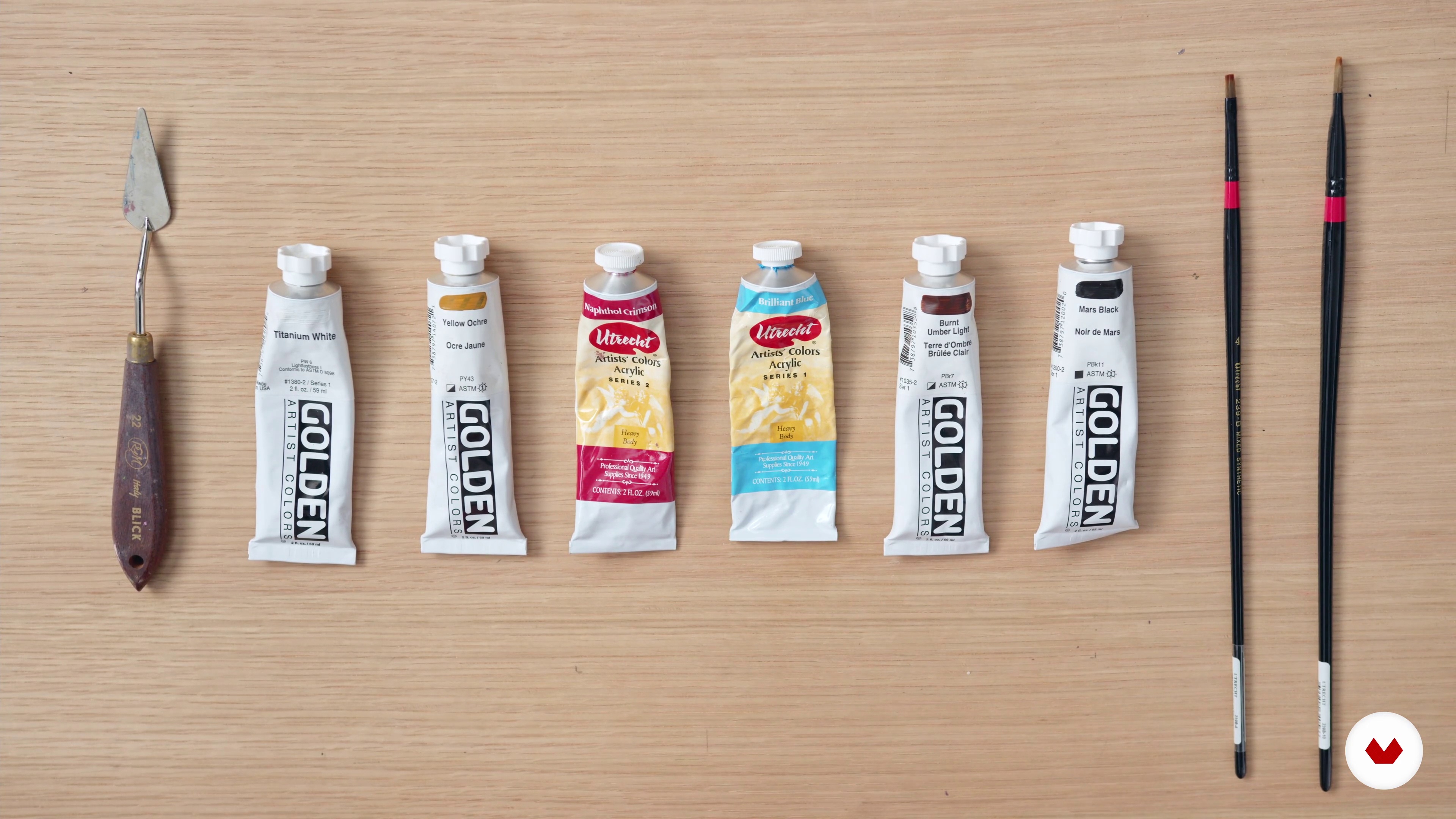
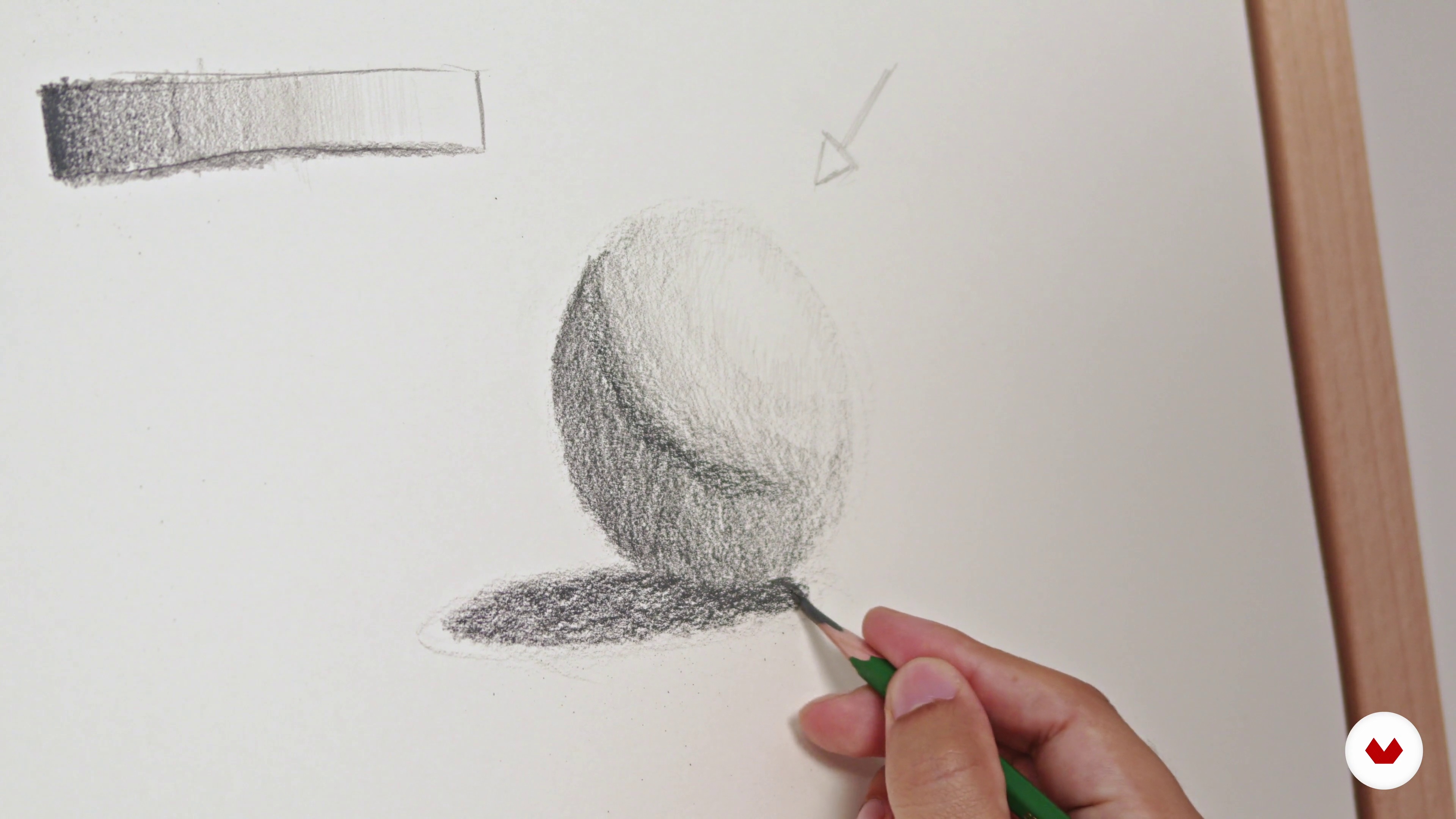
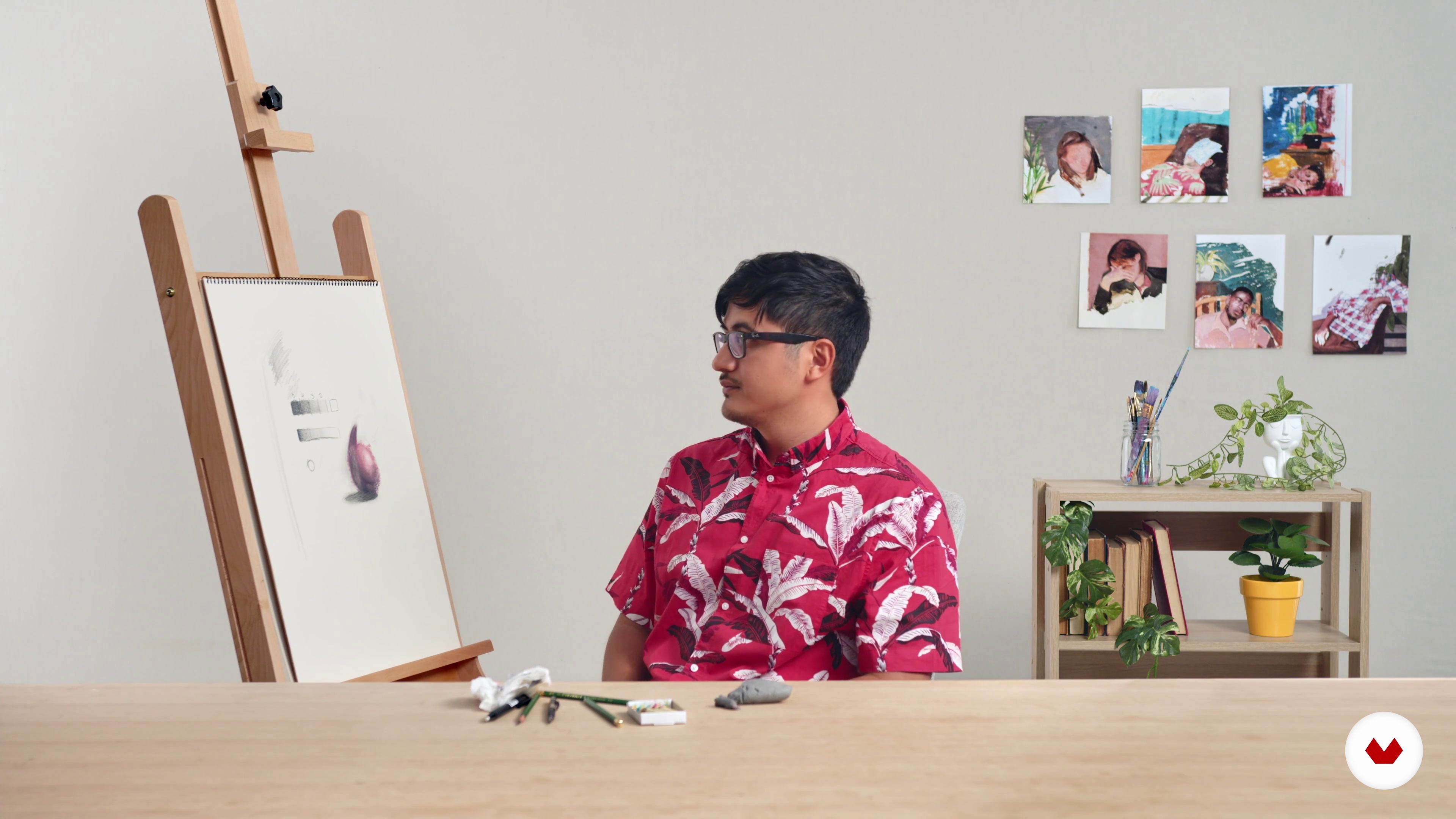
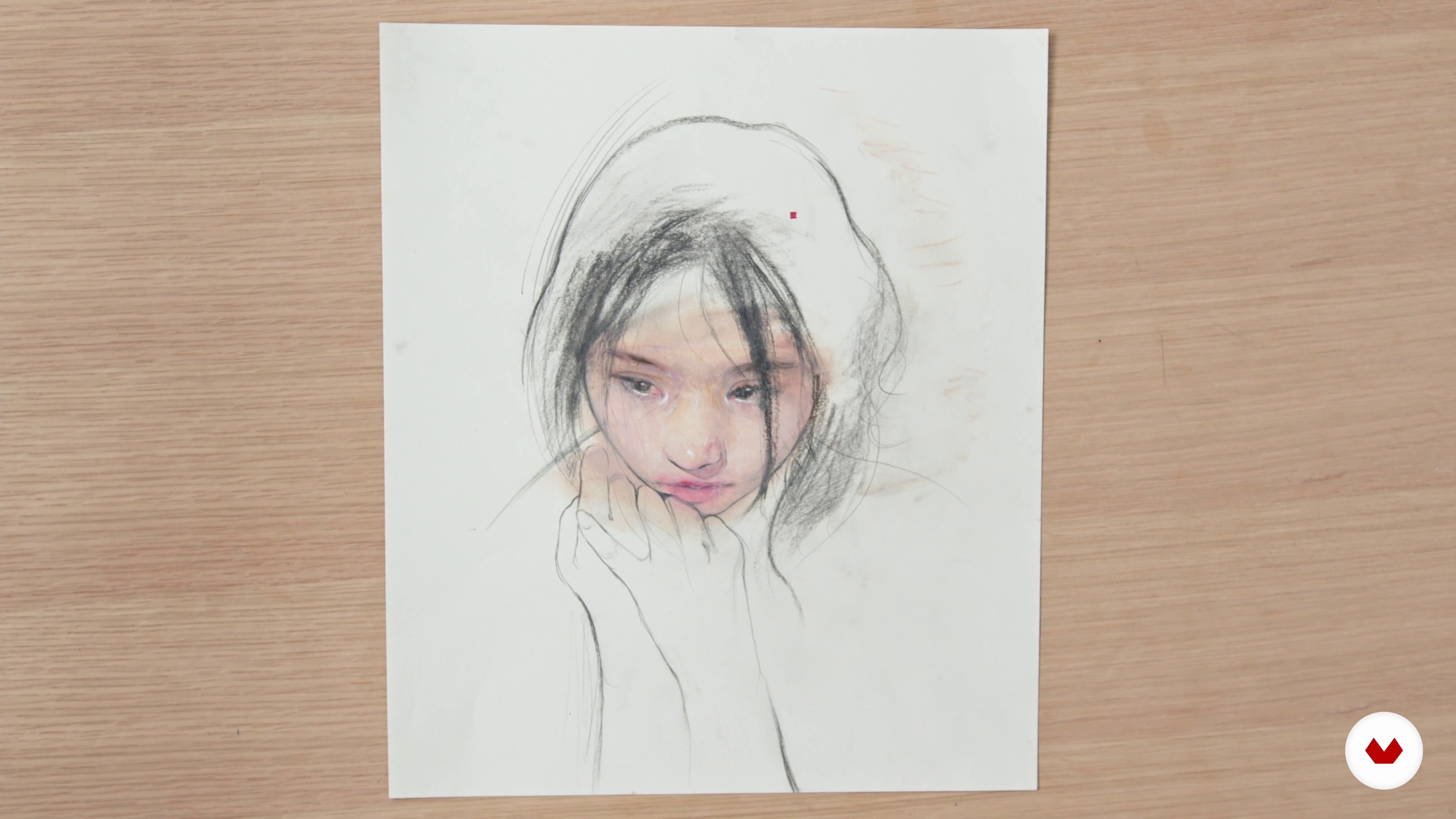
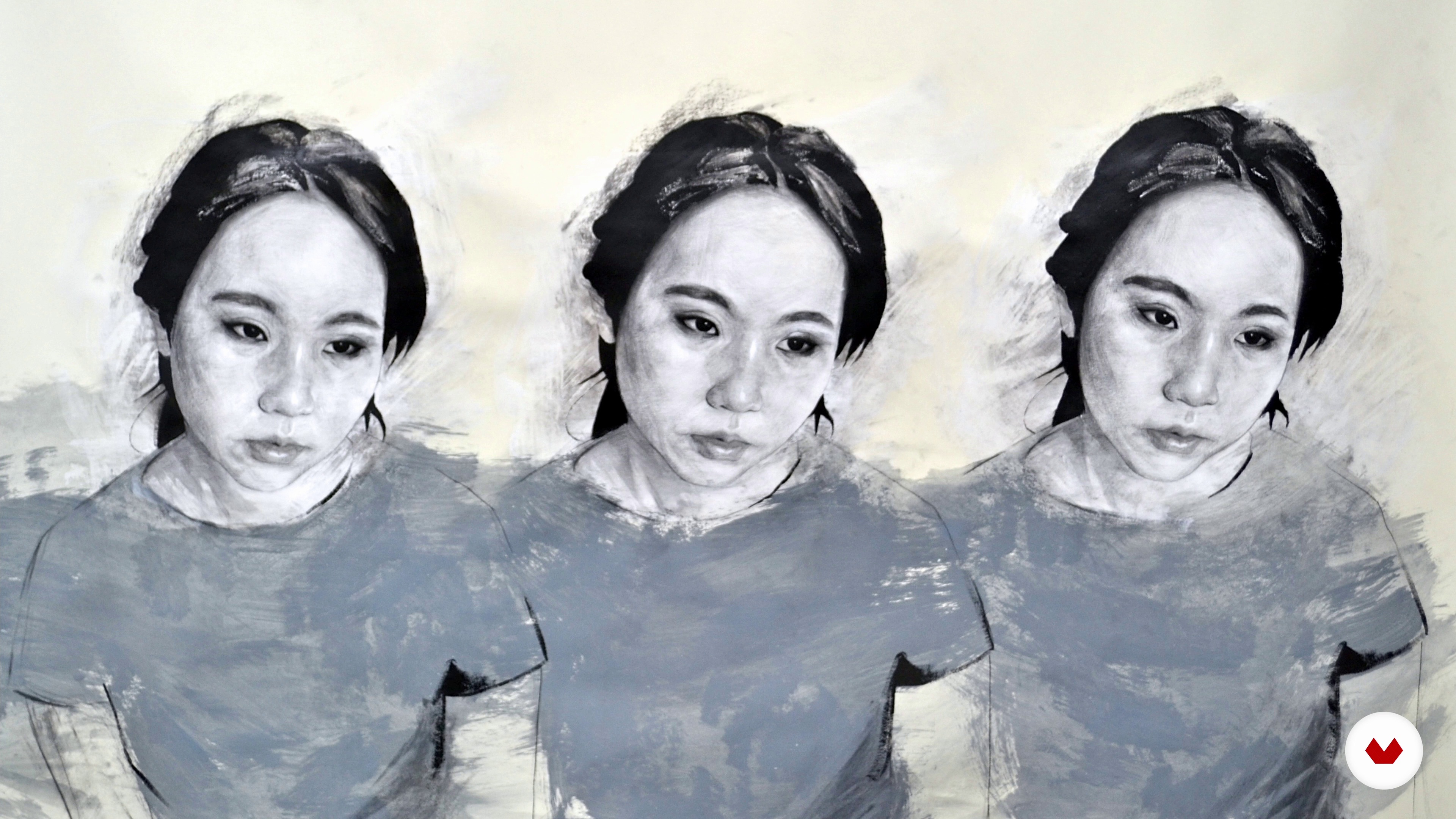
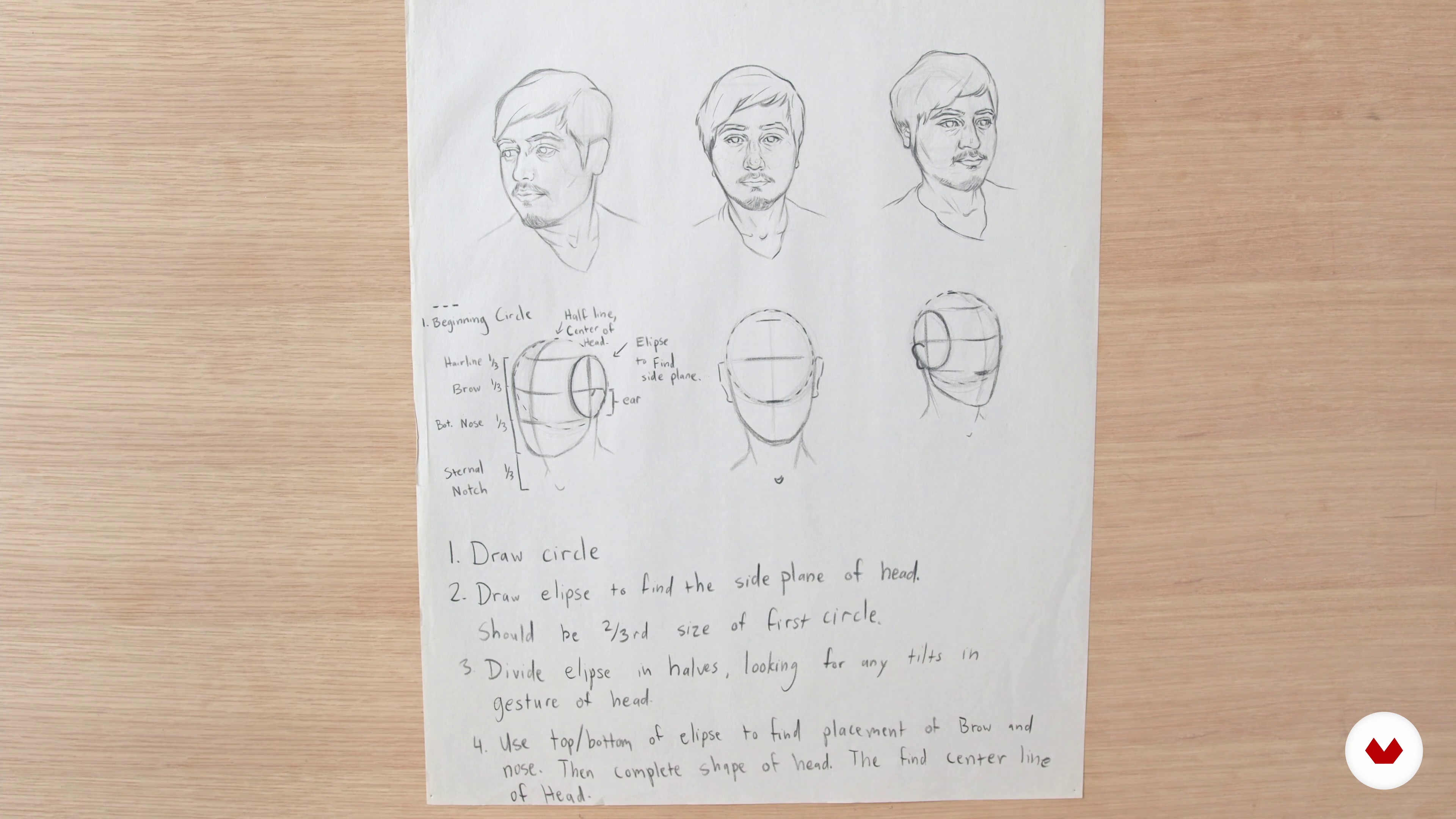
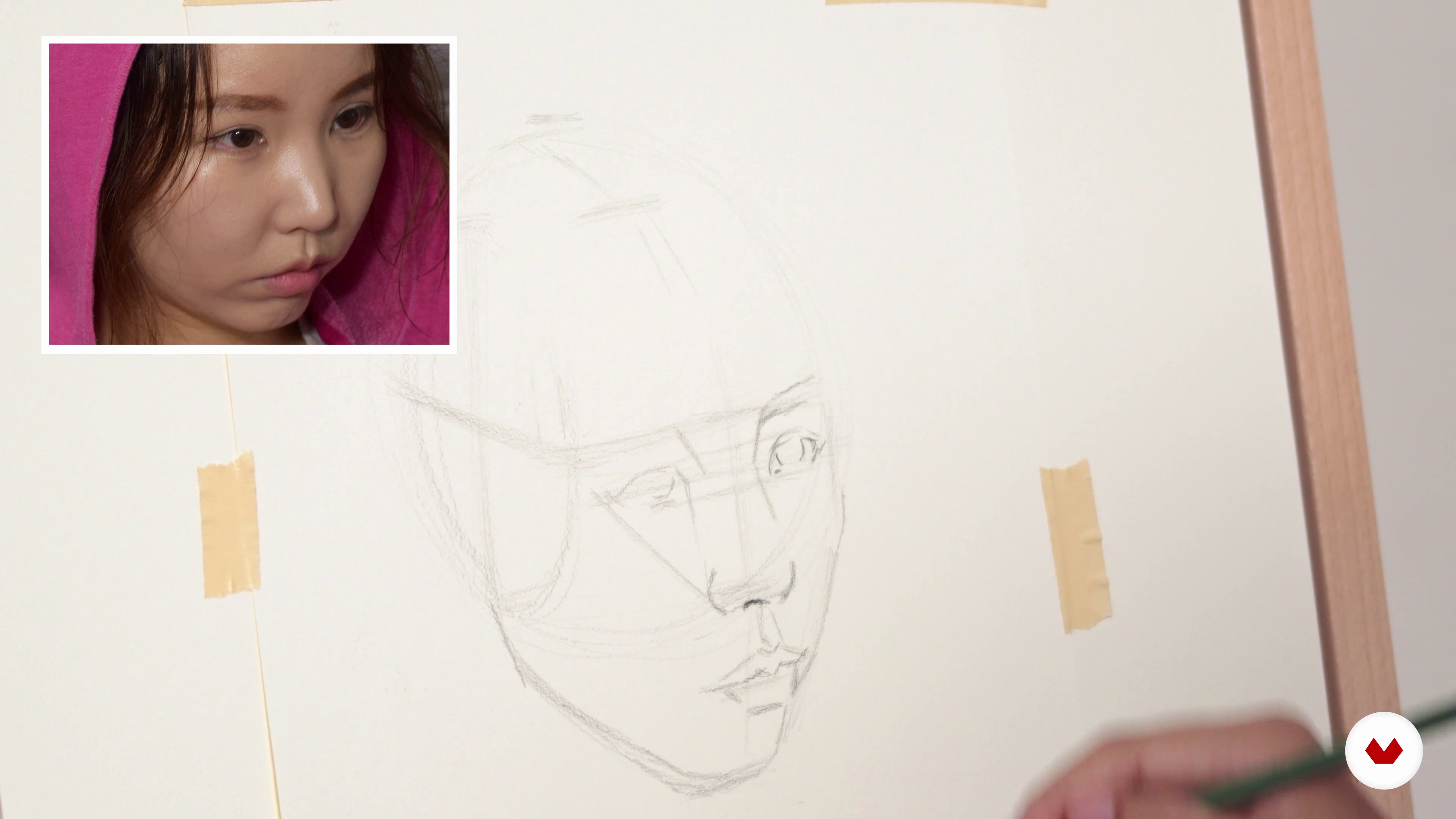
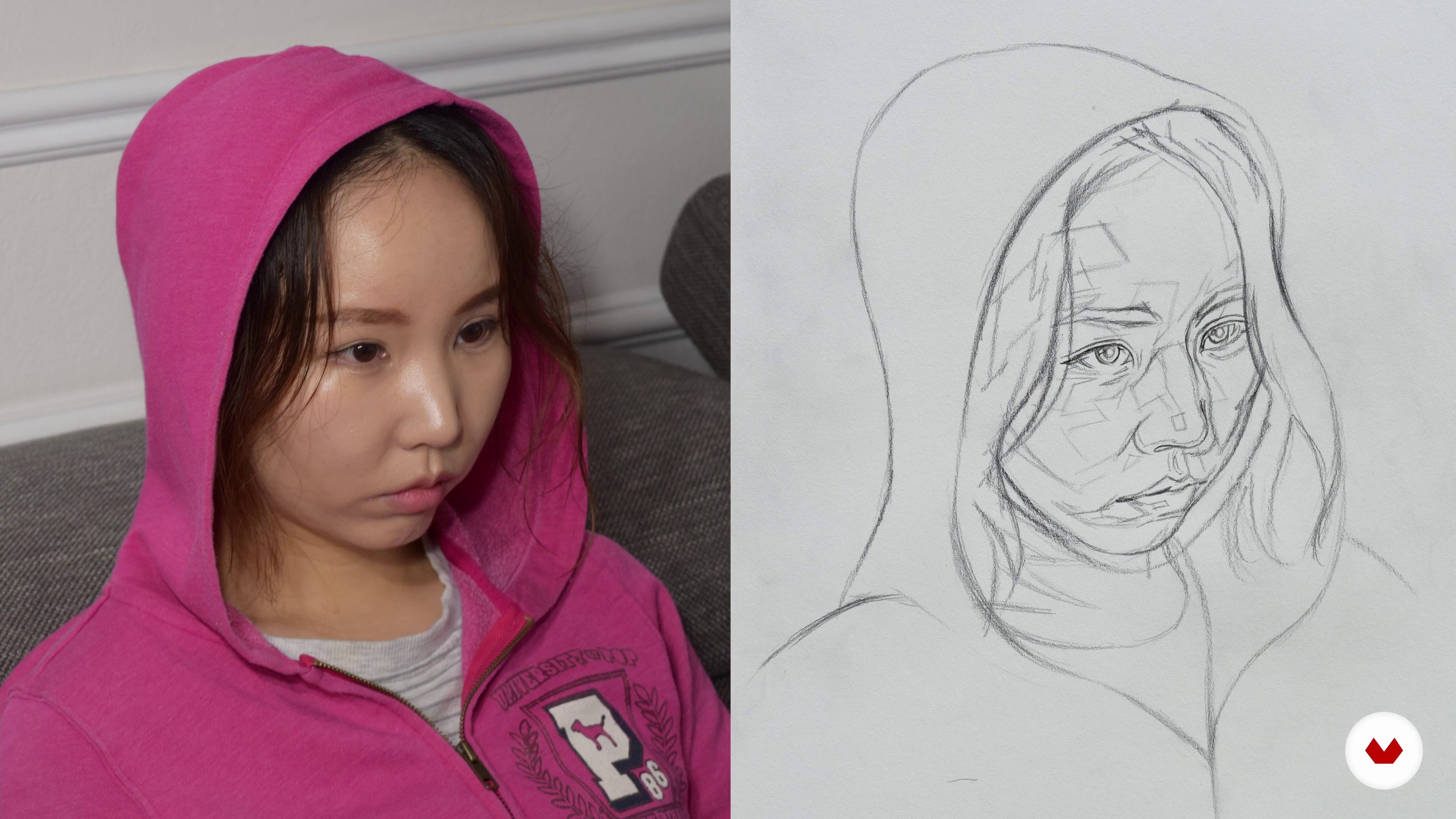
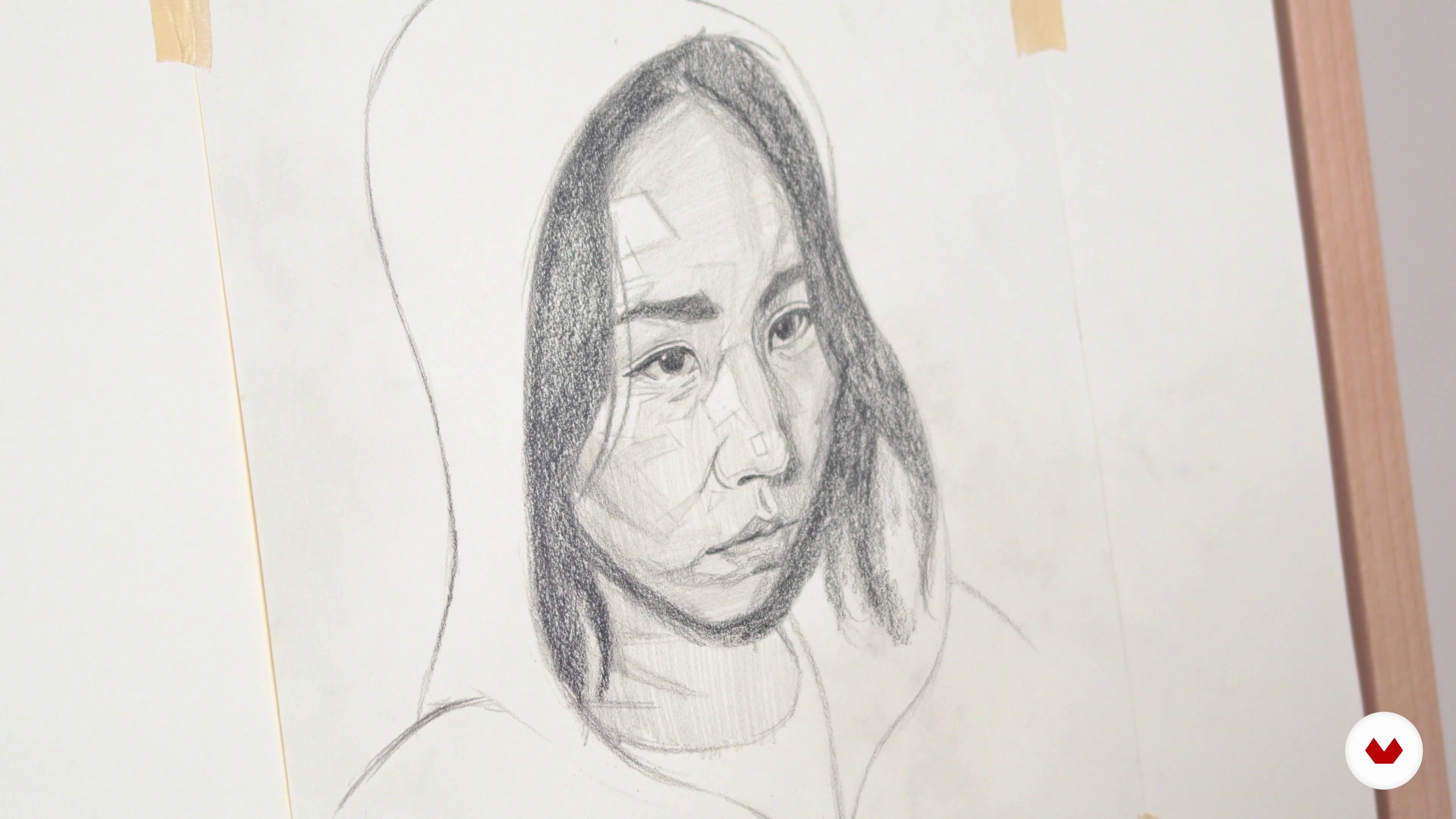
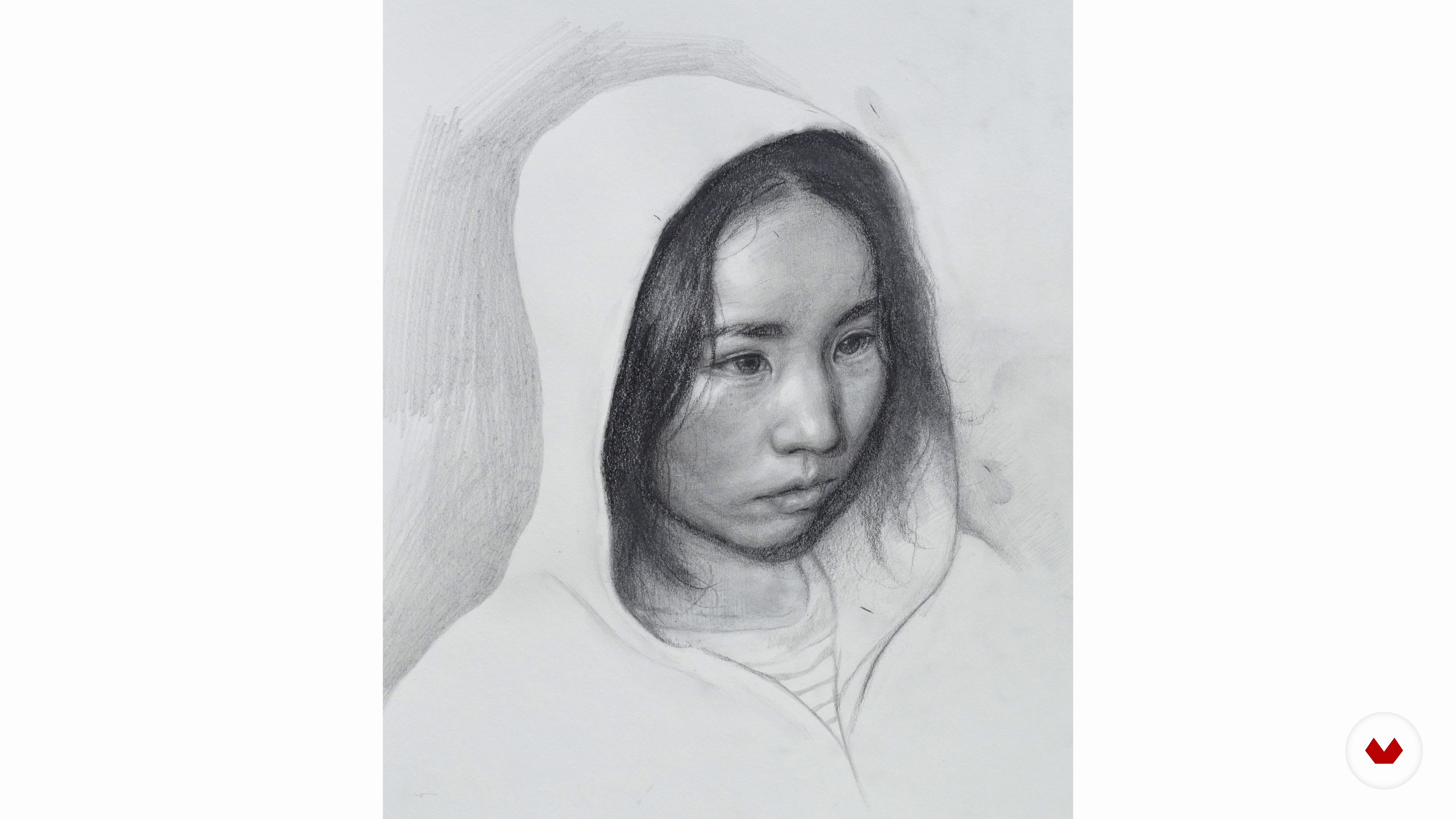
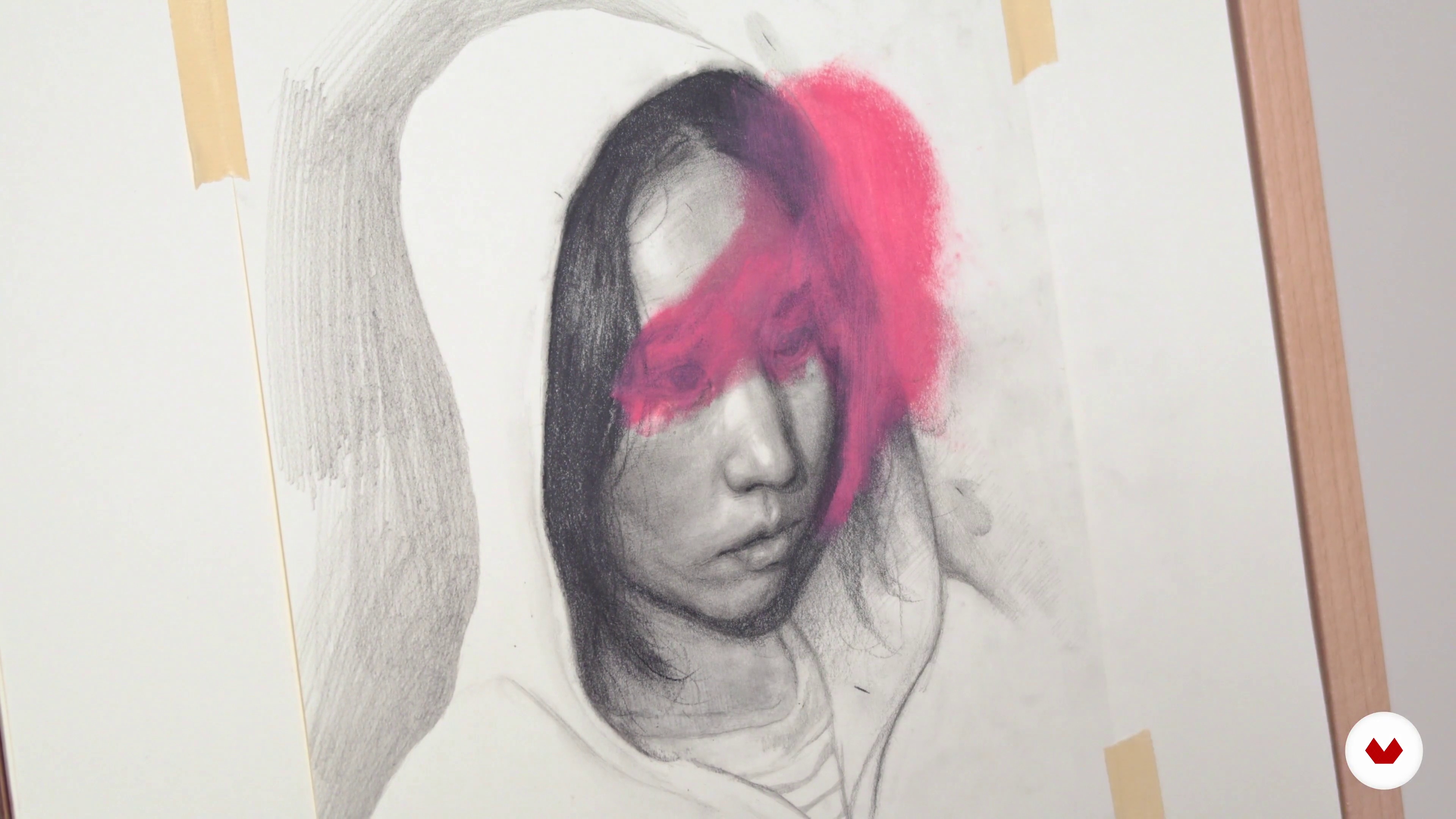
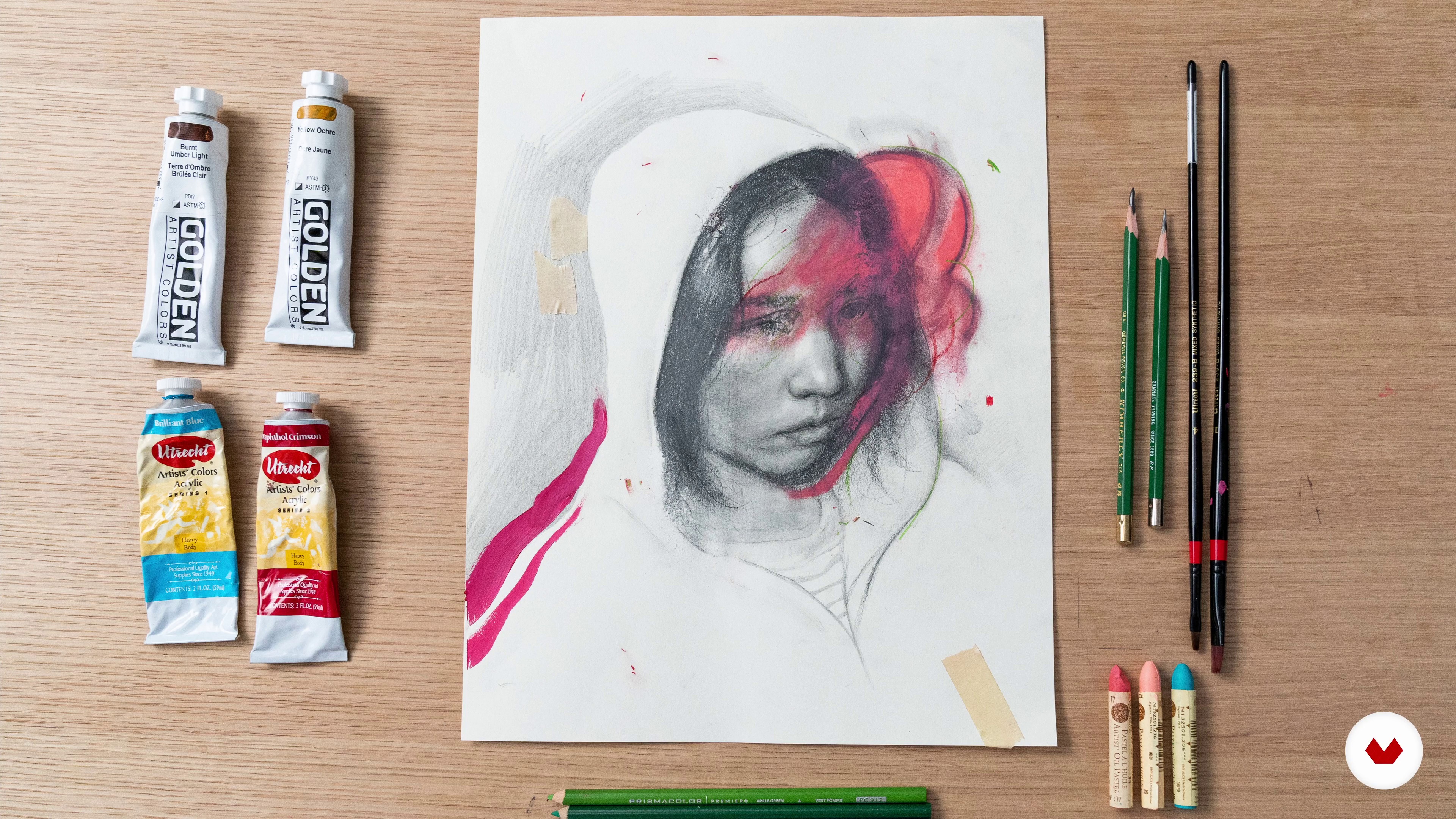
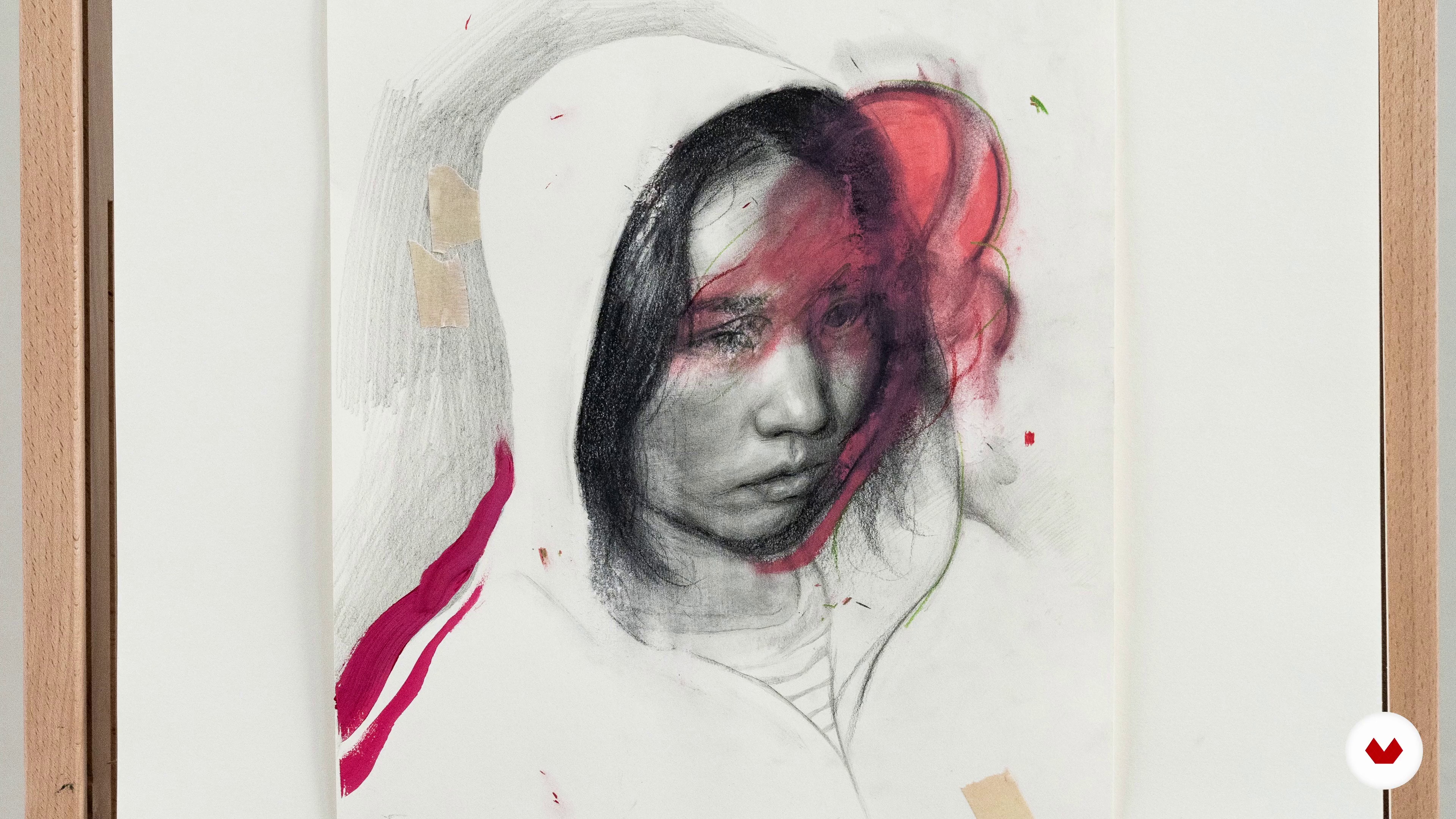
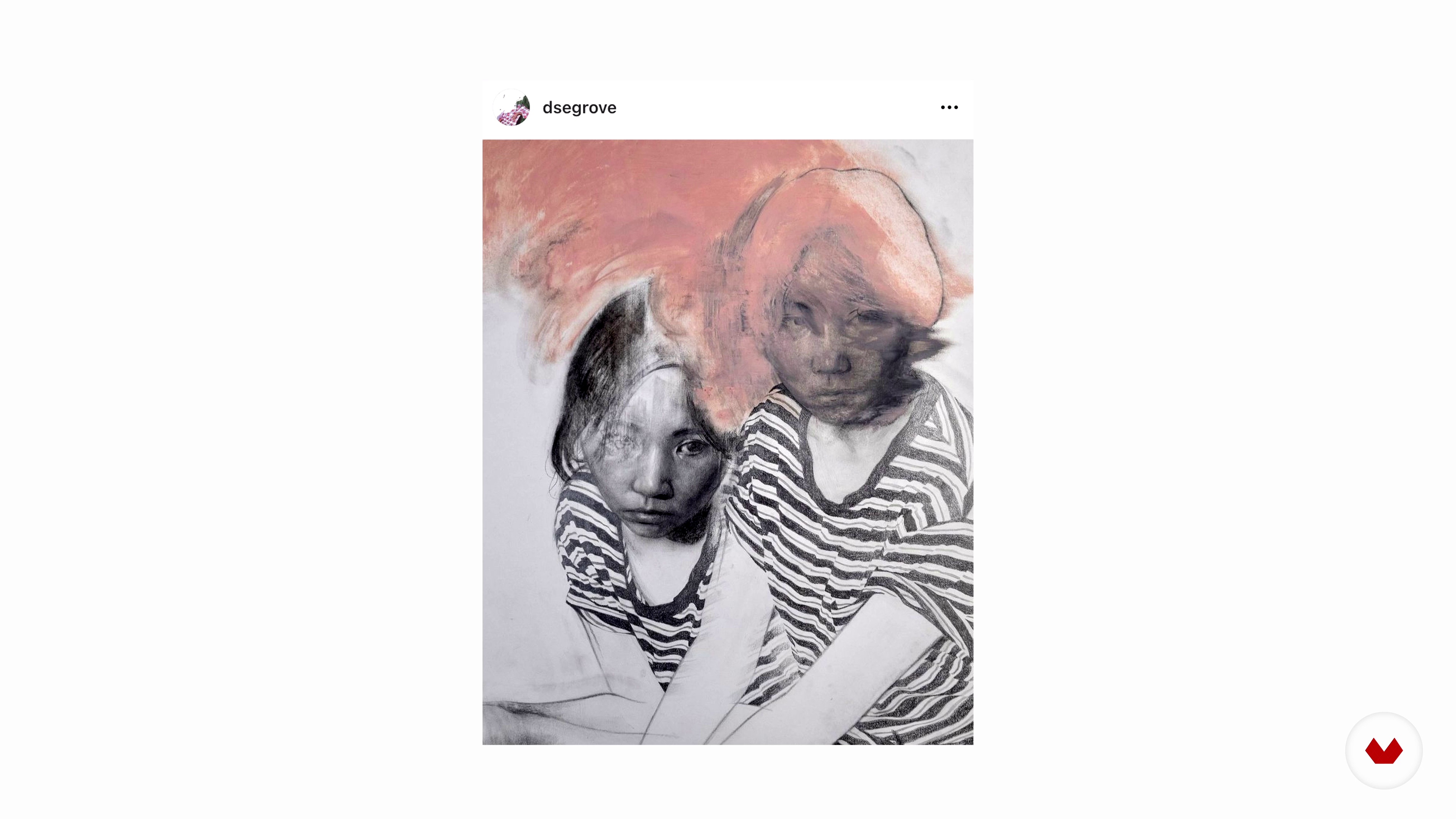

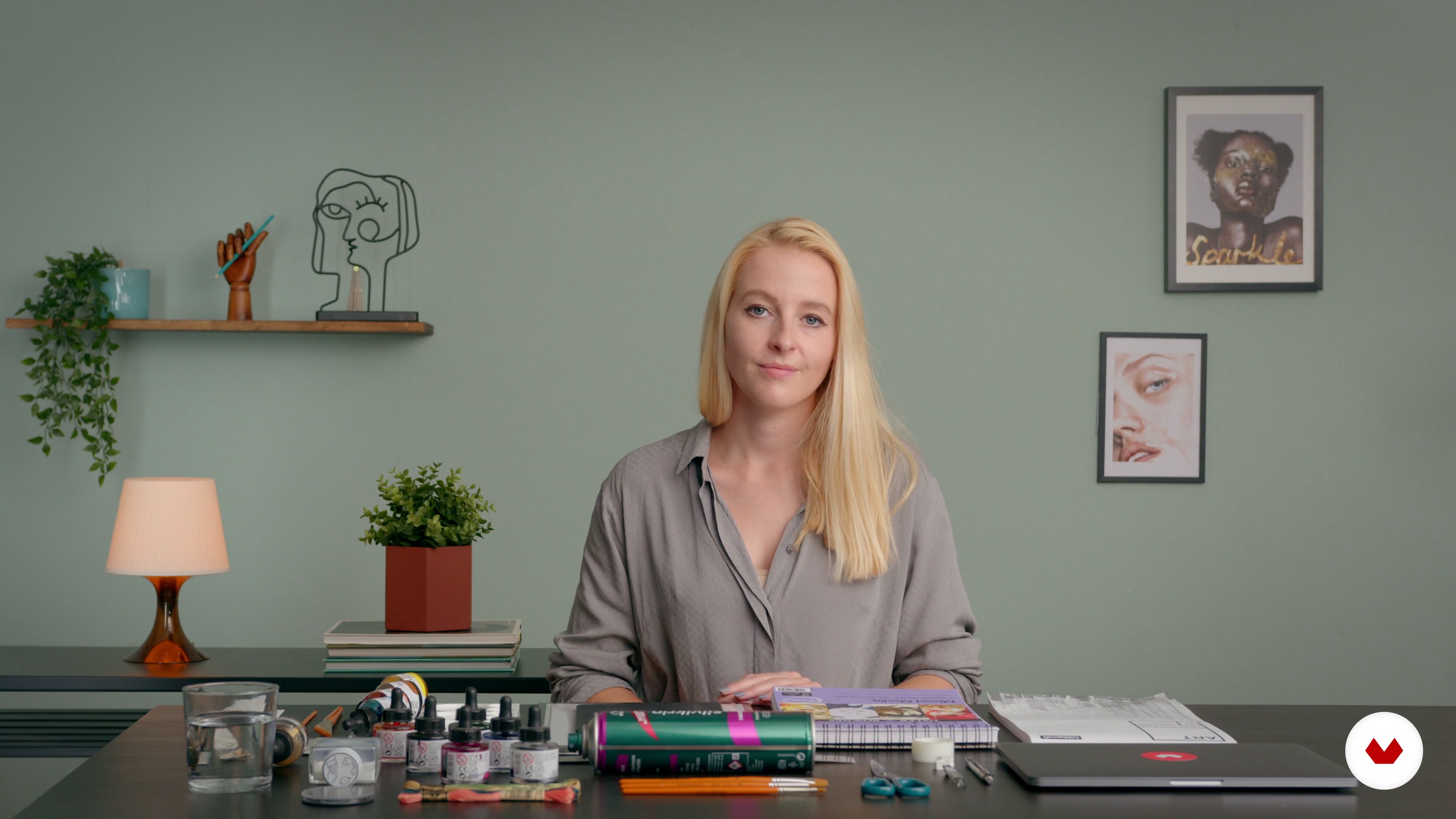
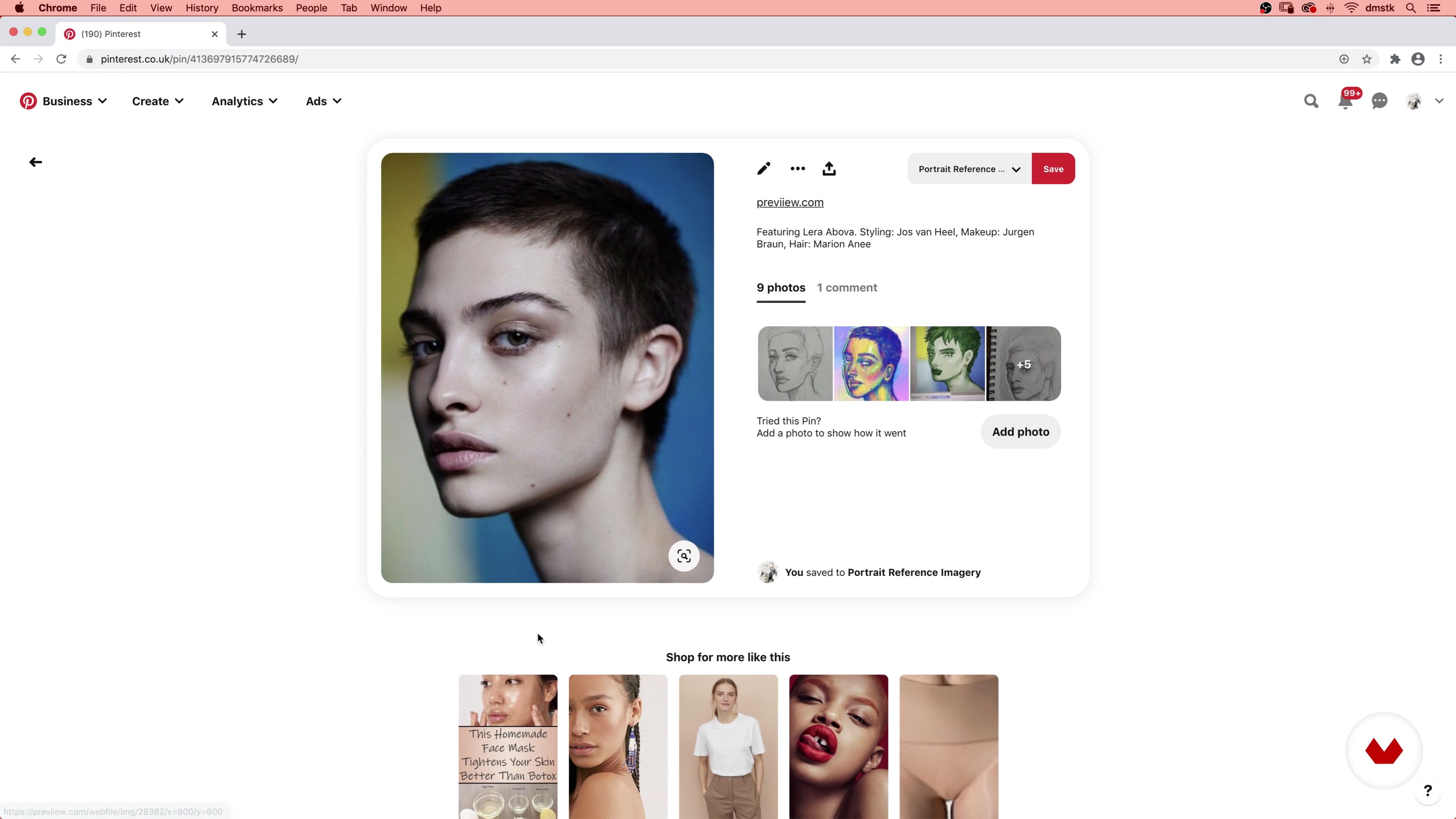
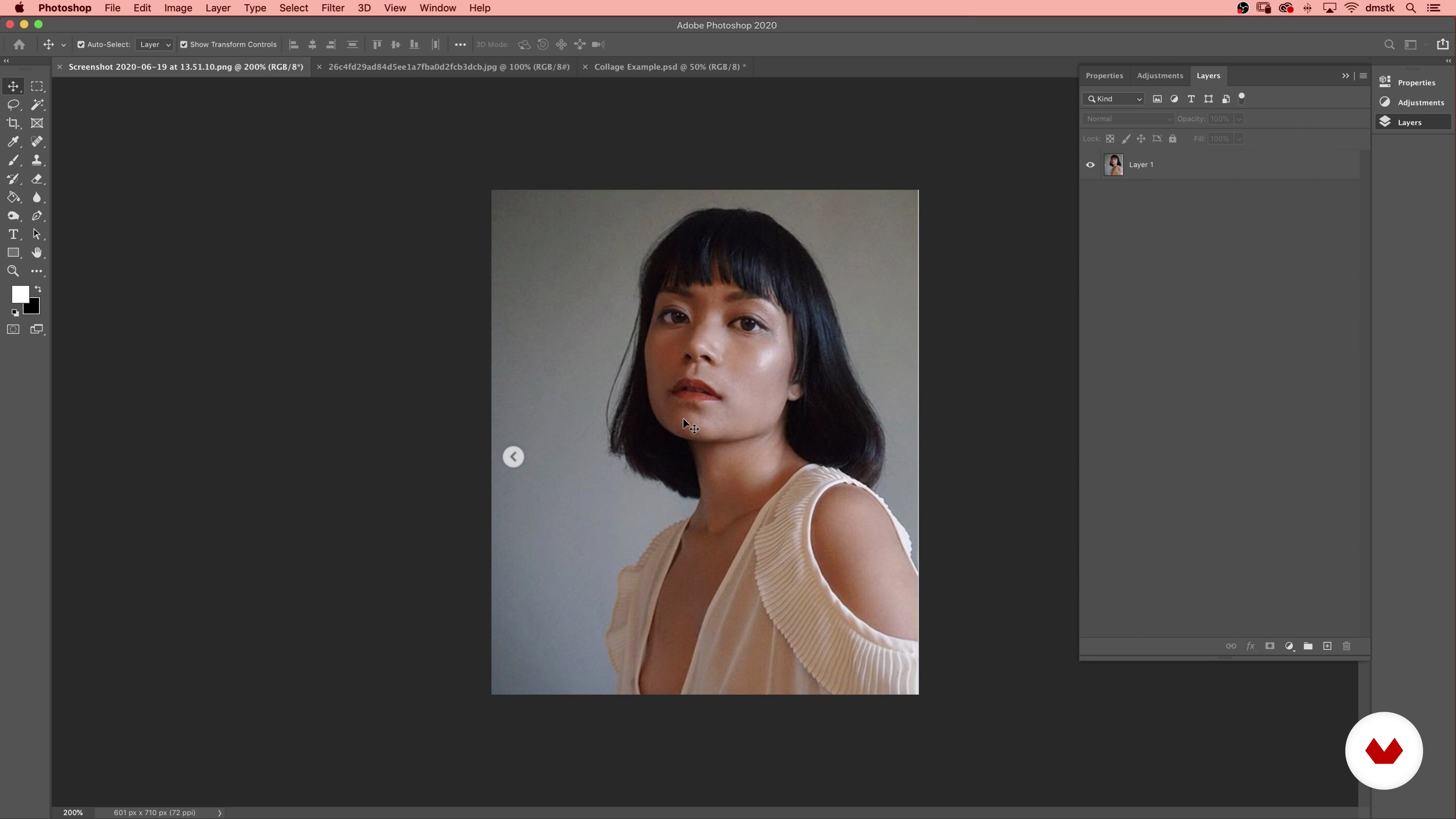
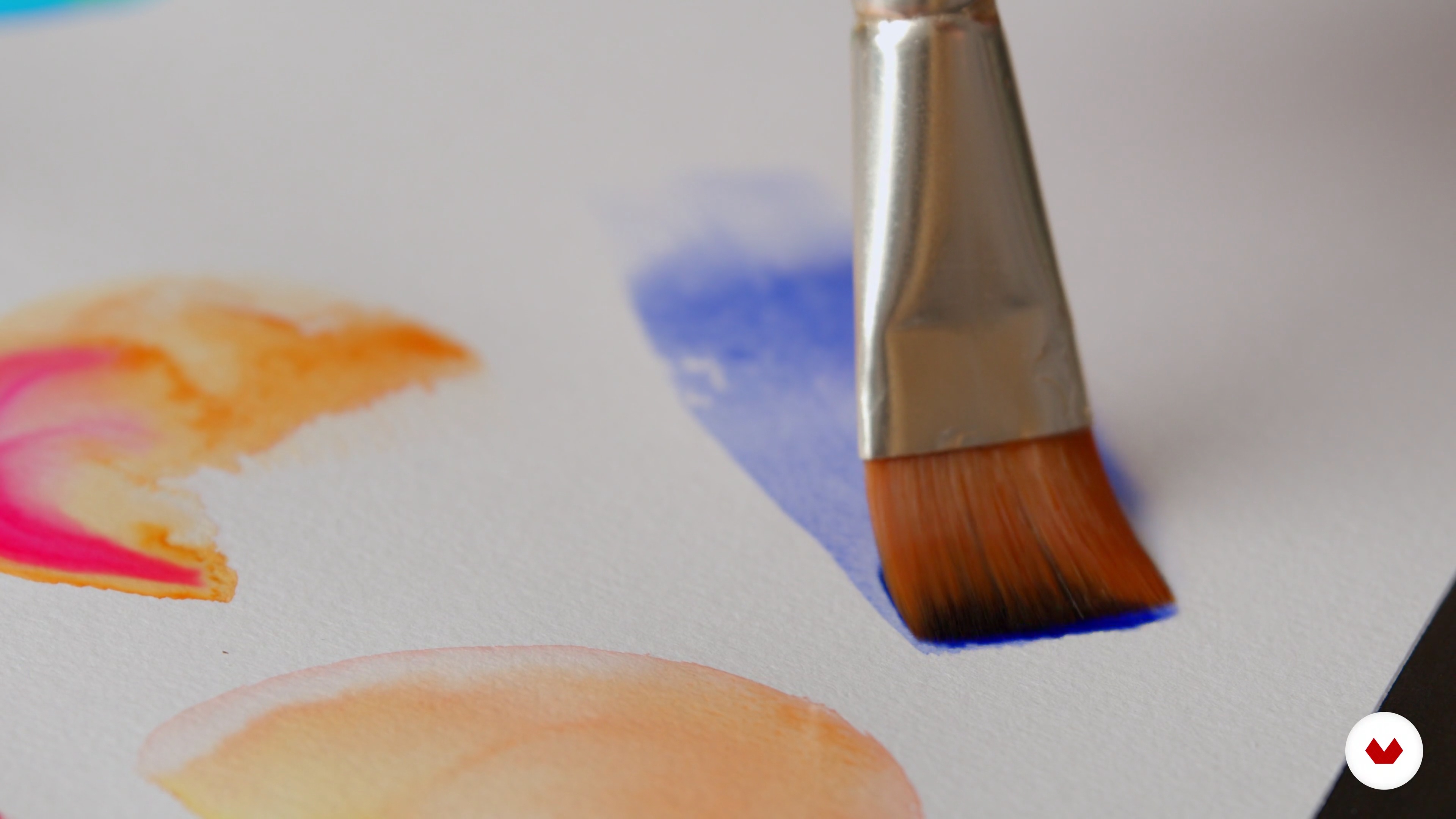
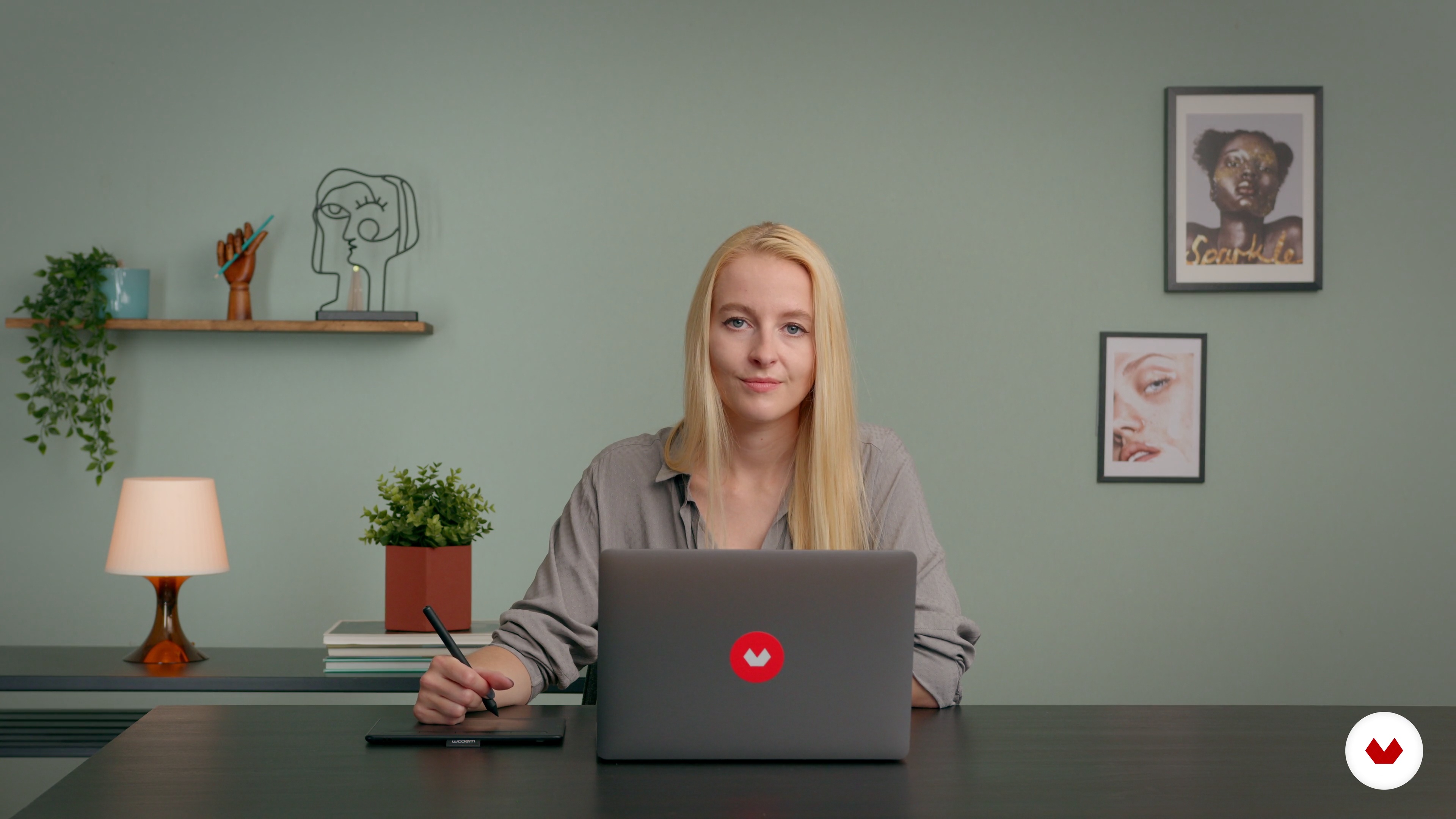
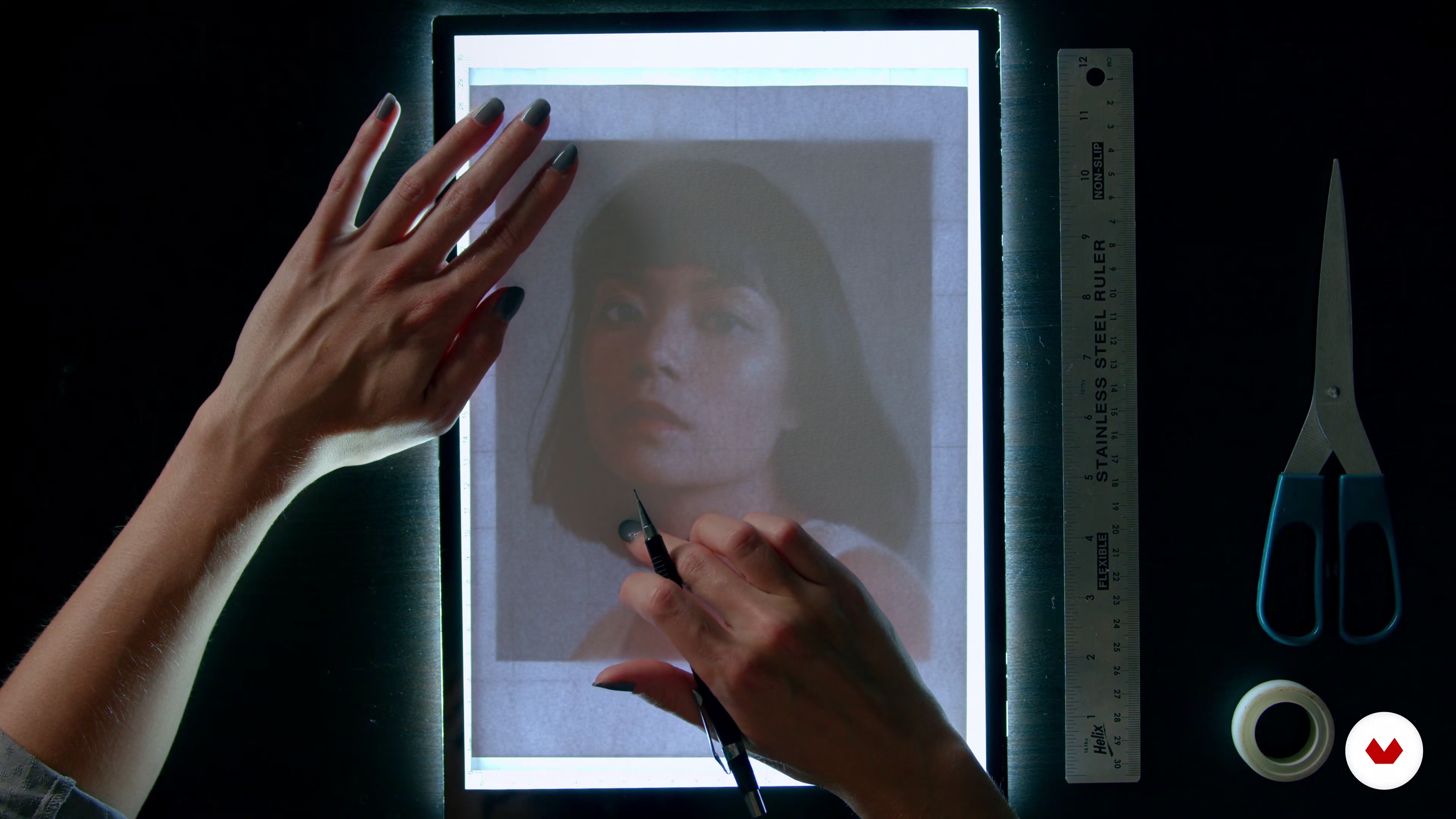
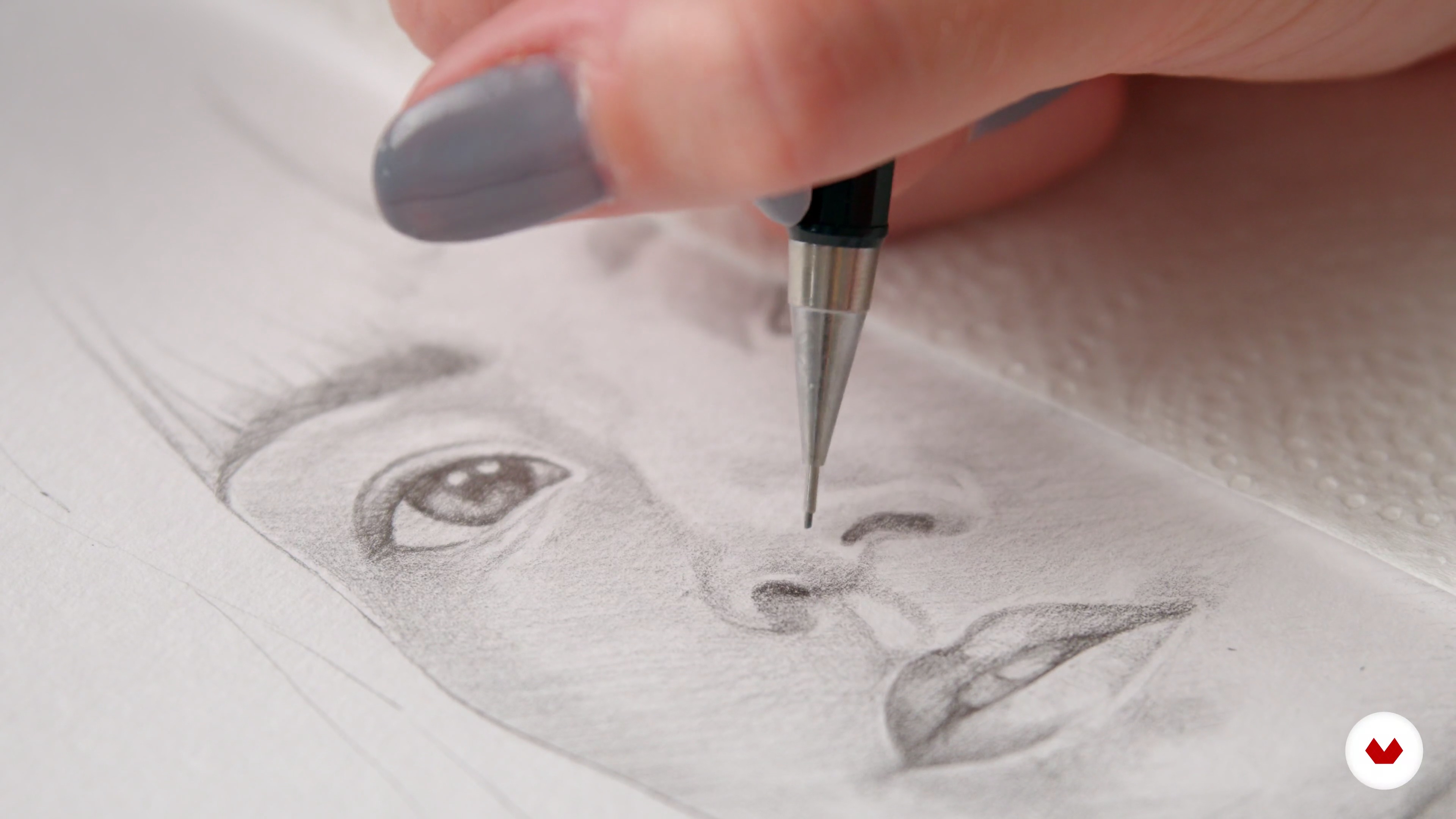
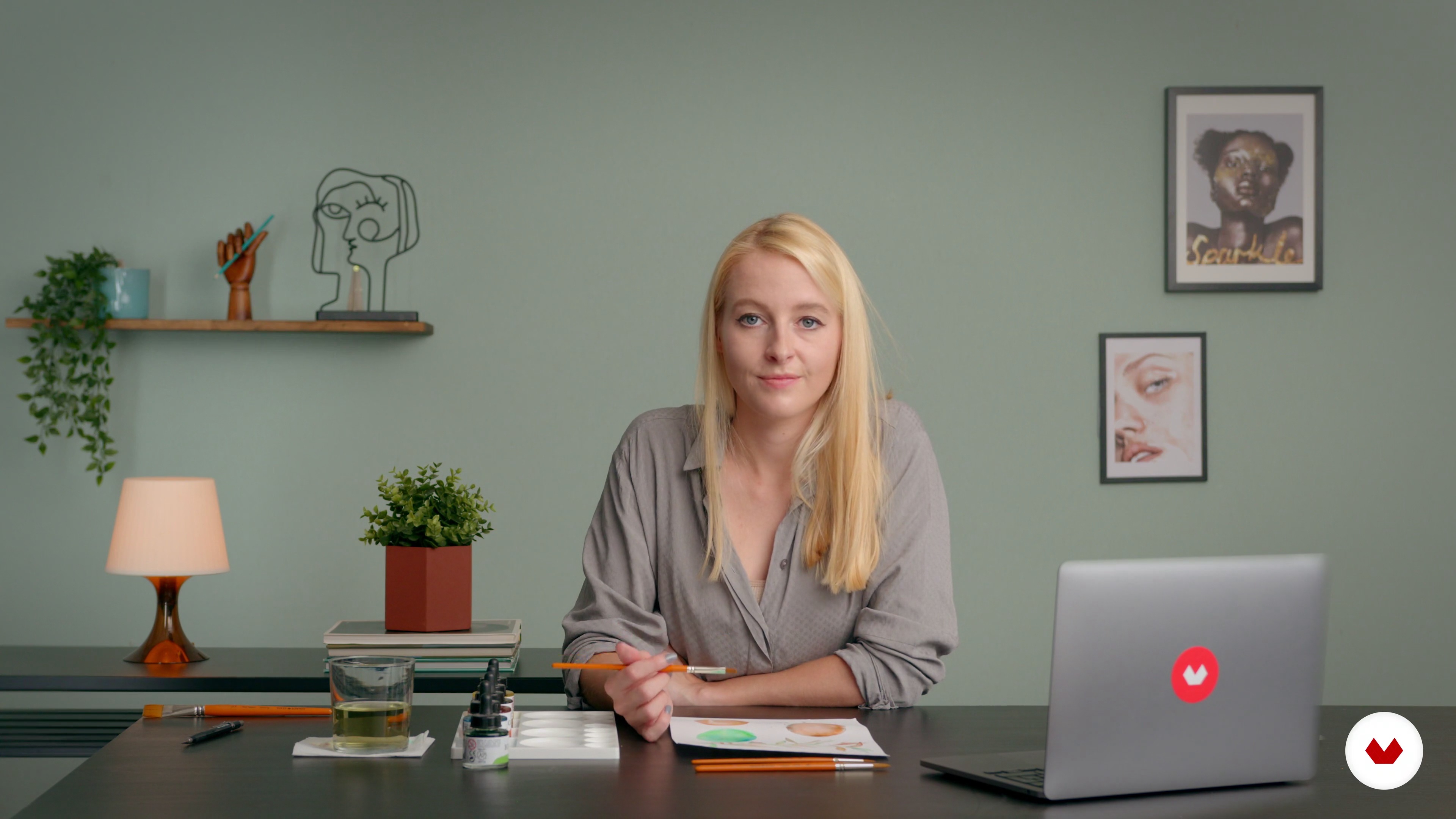
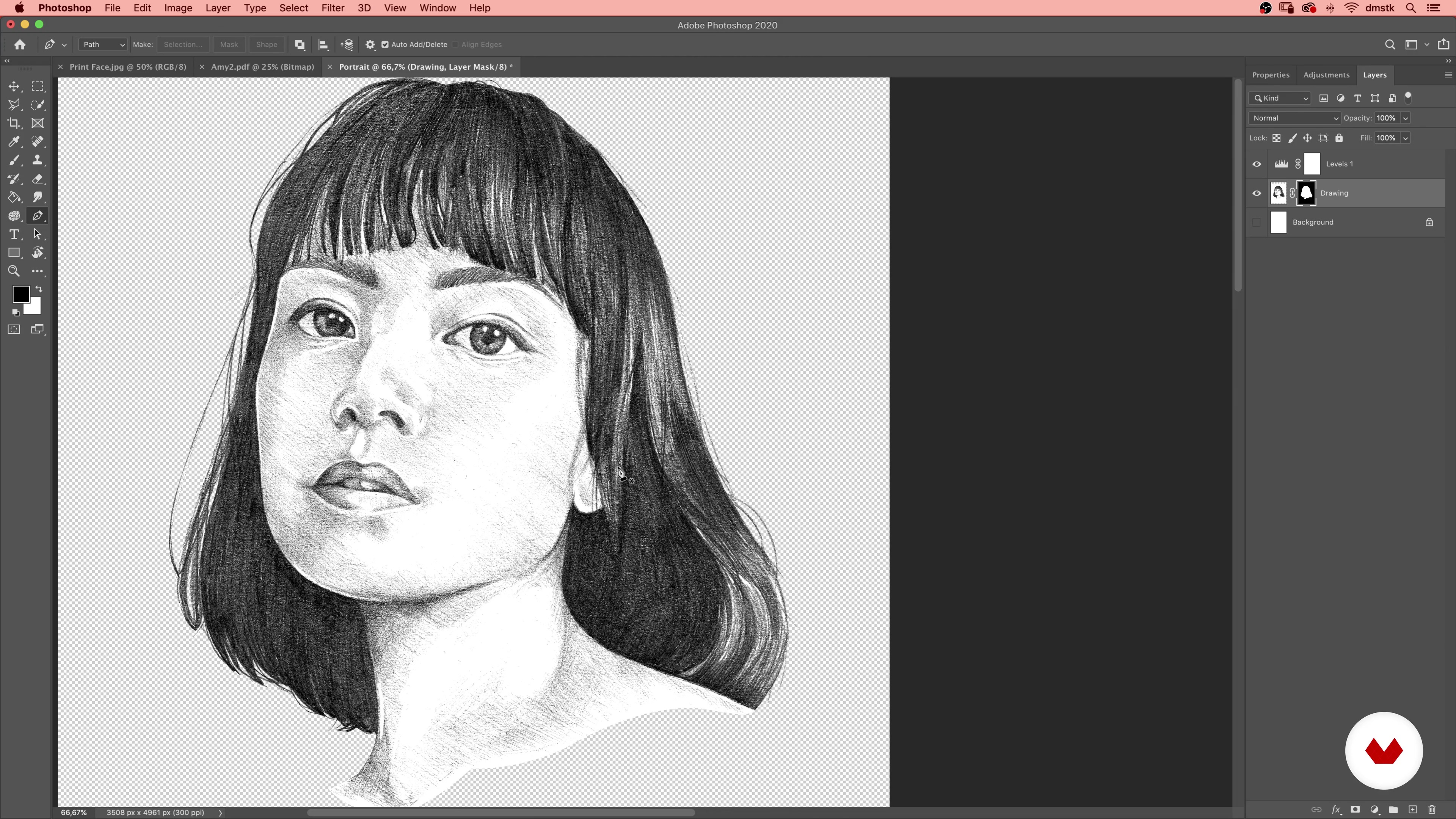
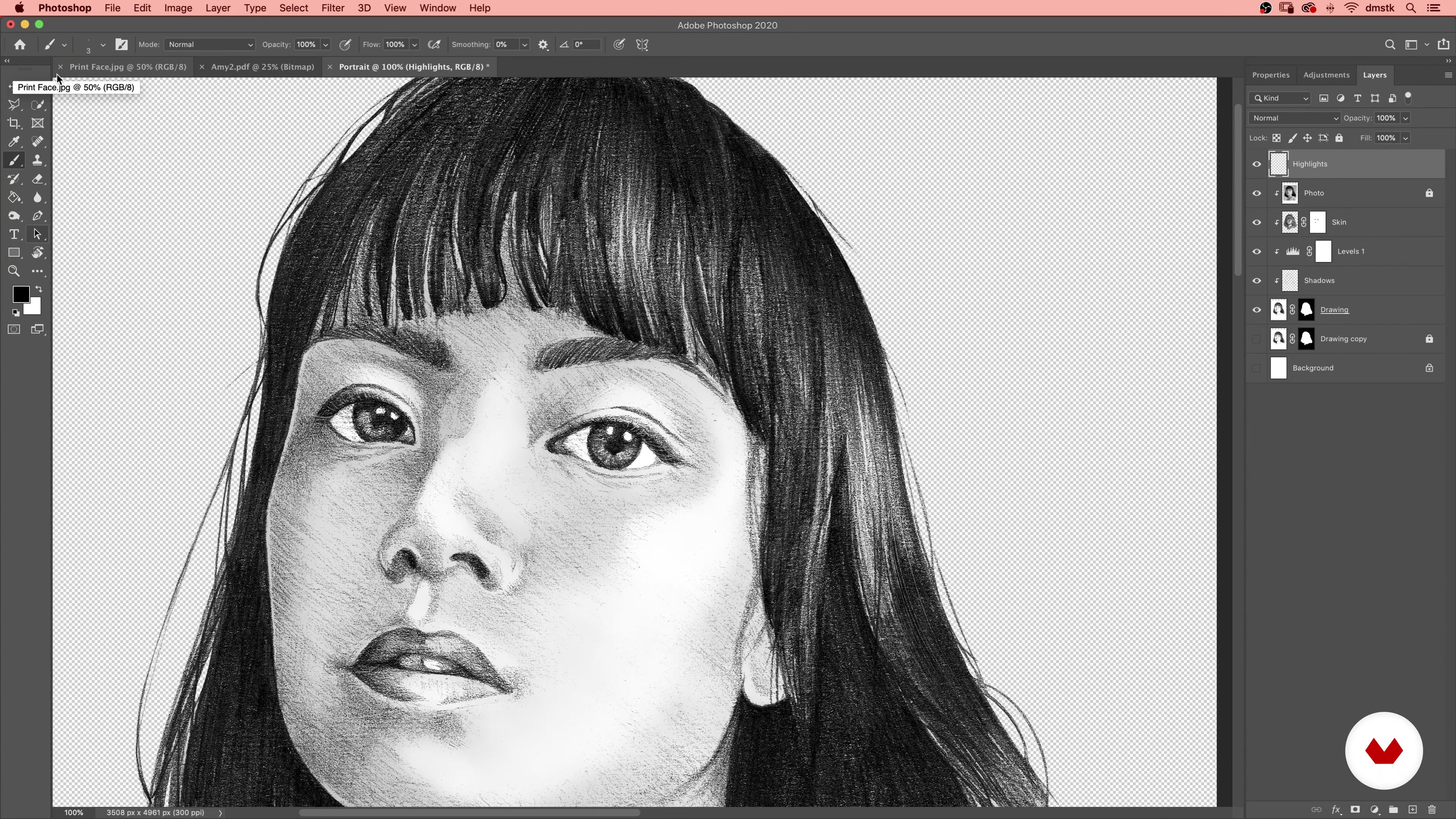
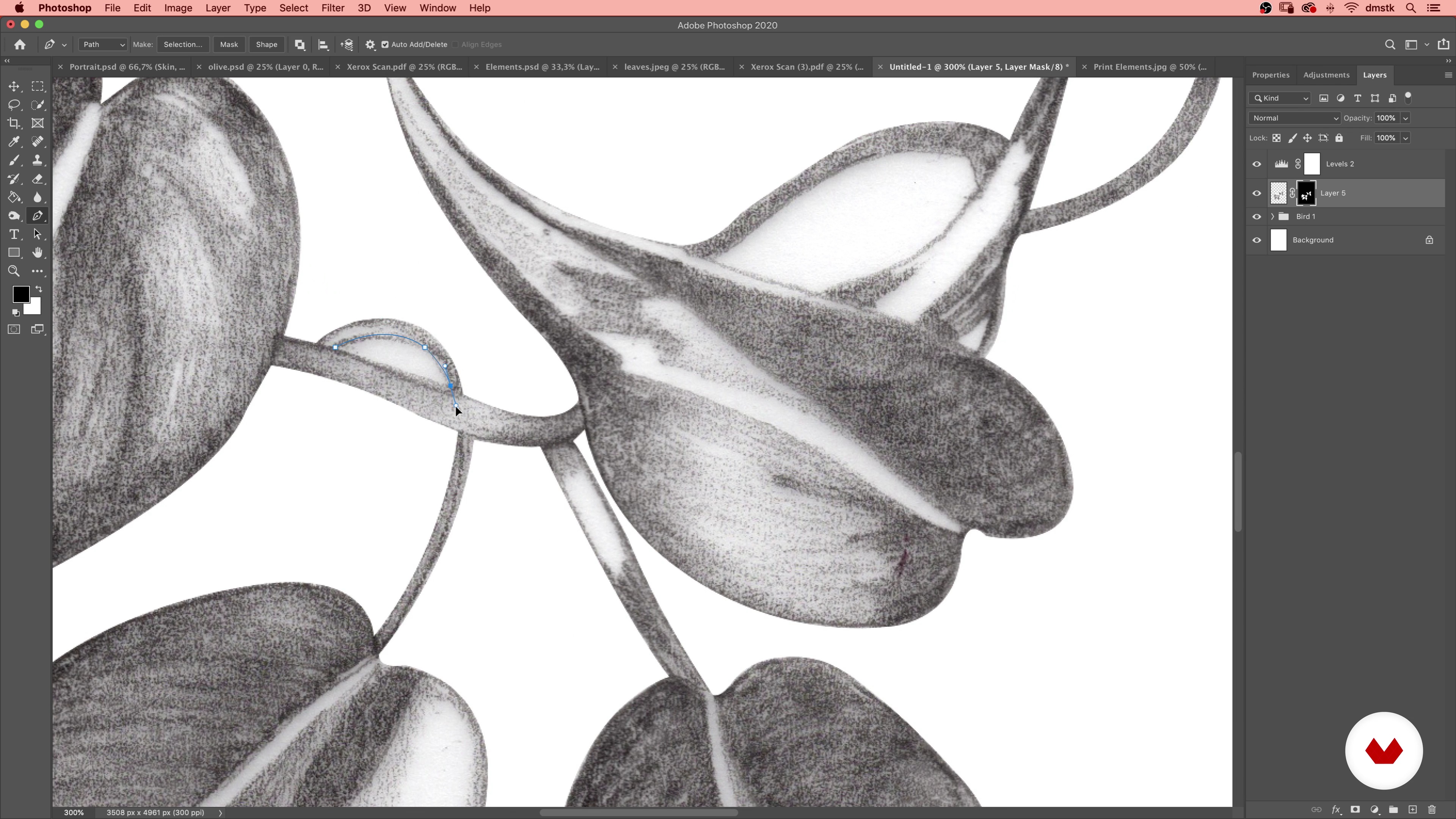
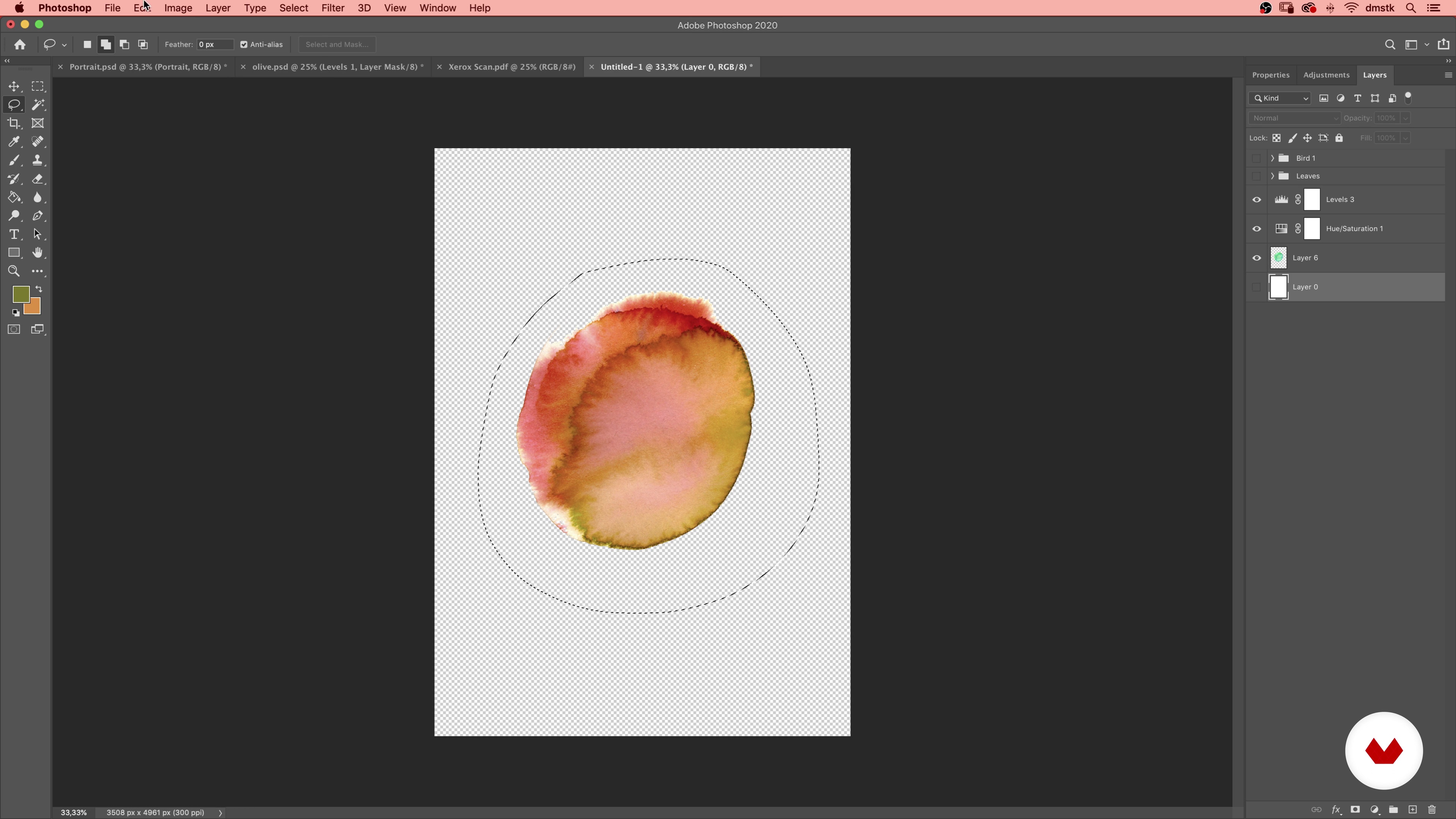
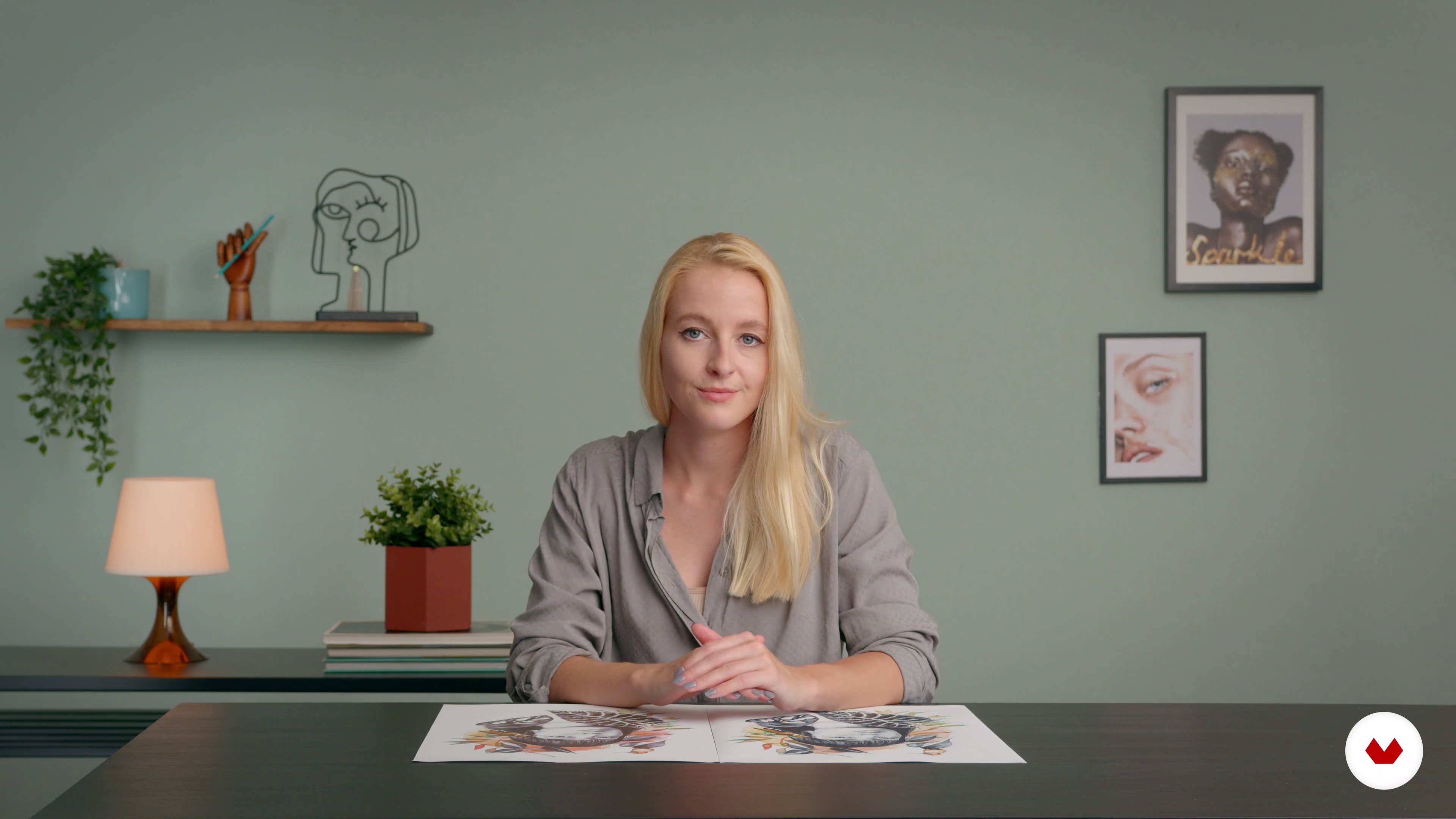
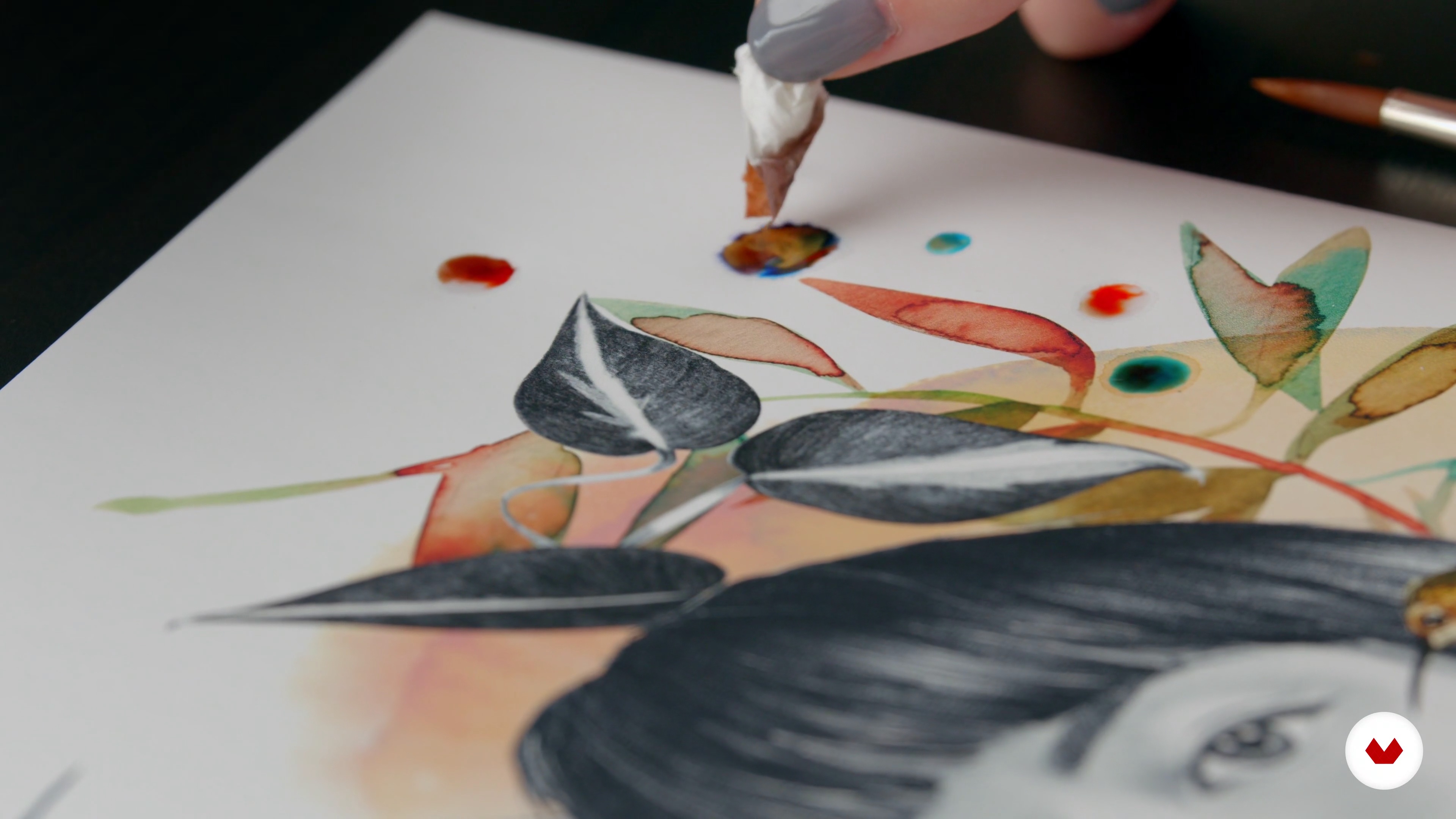

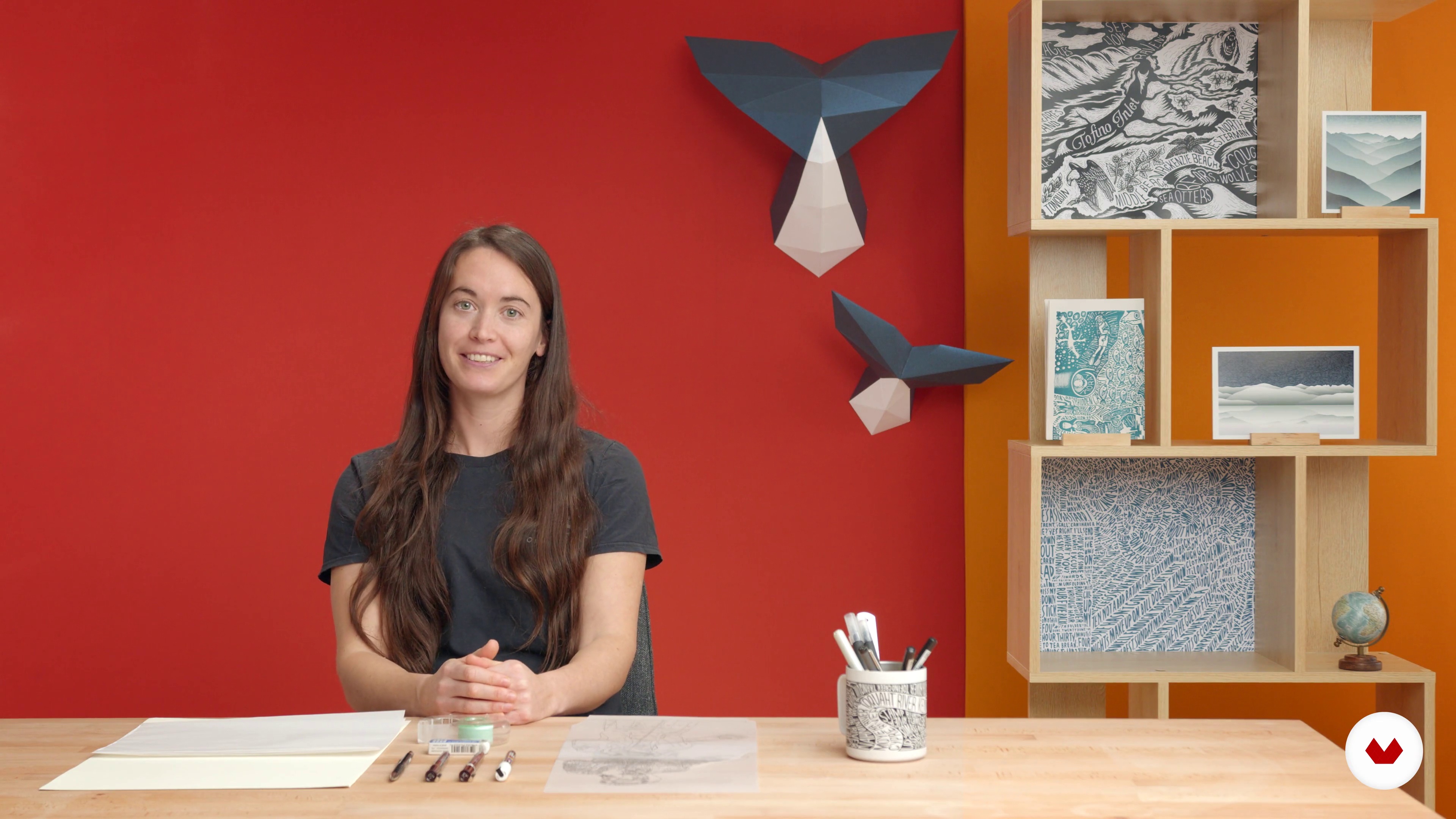
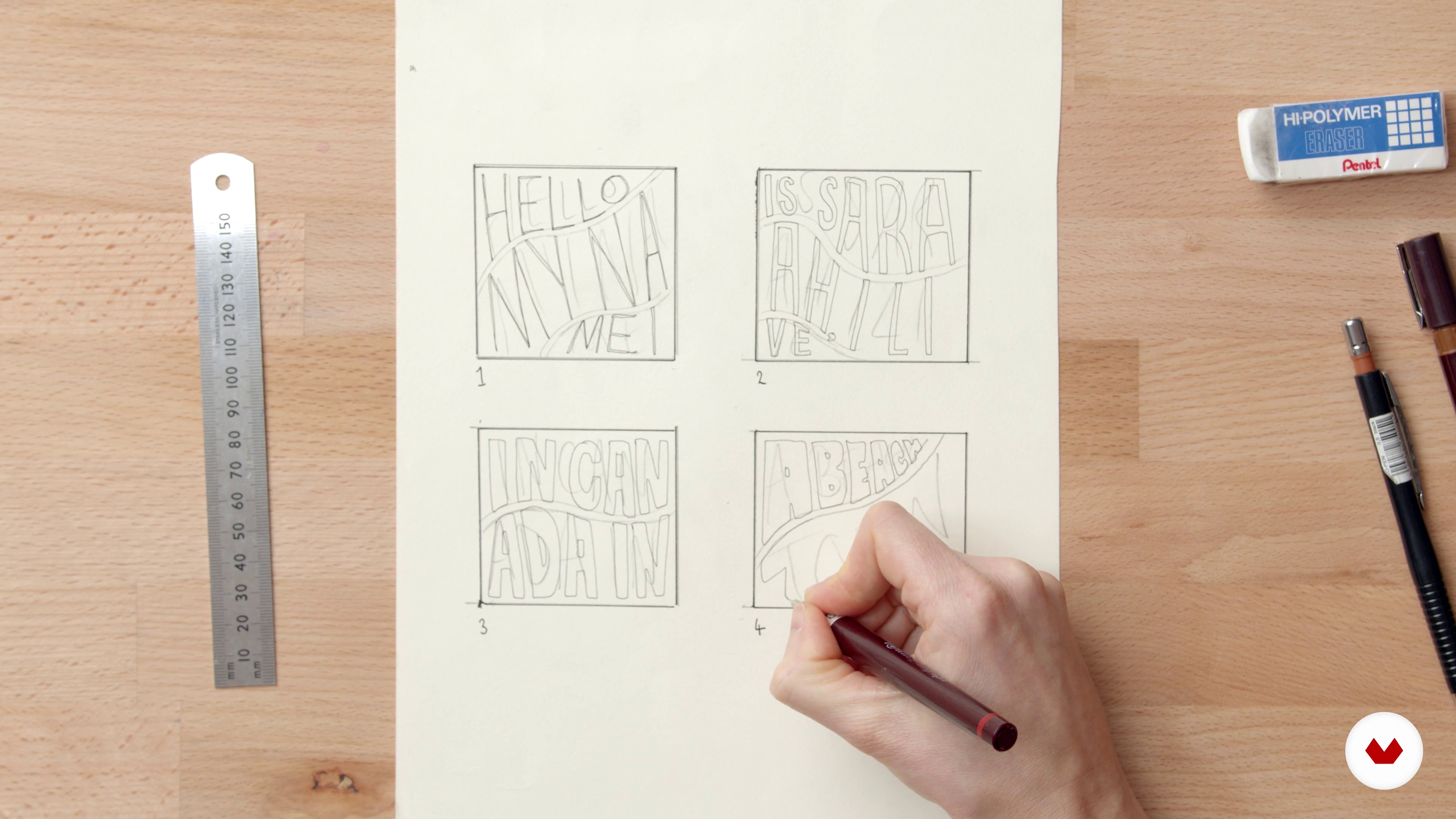
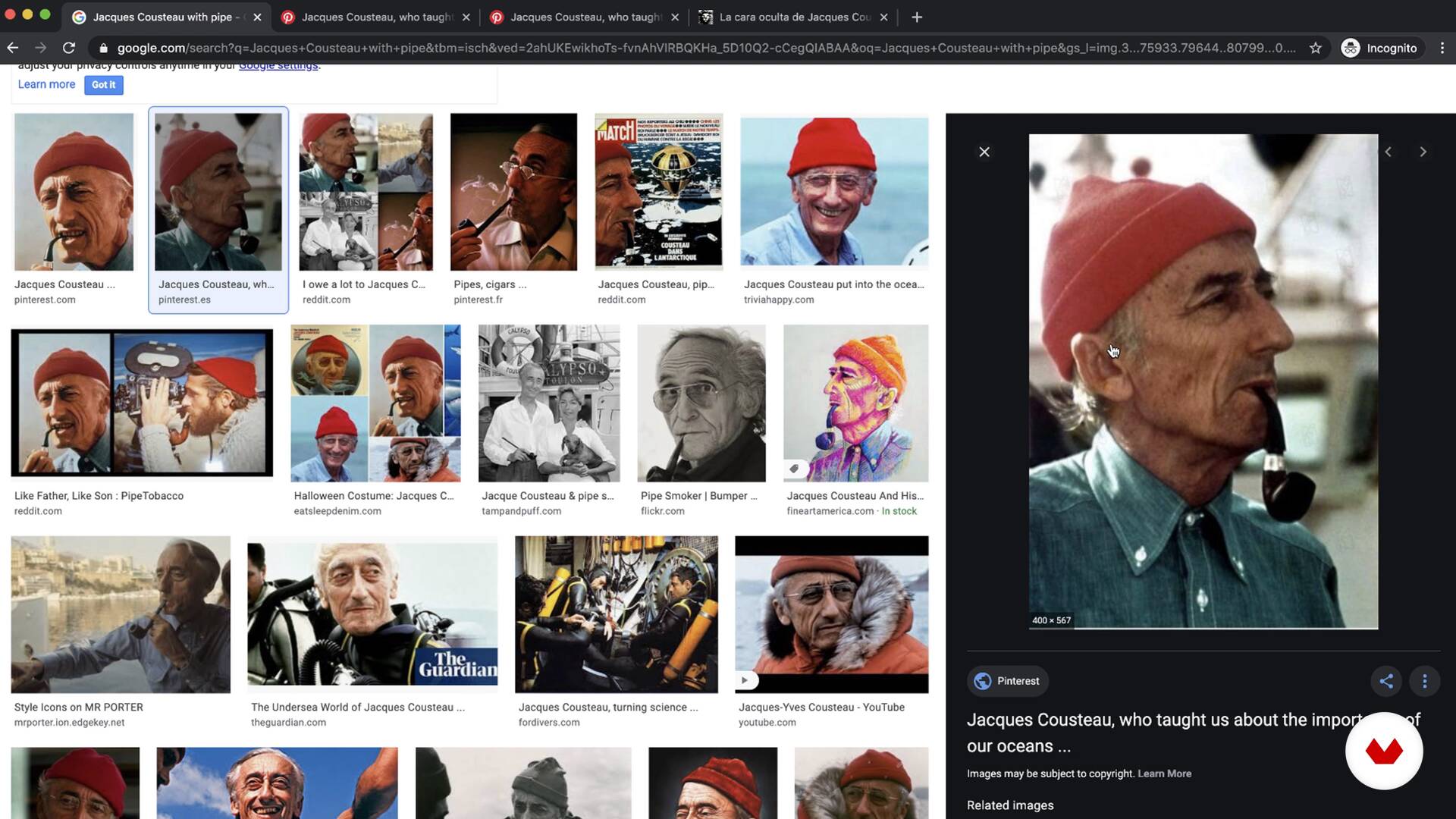

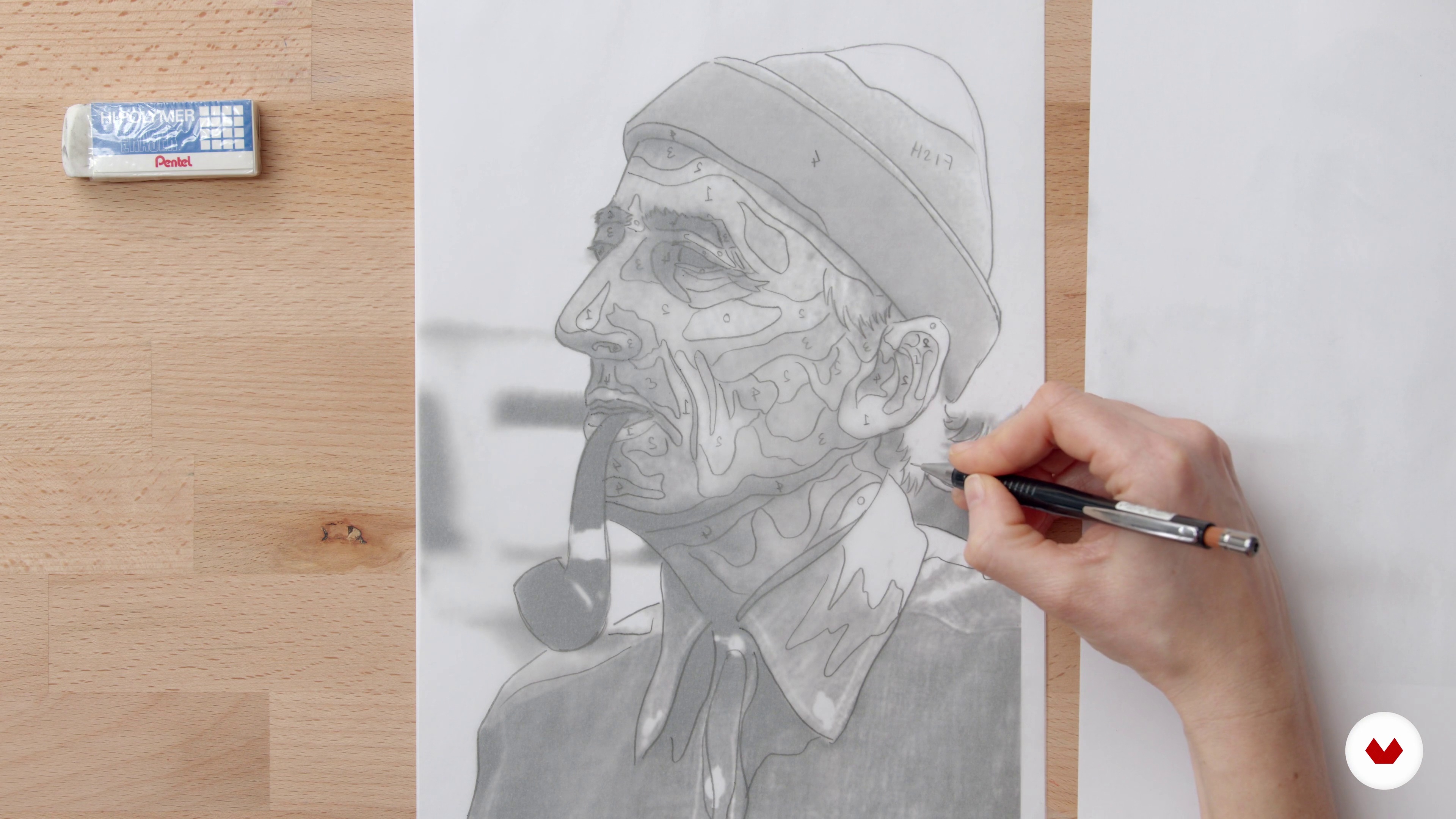
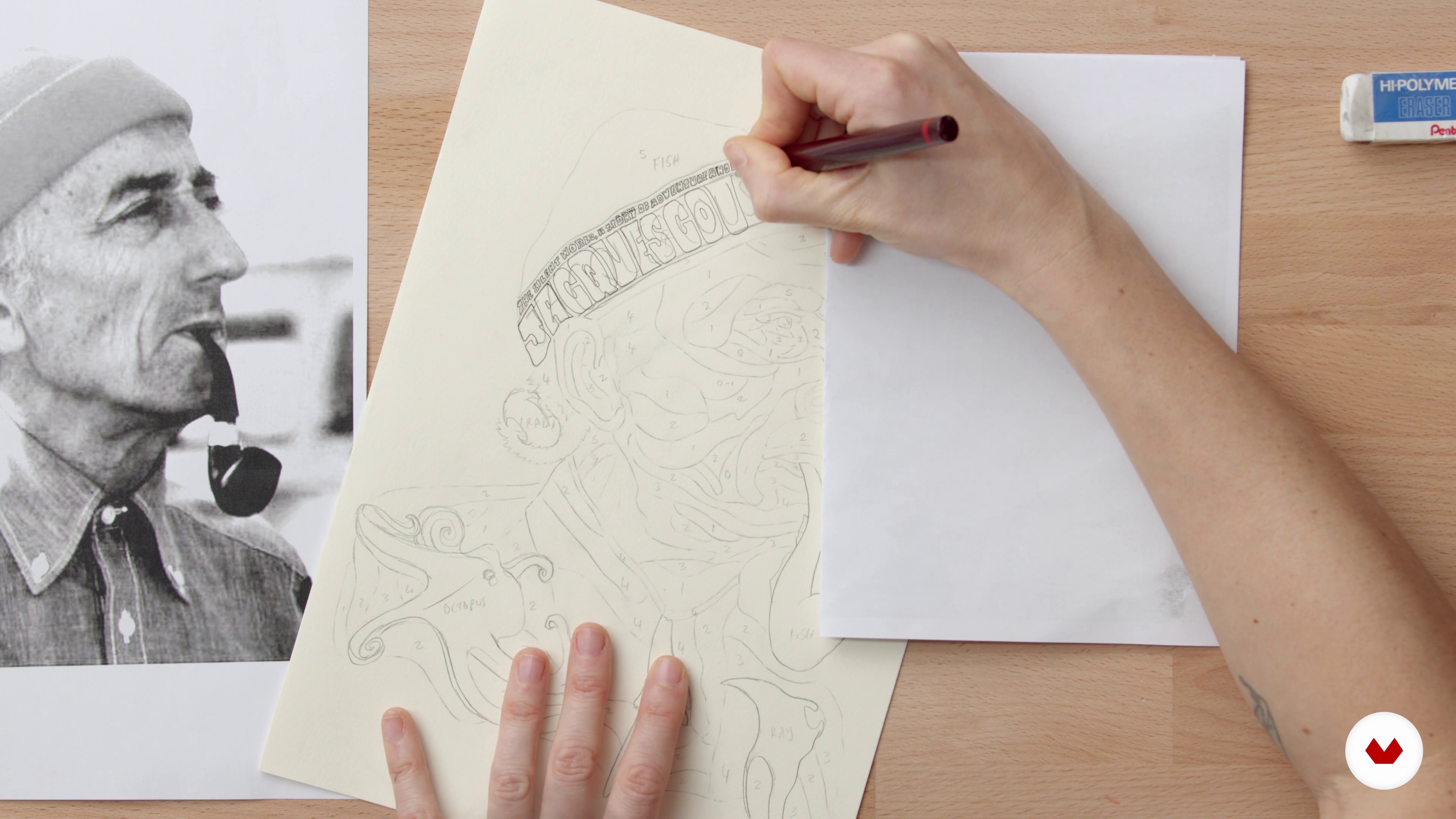
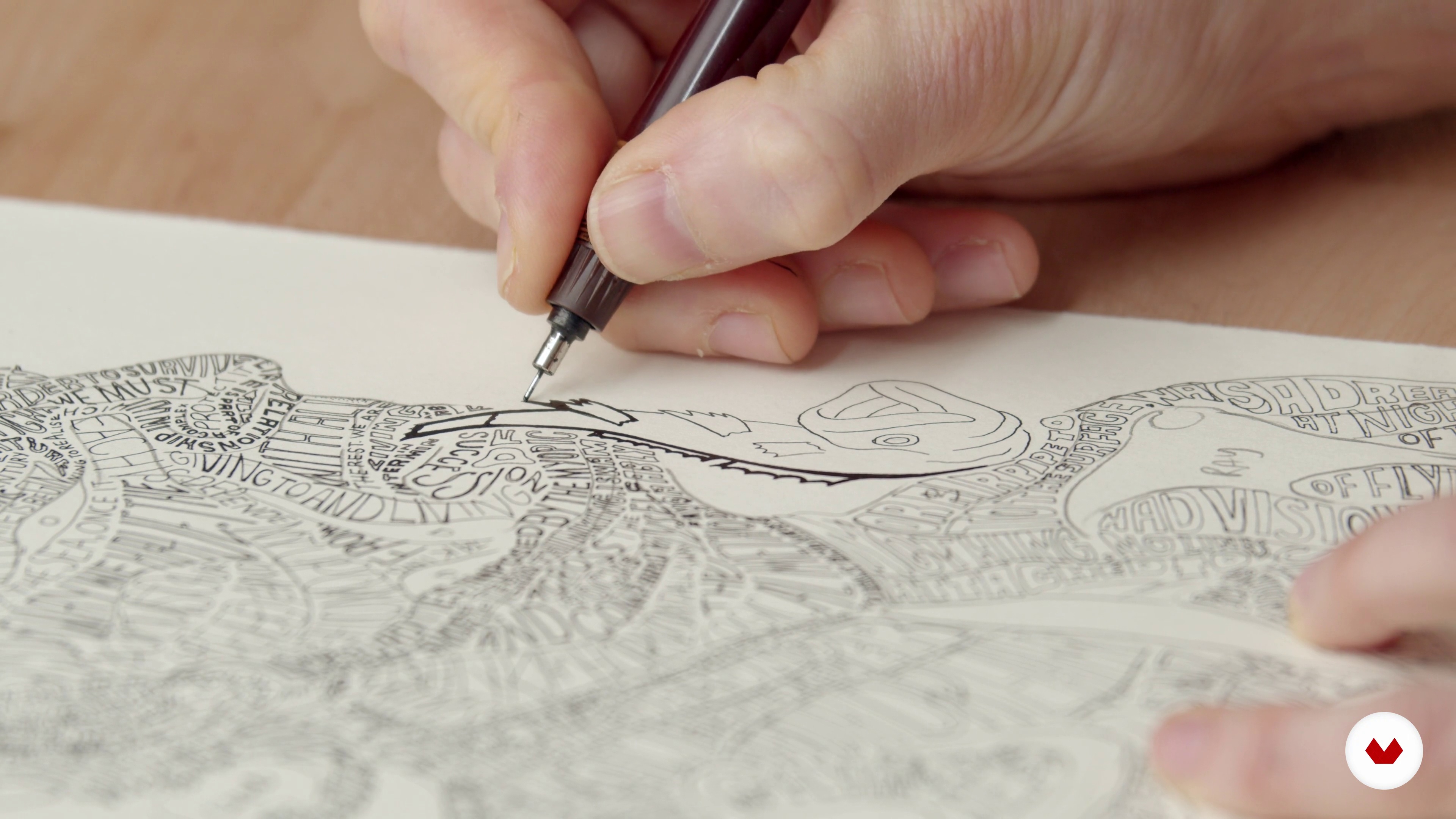
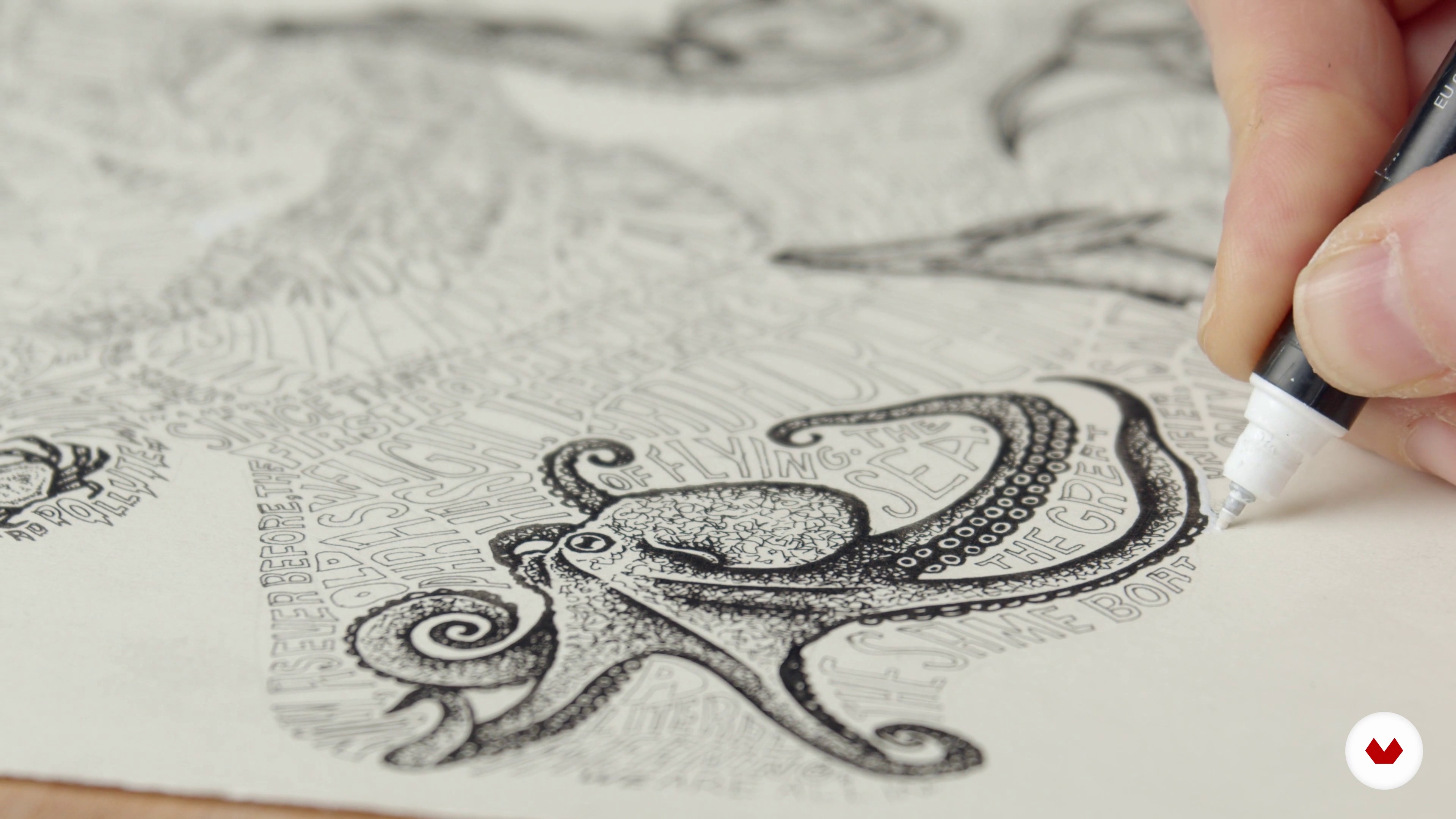
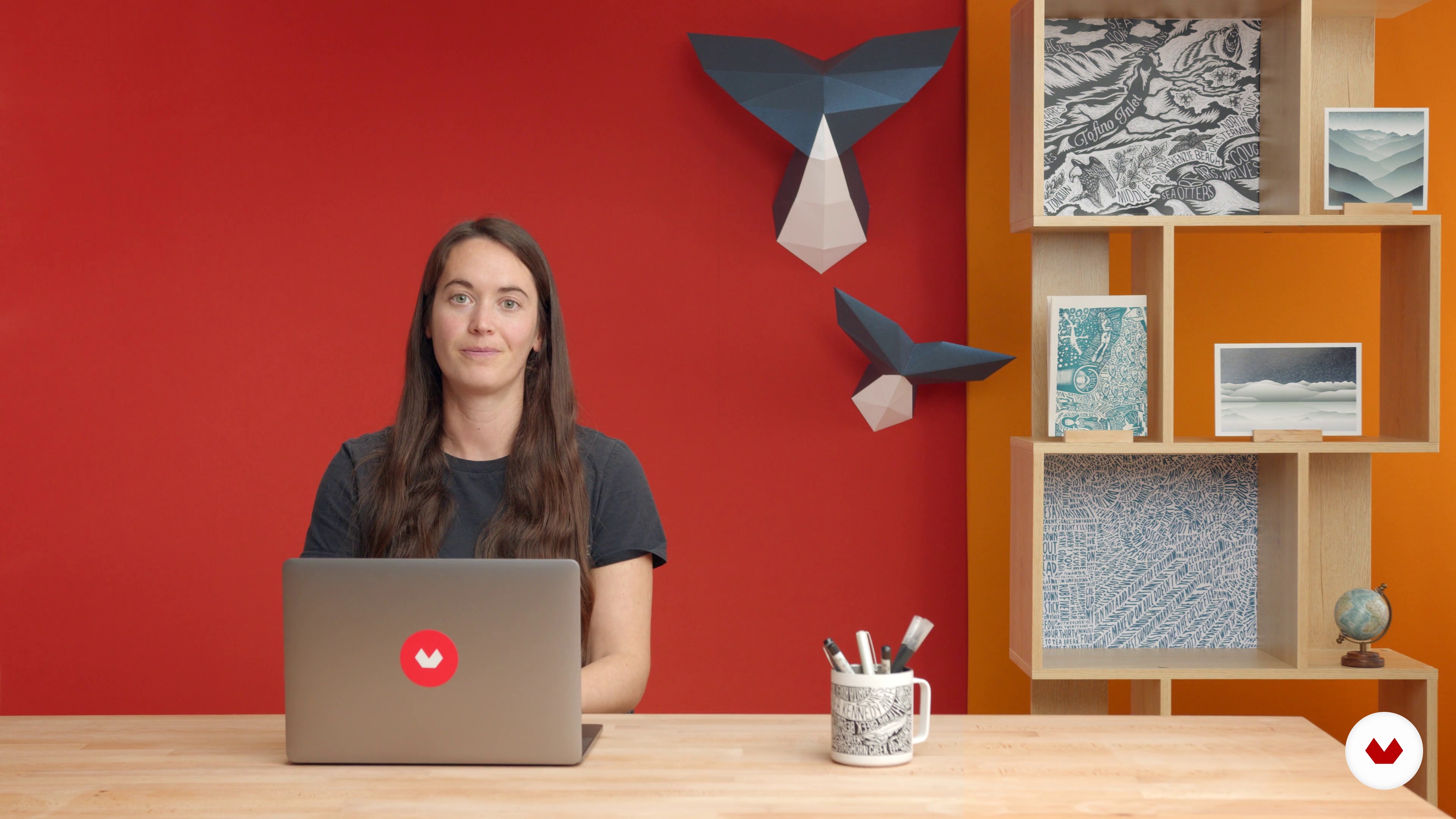
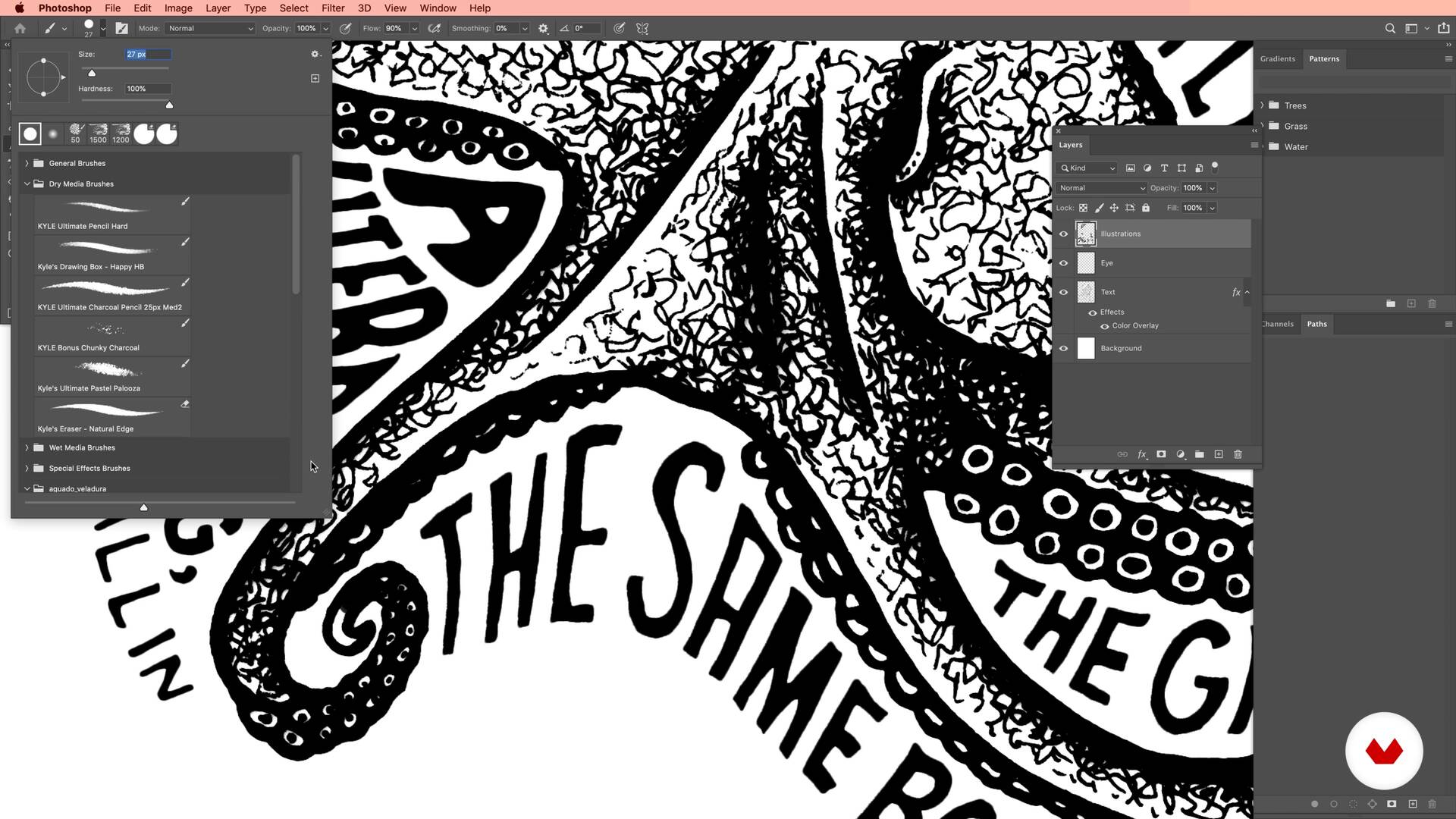
- 100% positive reviews (1)
- 212 students
- 83 lessons (16h 8m)
- 55 additional resources (17 files)
- Online and at your own pace
- Audio: English, German, Spanish, Spanish (Latam), French, Italian, Dutch, Polish, Portuguese, Turkish
- English · Spanish · Portuguese · German · French · Italian · Polish · Dutch · Turkish
- Level: Beginner
- Unlimited access forever
What is this course's project?
Students will create a cohesive portfolio of five portraits, mastering diverse techniques through pencil, graphite, pastel, mixed media, and digital methods. Each piece will showcase unique skills, from structural accuracy to emotional expression, culminating in a professional presentation.
Who is this specialization for?
Aspiring artists seeking to enhance their portrait skills across traditional and digital mediums will find immense value. This course suits those eager to explore diverse techniques, build a versatile portfolio, and merge classical artistry with modern digital tools.
Requirements and materials
No extensive prior knowledge is required, just a passion for art. Basic materials include pencils, pastels, mixed media supplies, and access to digital tools. A willingness to experiment with traditional and digital techniques enhances skill development throughout the learning journey.

Reviews
What to expect from this specialization course
-
Learn at your own pace
Enjoy learning from home without a set schedule and with an easy-to-follow method. You set your own pace.
-
Learn from the best professionals
Learn valuable methods and techniques explained by top experts in the creative sector.
-
Meet expert teachers
Each expert teaches what they do best, with clear guidelines, true passion, and professional insight in every lesson.
-
Certificates
PlusIf you're a Plus member, get a custom certificate for every specialization course. Share it on your portfolio, social media, or wherever you like.
-
Get front-row seats
Videos of the highest quality, so you don't miss a single detail. With unlimited access, you can watch them as many times as you need to perfect your technique.
-
Share knowledge and ideas
Ask questions, request feedback, or offer solutions. Share your learning experience with other students in the community who are as passionate about creativity as you are.
-
Connect with a global creative community
The community is home to millions of people from around the world who are curious and passionate about exploring and expressing their creativity.
-
Watch professionally produced courses
Domestika curates its teacher roster and produces every course in-house to ensure a high-quality online learning experience.
FAQs
What are Domestika's online courses?
Domestika courses are online classes that allow you to learn new skills and create incredible projects. All our courses include the opportunity to share your work with other students and/or teachers, creating an active learning community. We offer different formats:
Original Courses: Complete classes that combine videos, texts, and educational materials to complete a specific project from start to finish.
Basics Courses: Specialized training where you master specific software tools step by step.
Specialization Courses: Learning paths with various expert teachers on the same topic, perfect for becoming a specialist by learning from different approaches.
Guided Courses: Practical experiences ideal for directly acquiring specific skills.
Intensive Courses (Deep Dives): New creative processes based on artificial intelligence tools in an accessible format for in-depth and dynamic understanding.
When do the specialization courses start and when do they finish?
All specialization courses are 100% online, so once they're published, specialization courses start and finish whenever you want. You set the pace of the class. You can go back to review what interests you most and skip what you already know, ask questions, answer questions, share your projects, and more.
What do Domestika's specialization courses include?
The specialization courses are divided into different modules. Each one includes lessons, informational text, tasks, and practice exercises to help you carry out your project step by step, with additional complementary resources and downloads. You'll also have access to an exclusive forum where you can interact with other students, as well as share your work and your final project, creating a community around the specialization courses.
Have you been given a specialization courses?
You can redeem the specialization courses you received by accessing the redeeming page and entering your gift code.







Excellent course, highly recommend it to anyone interested in portrait drawing and painting in different approches and mediums.